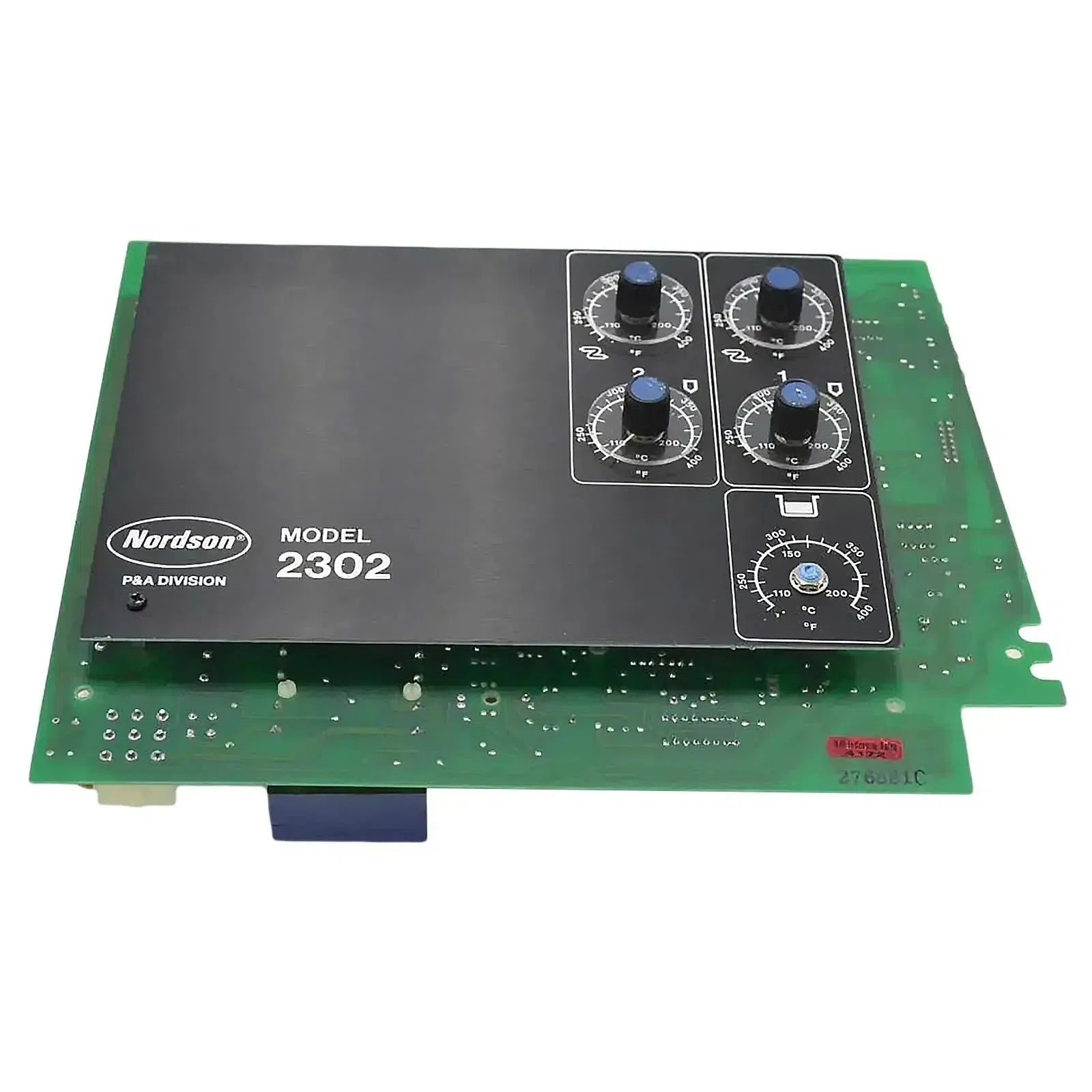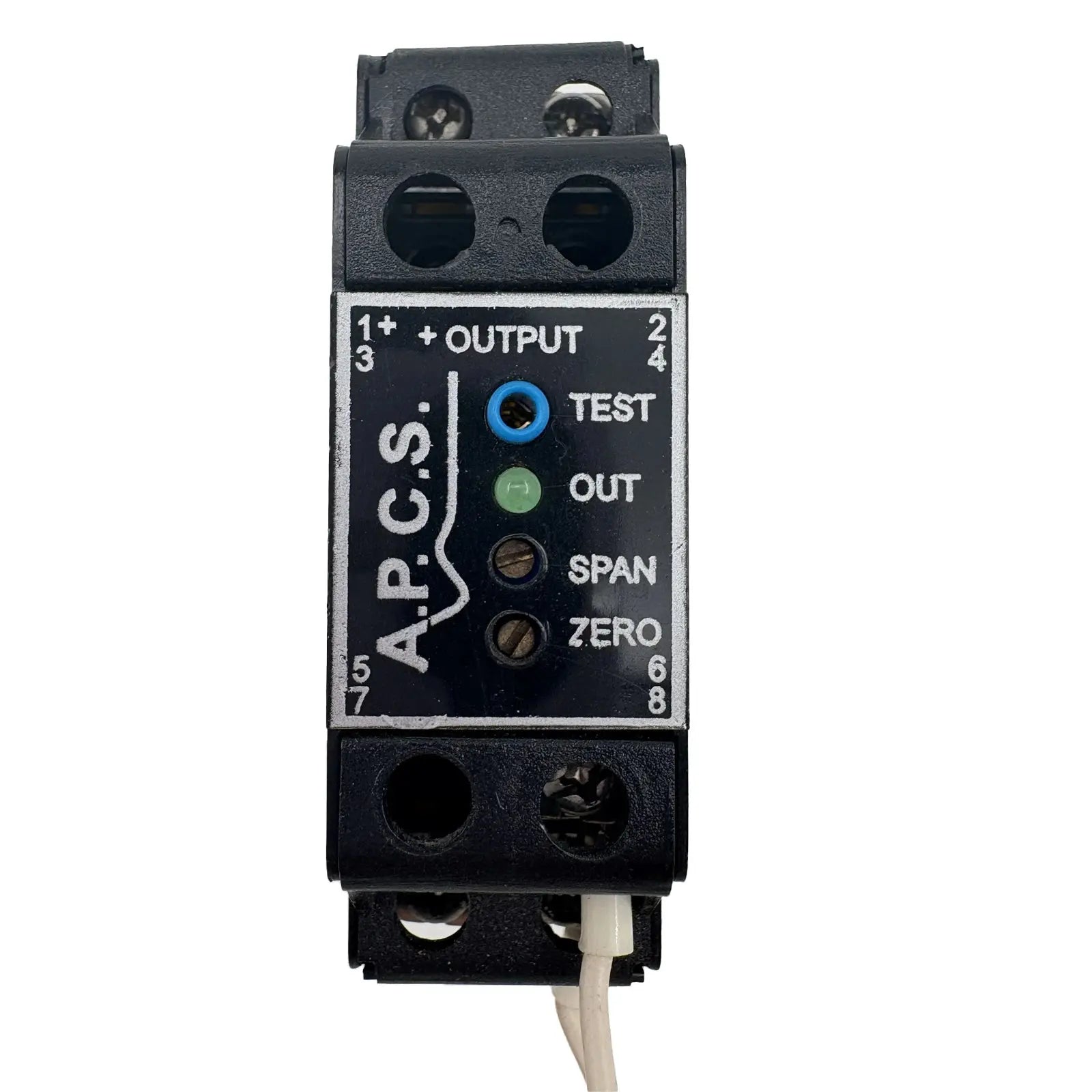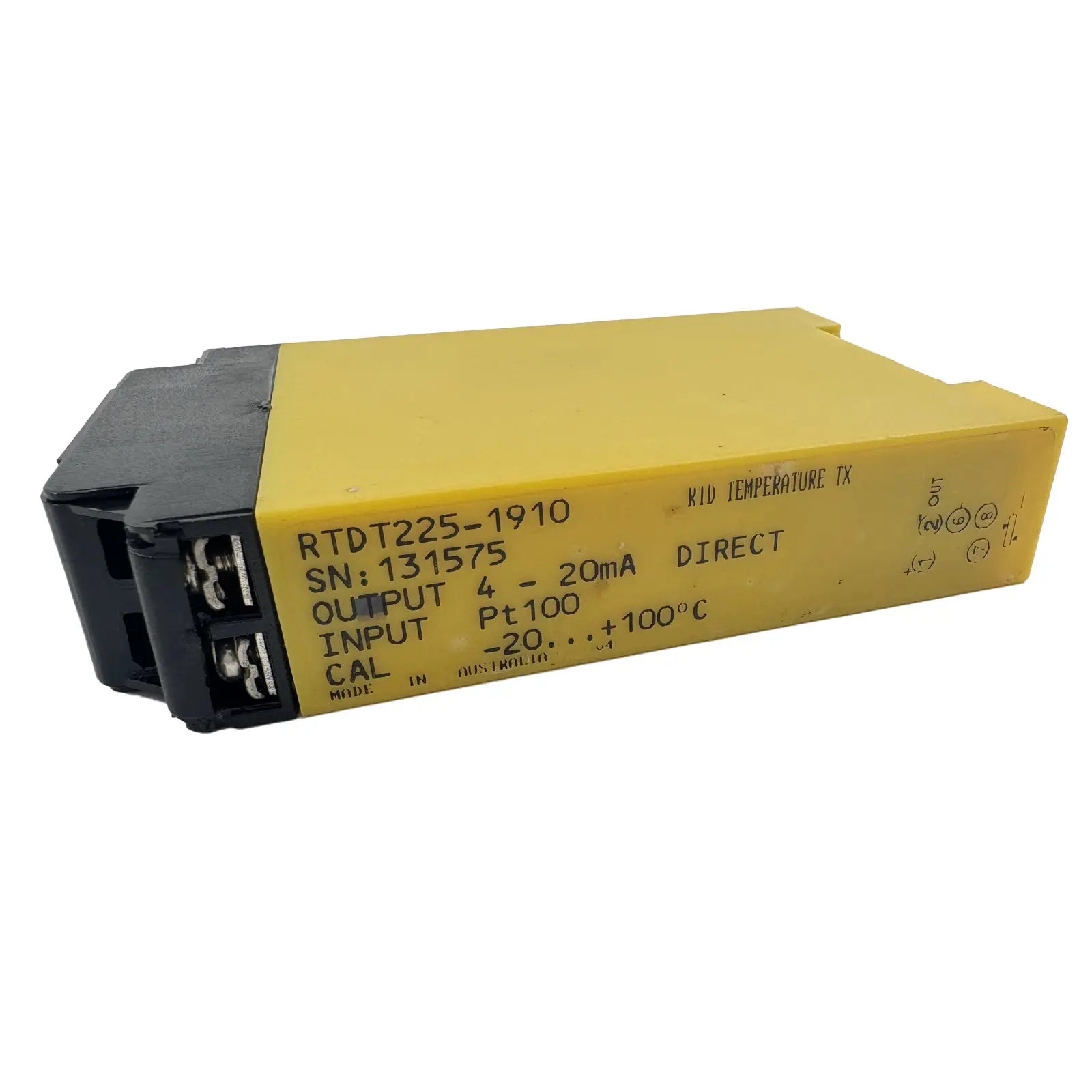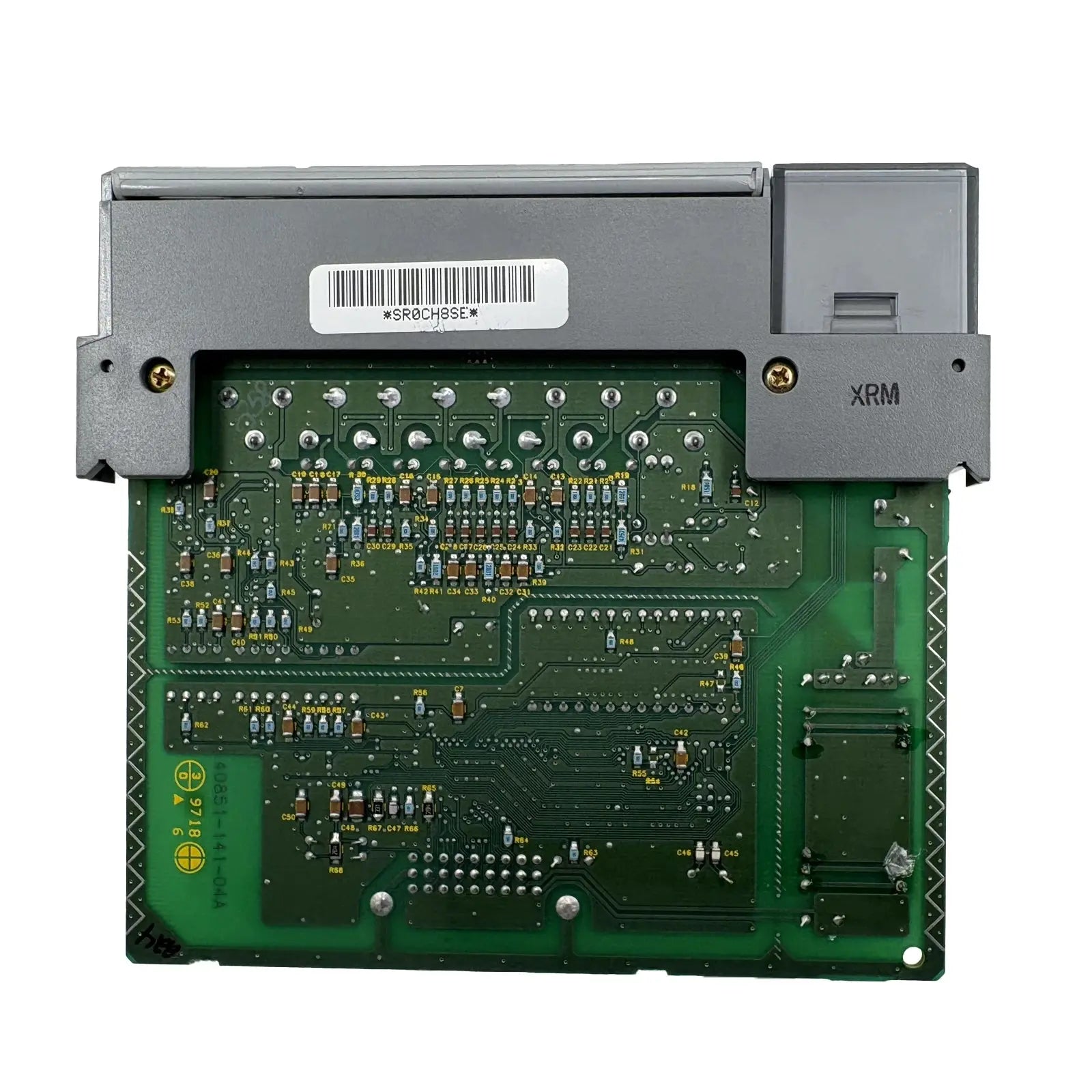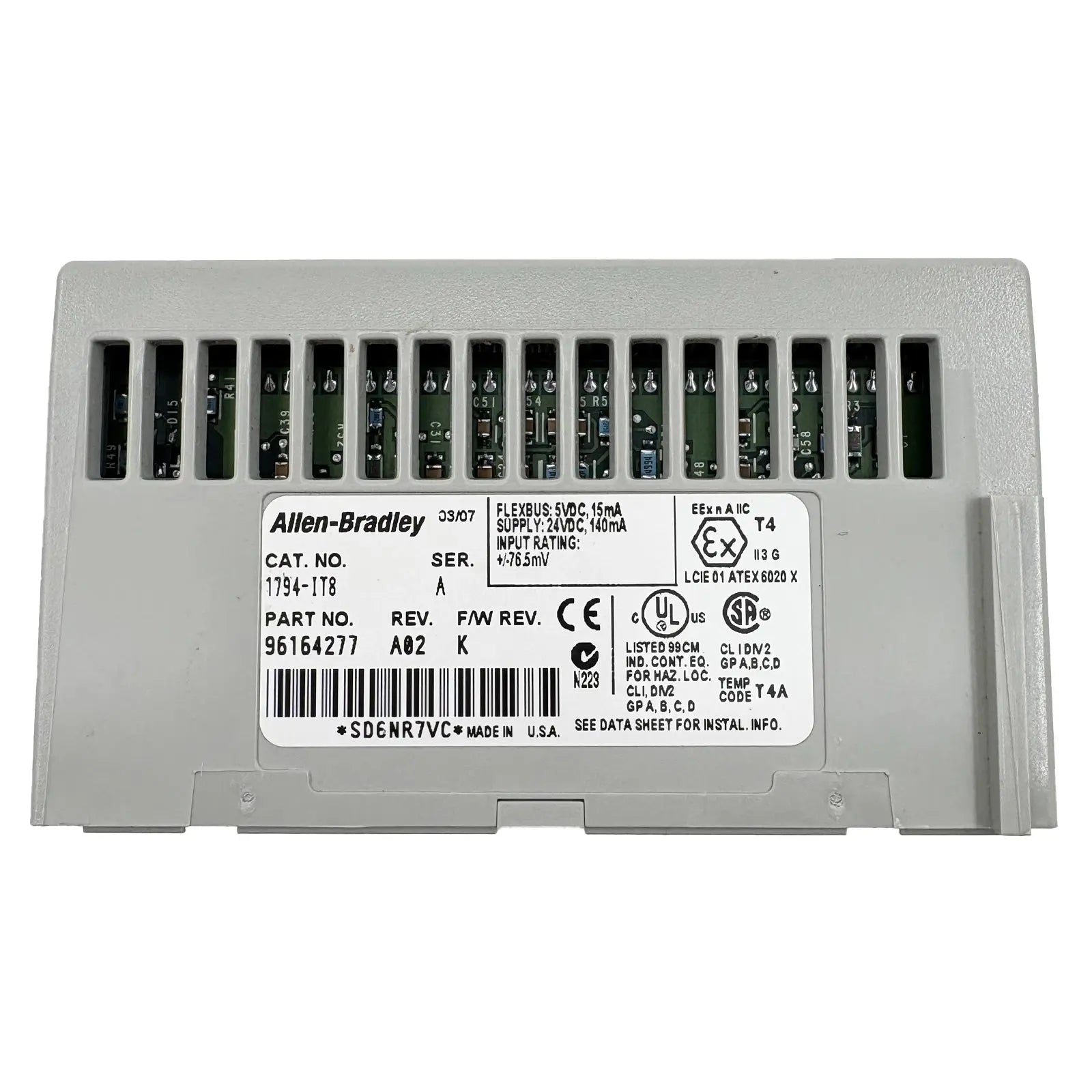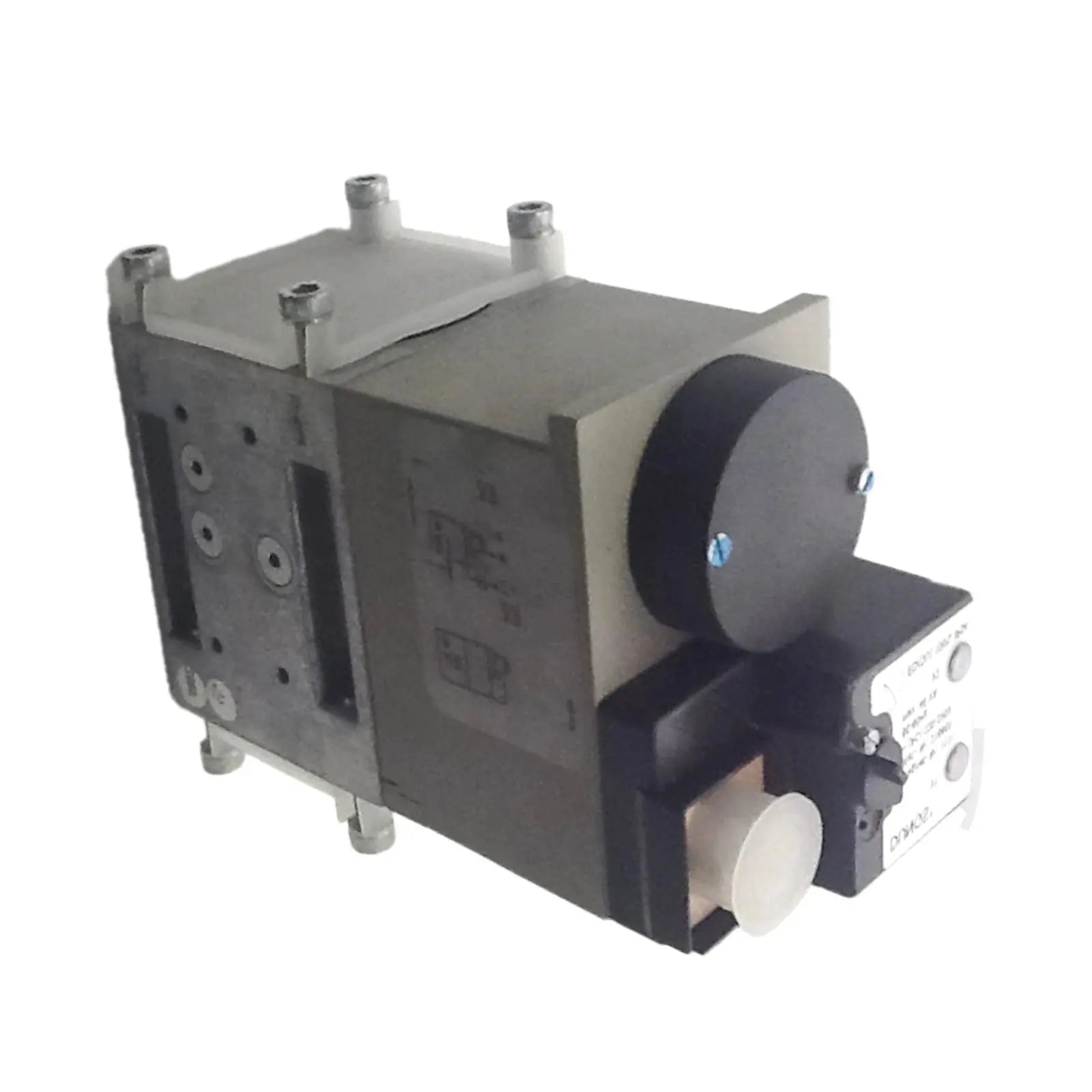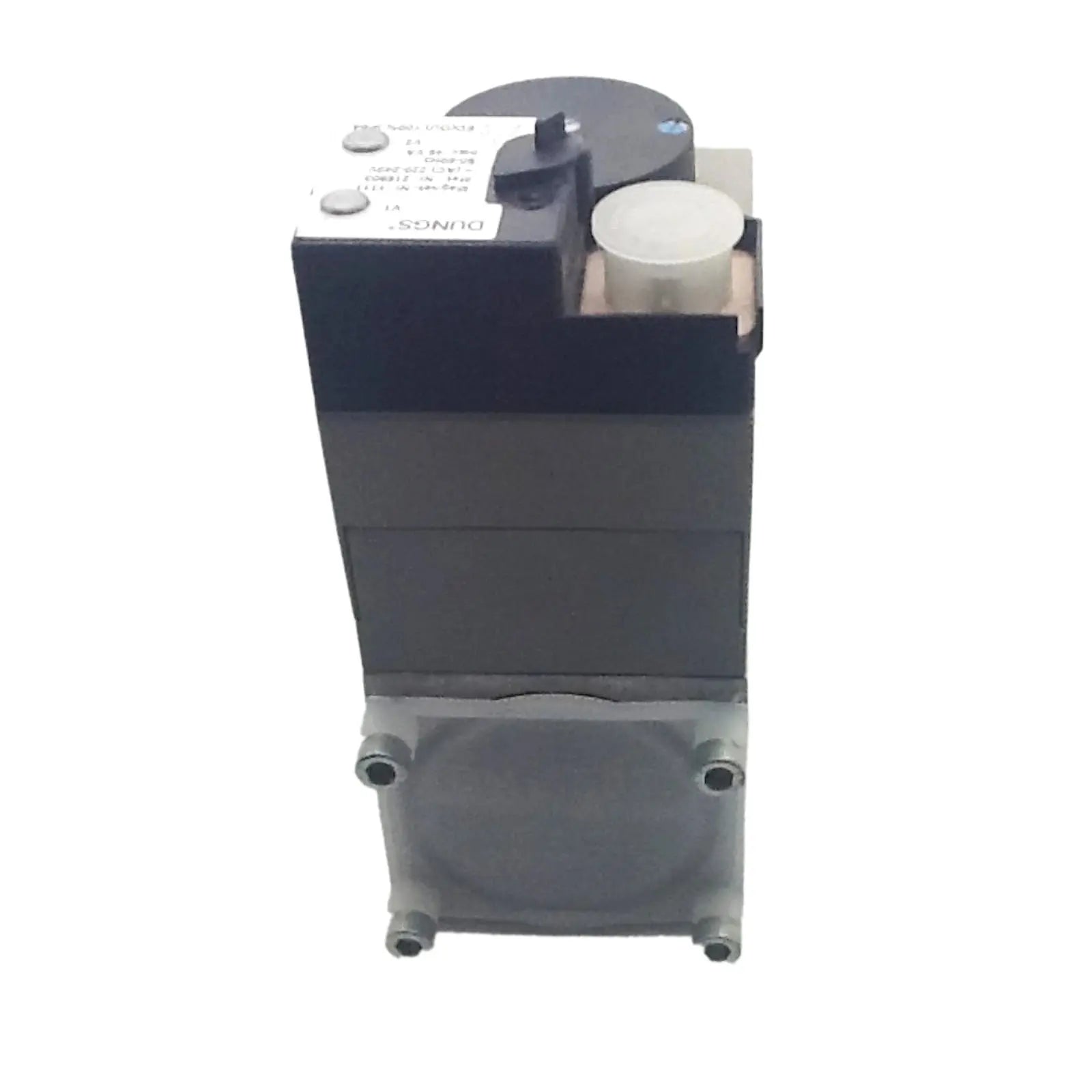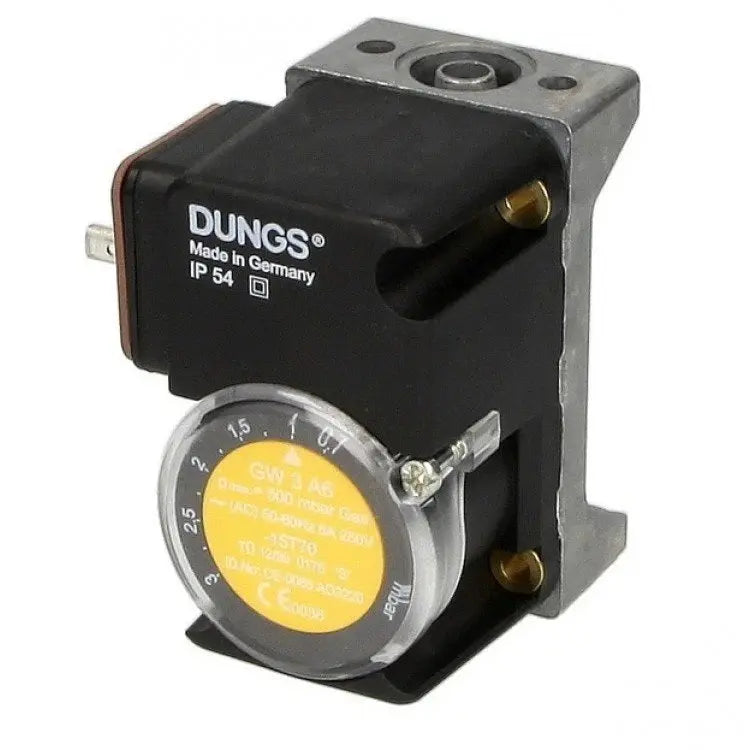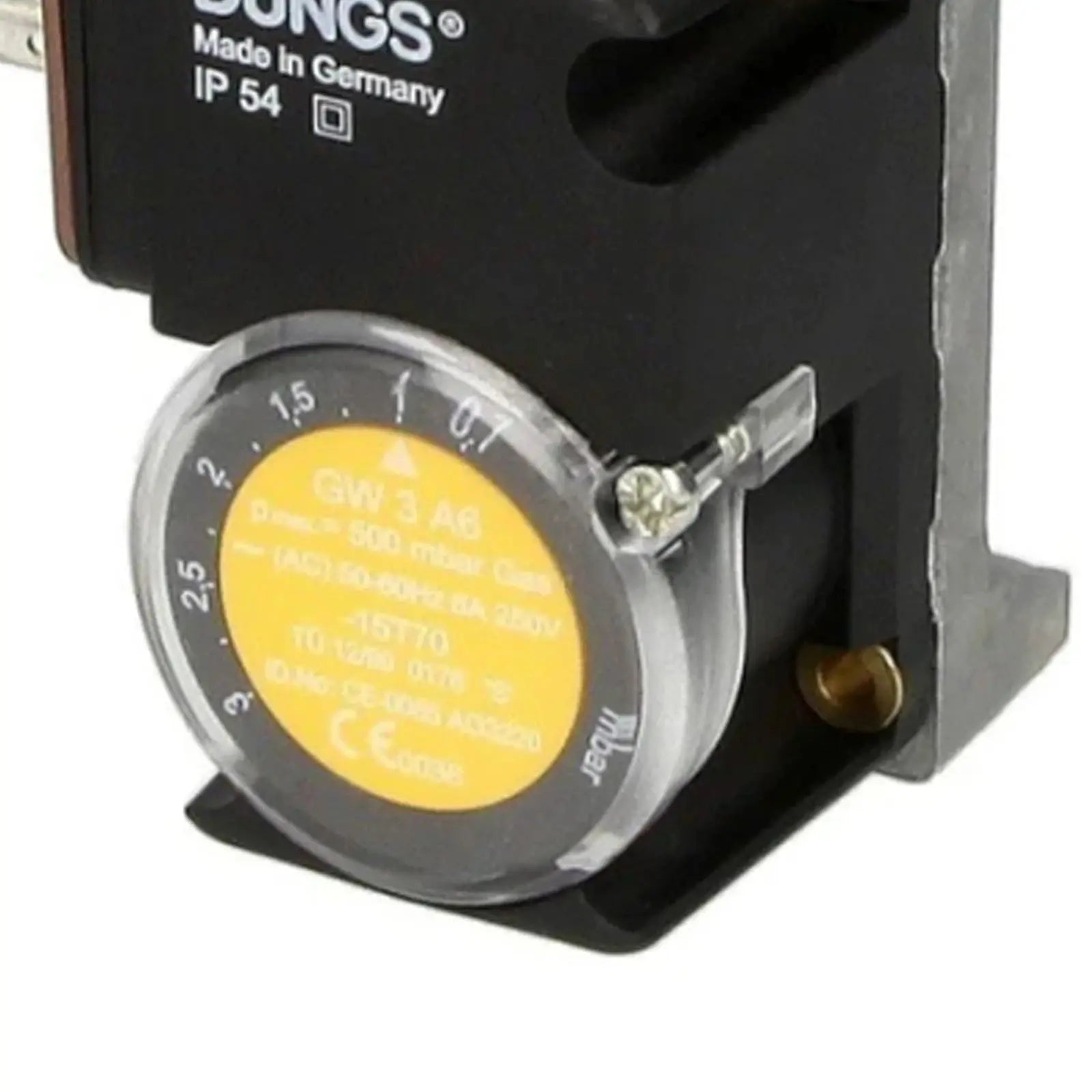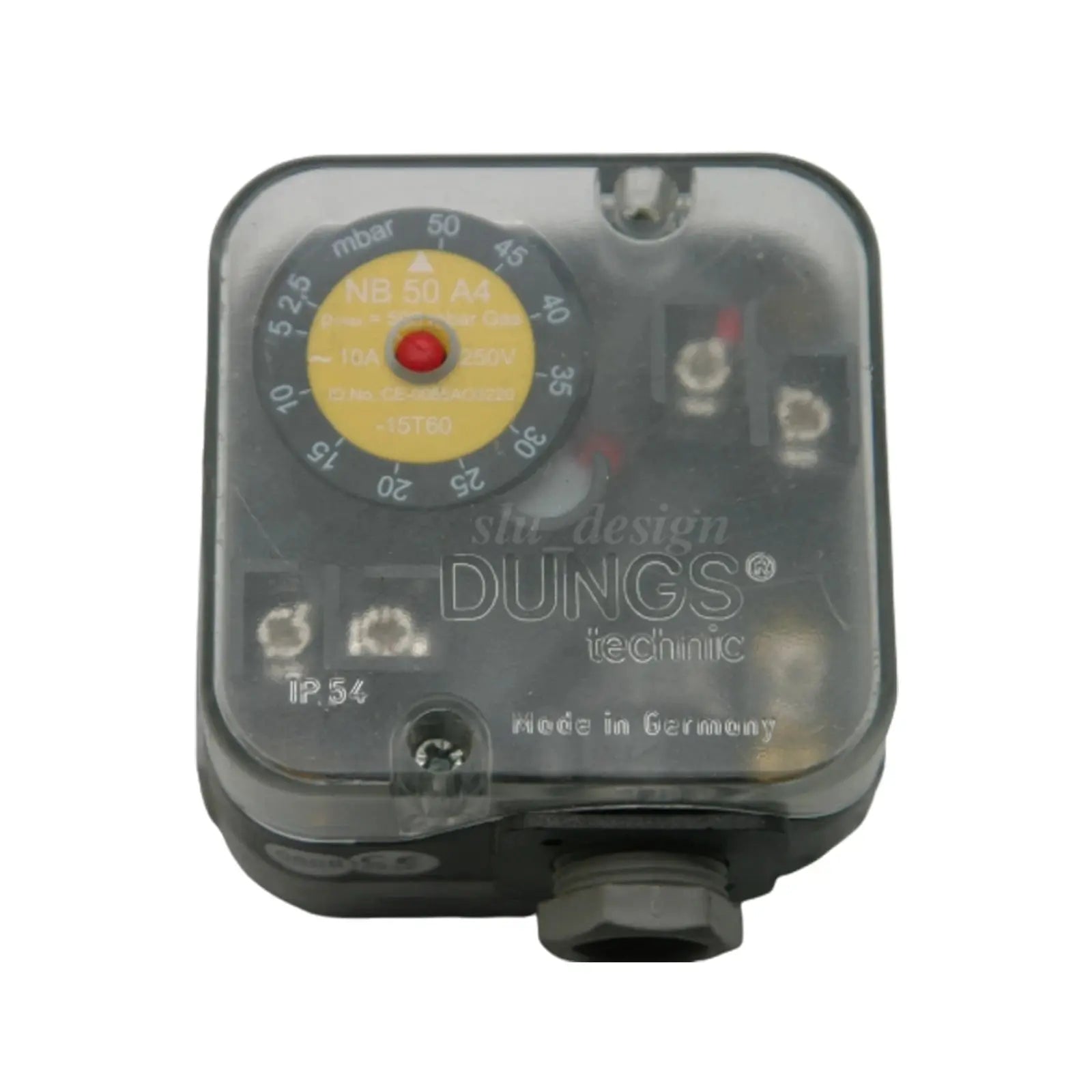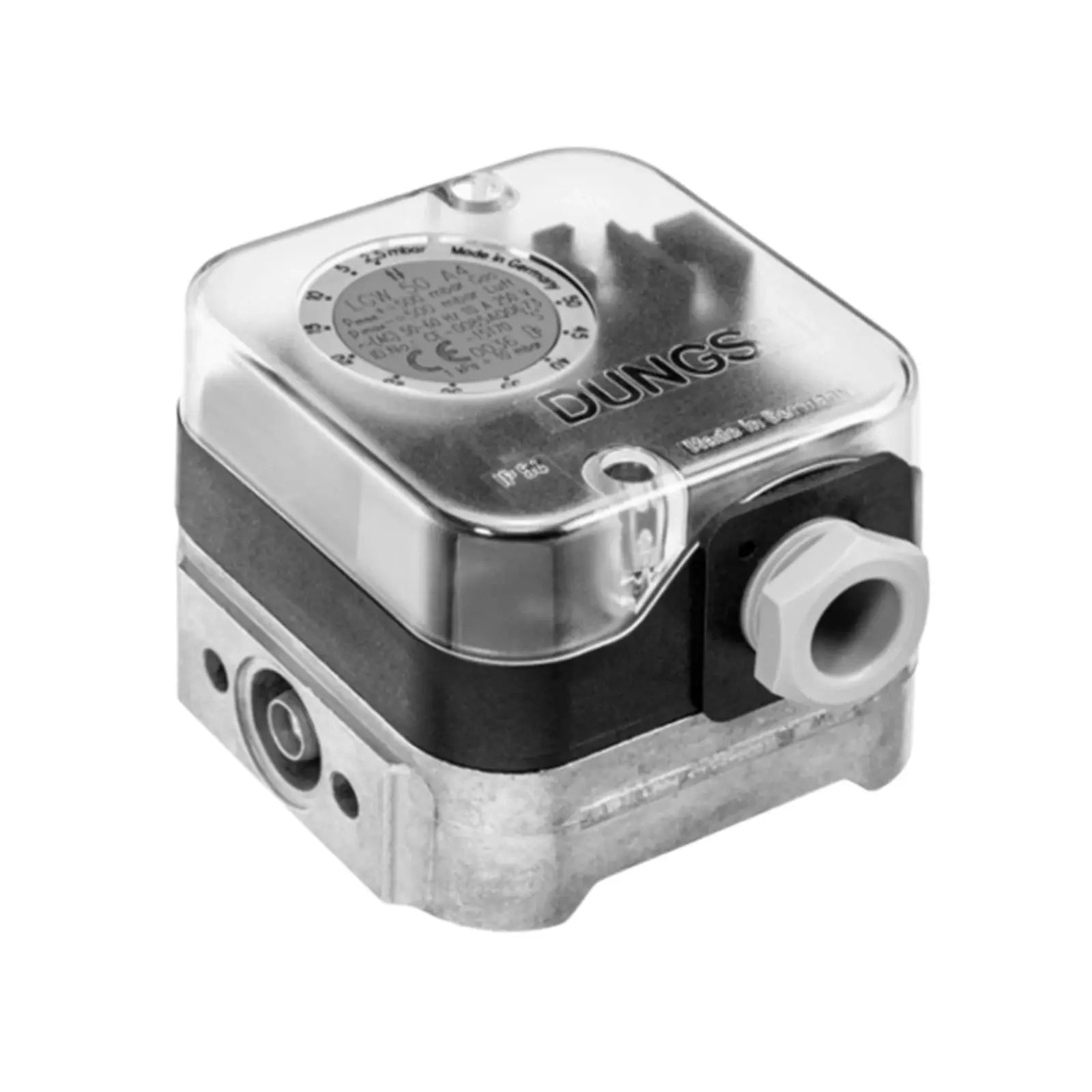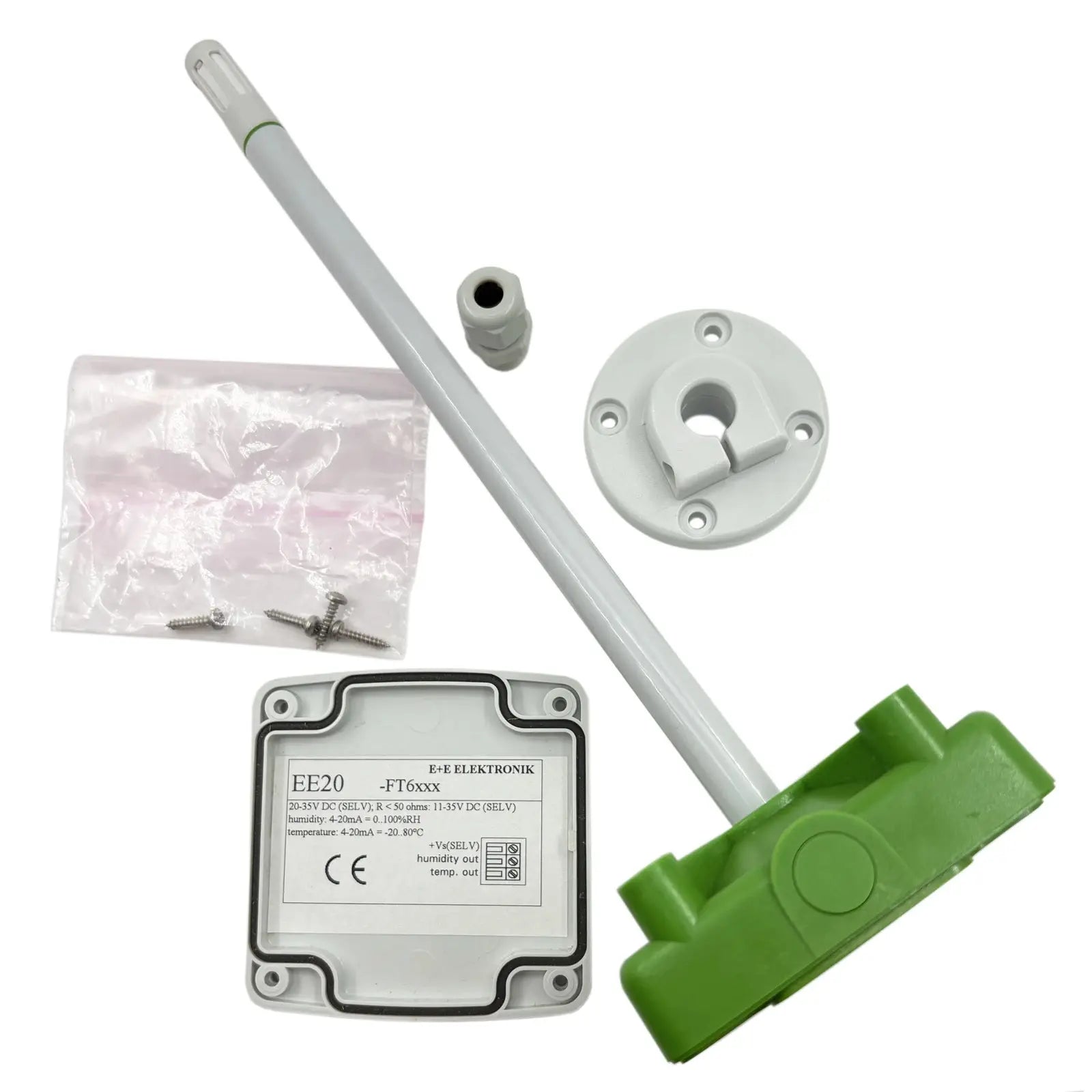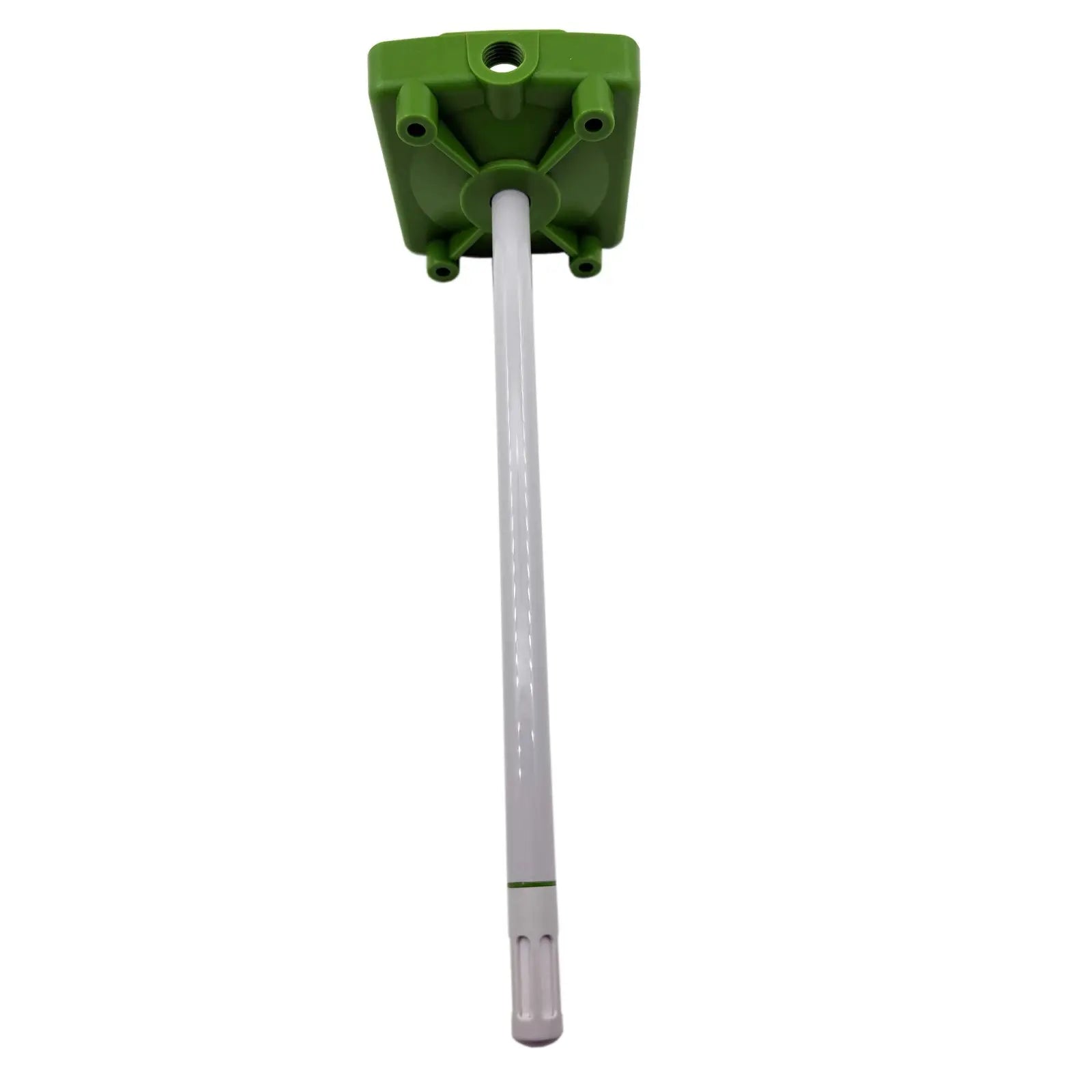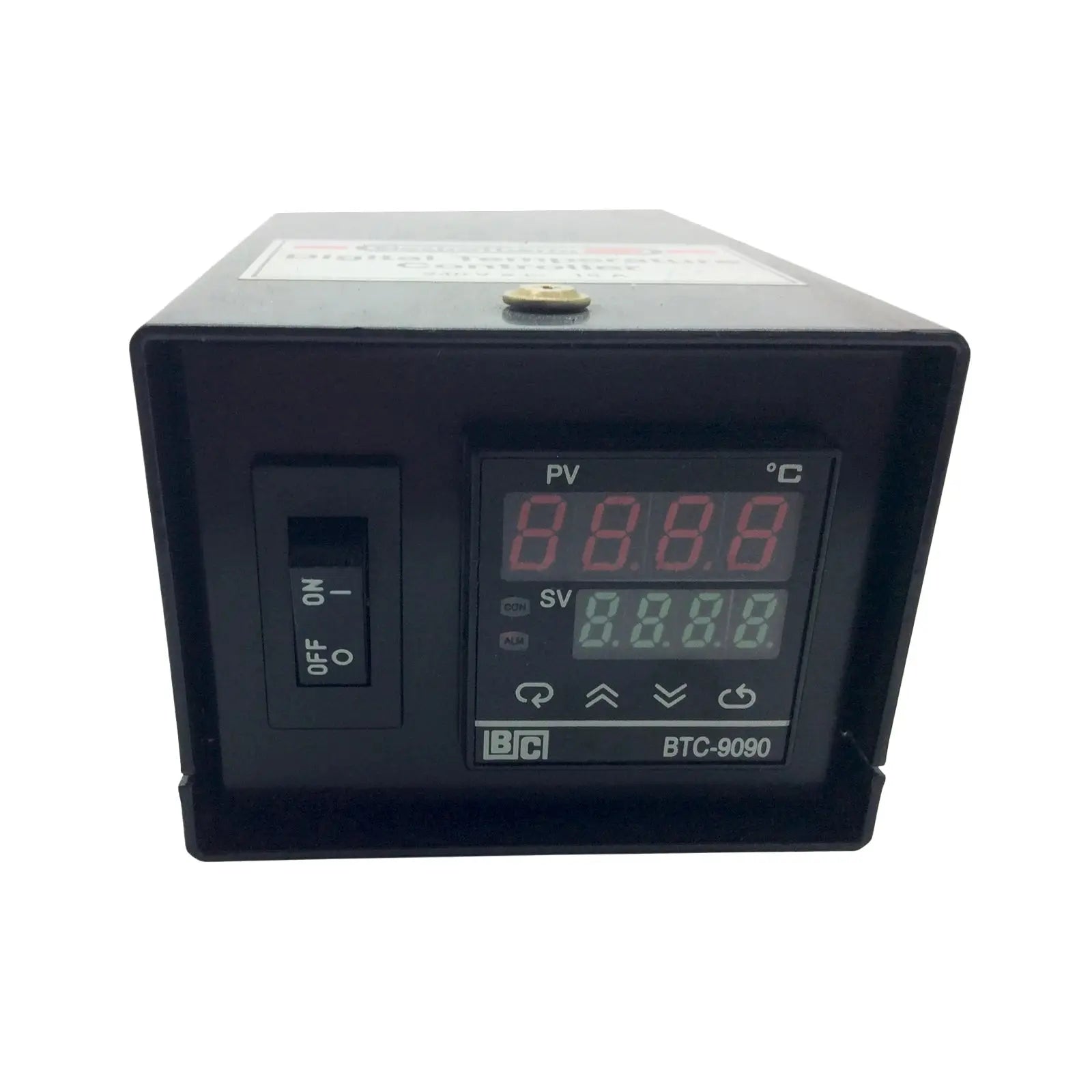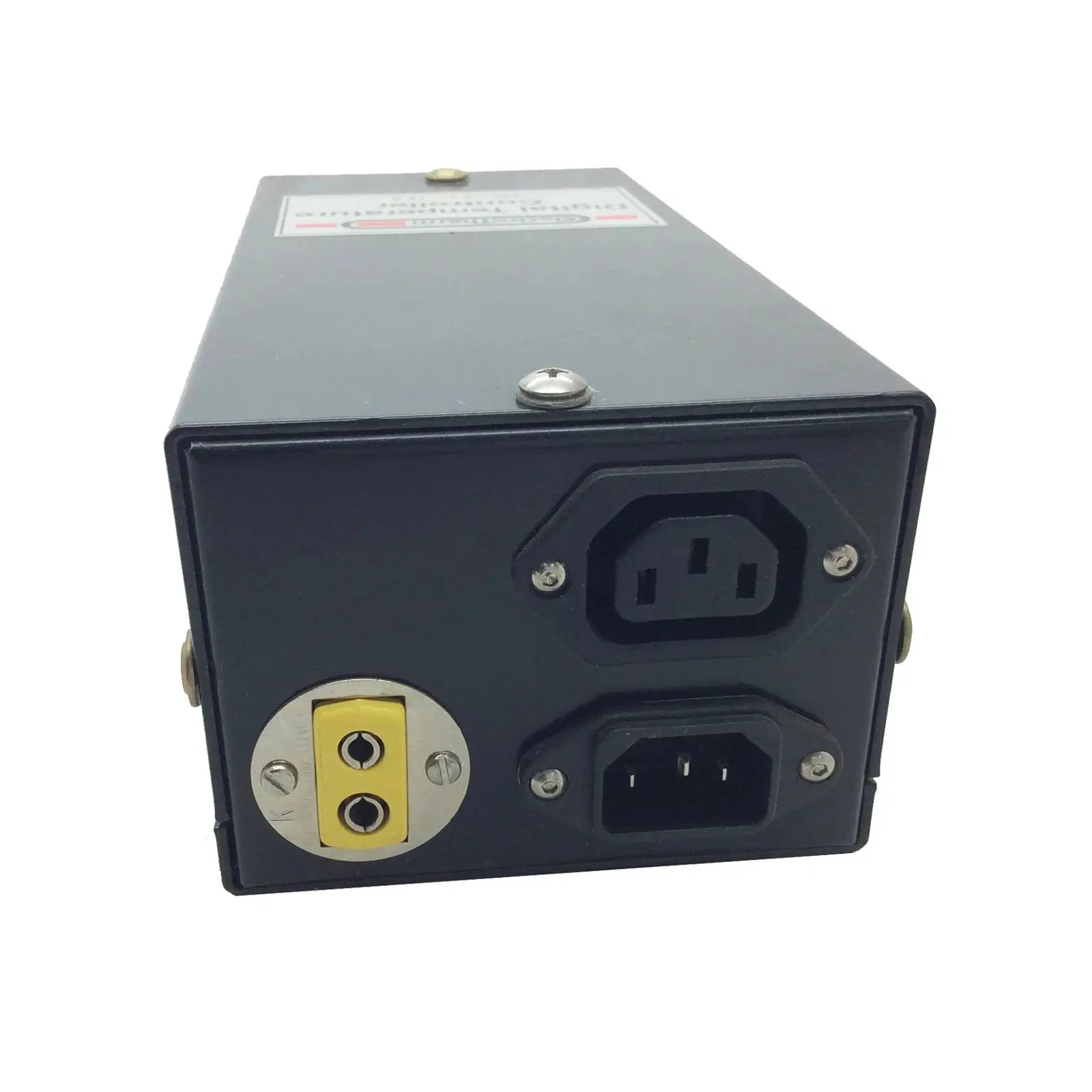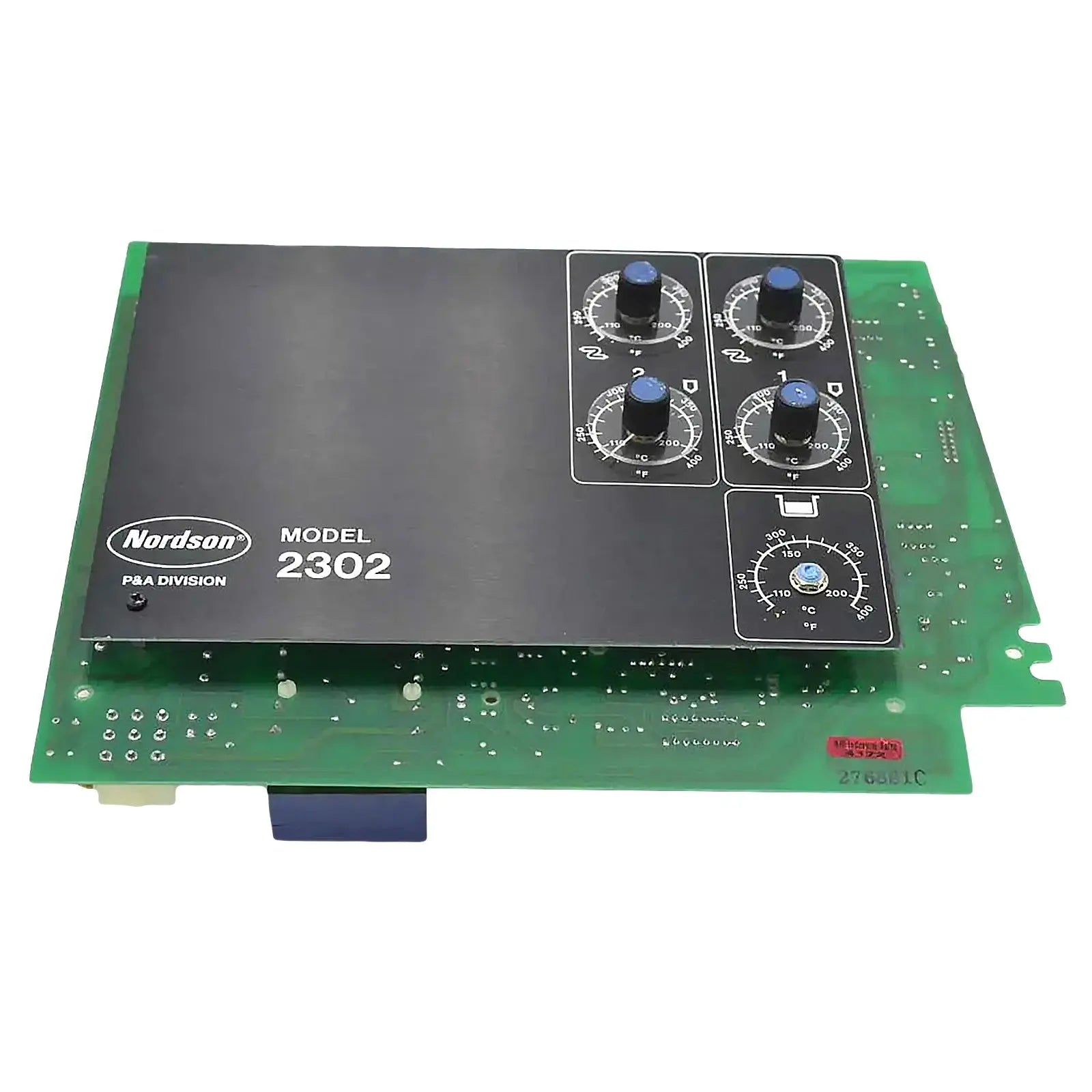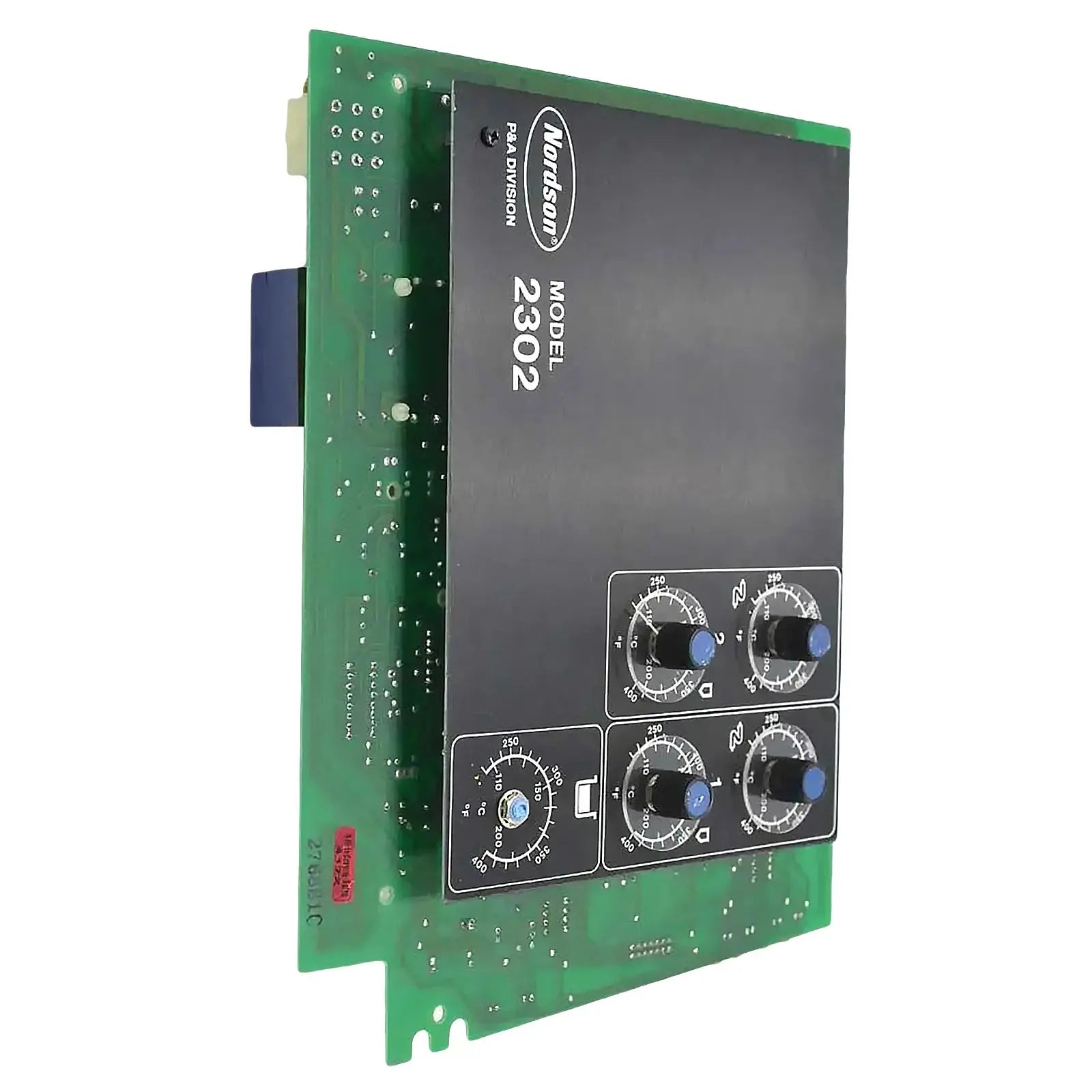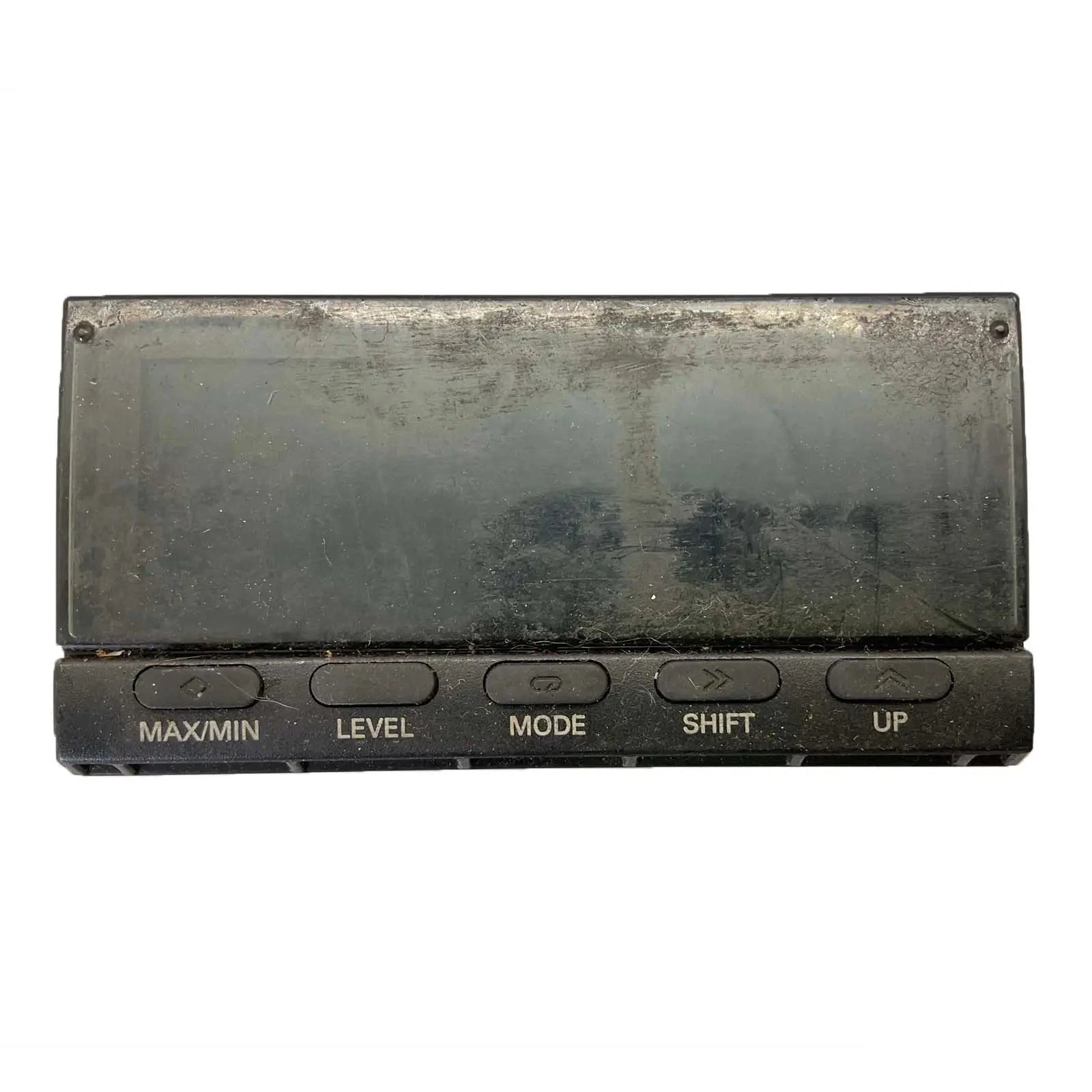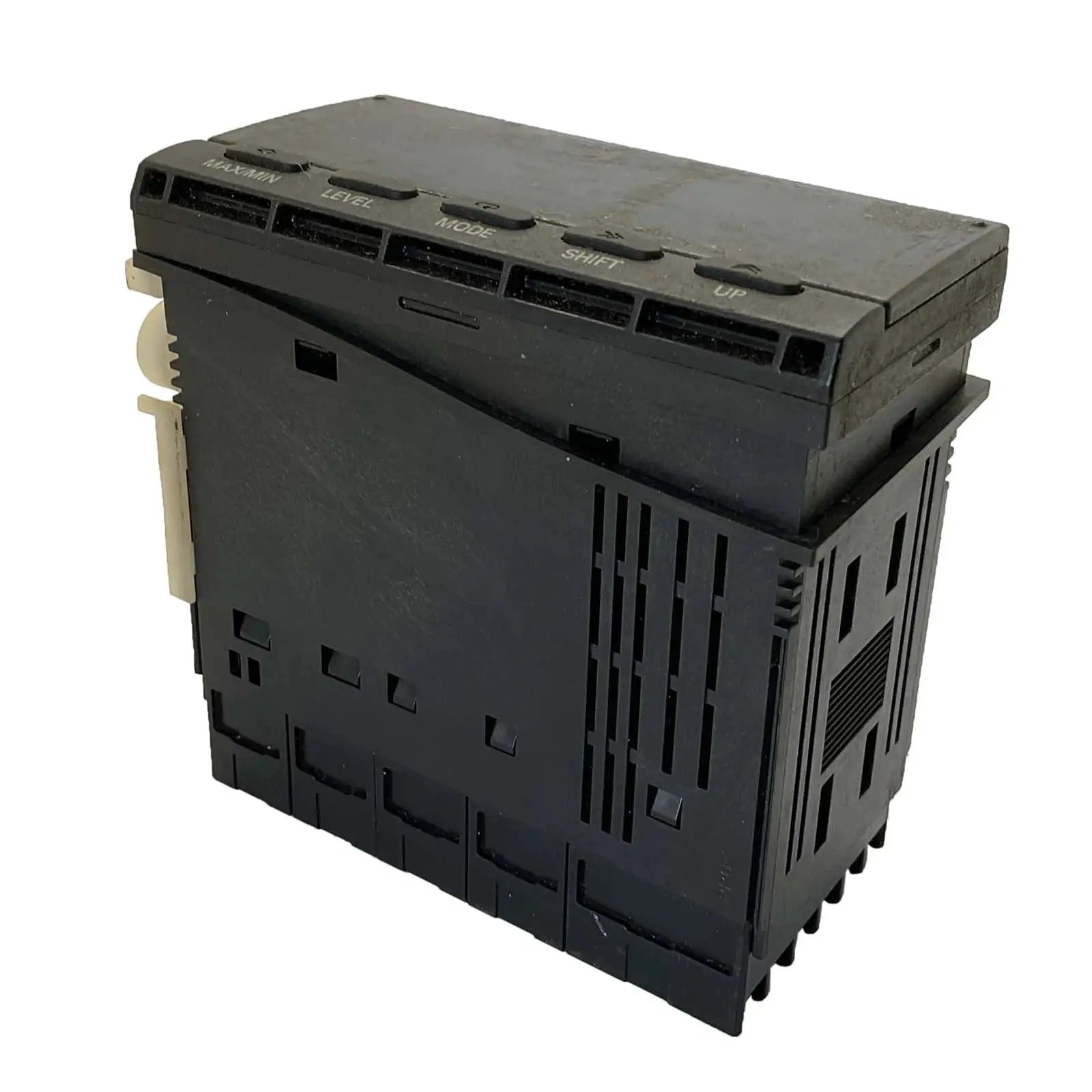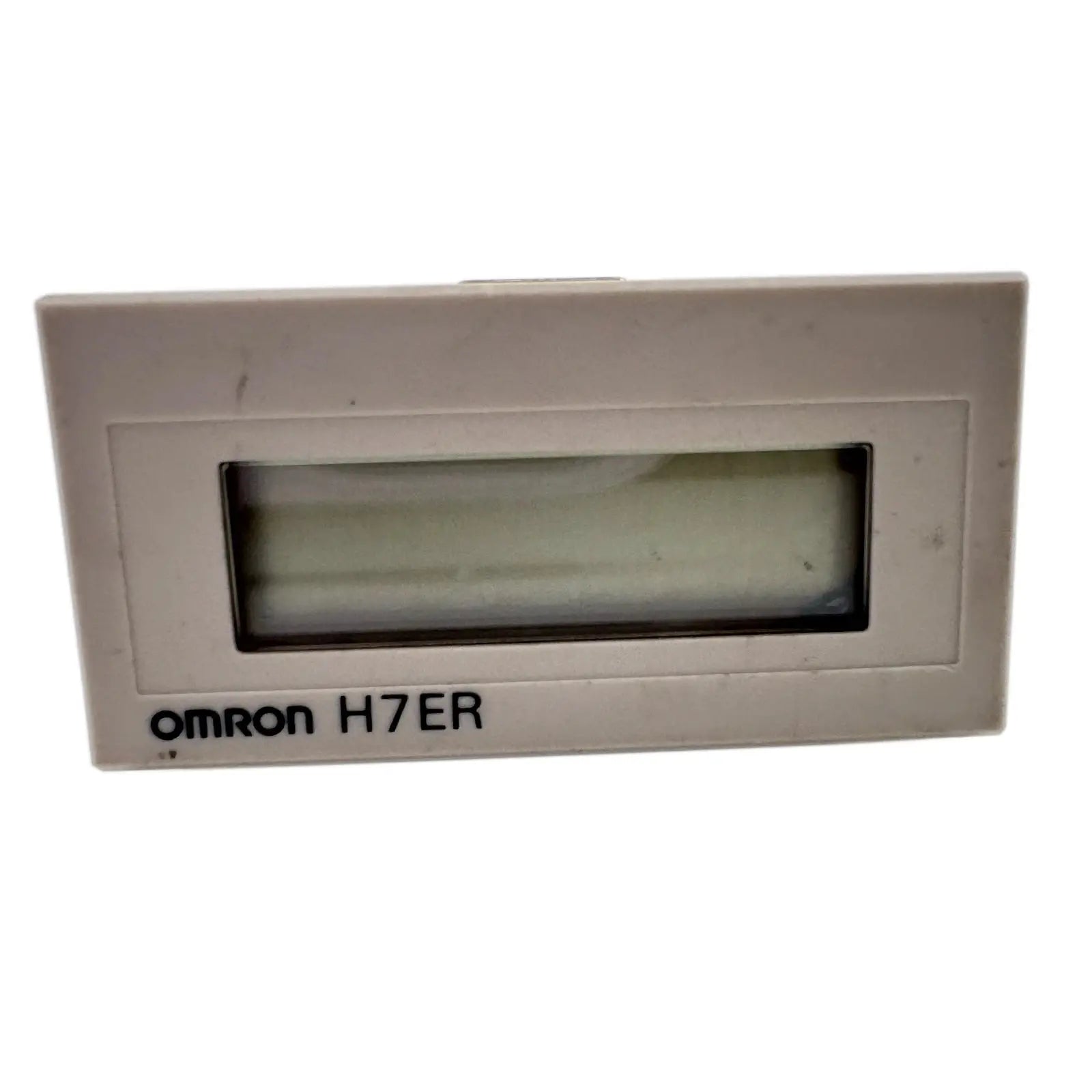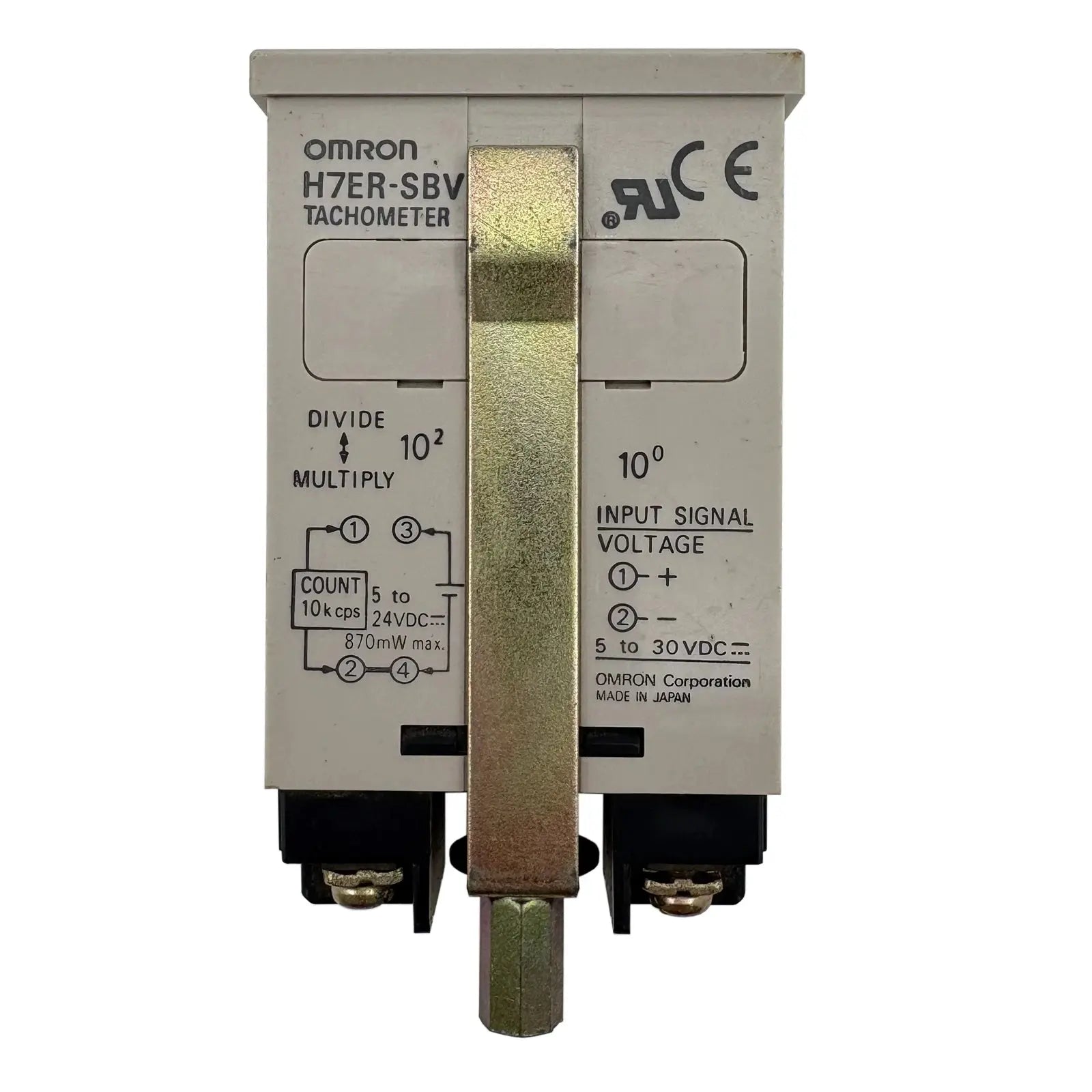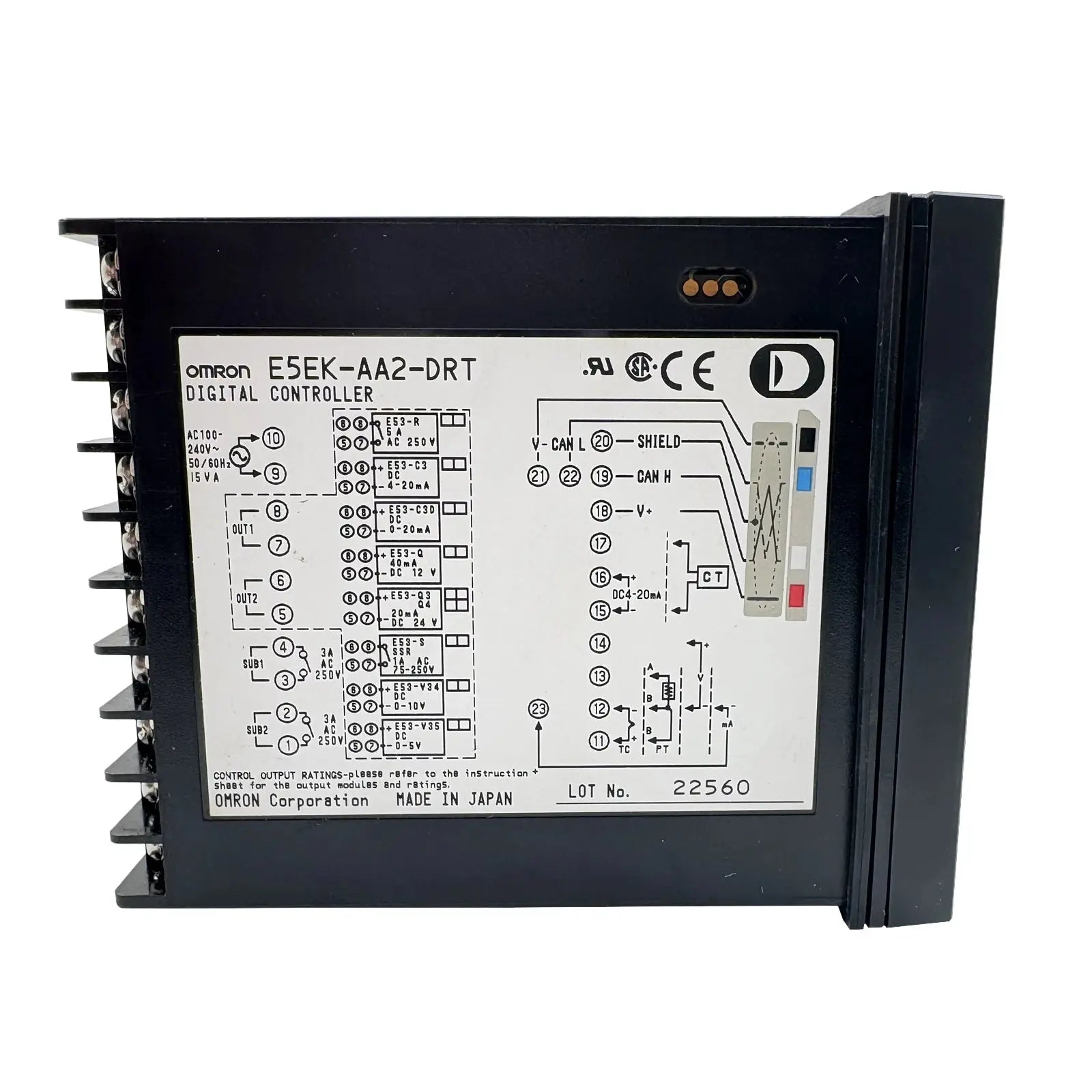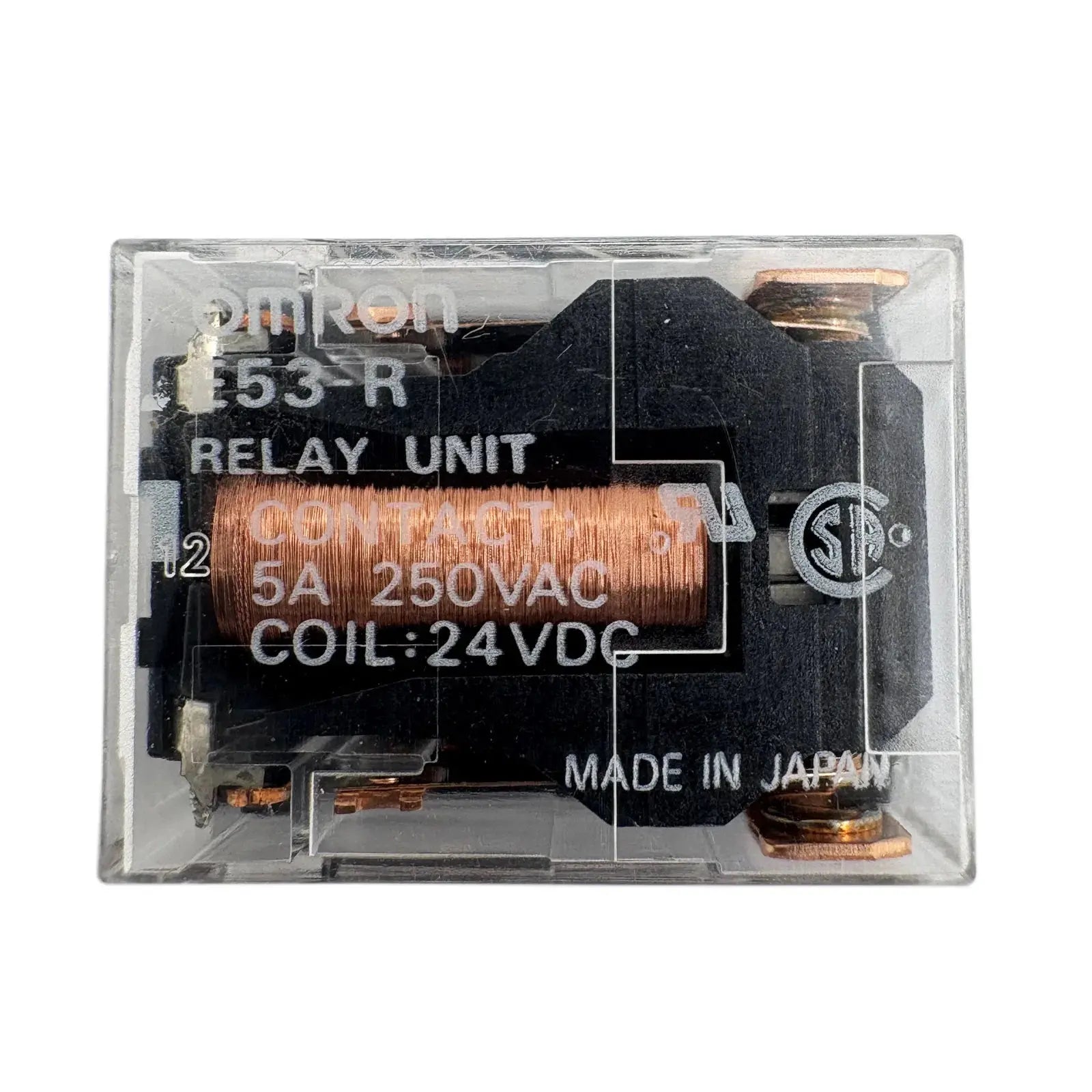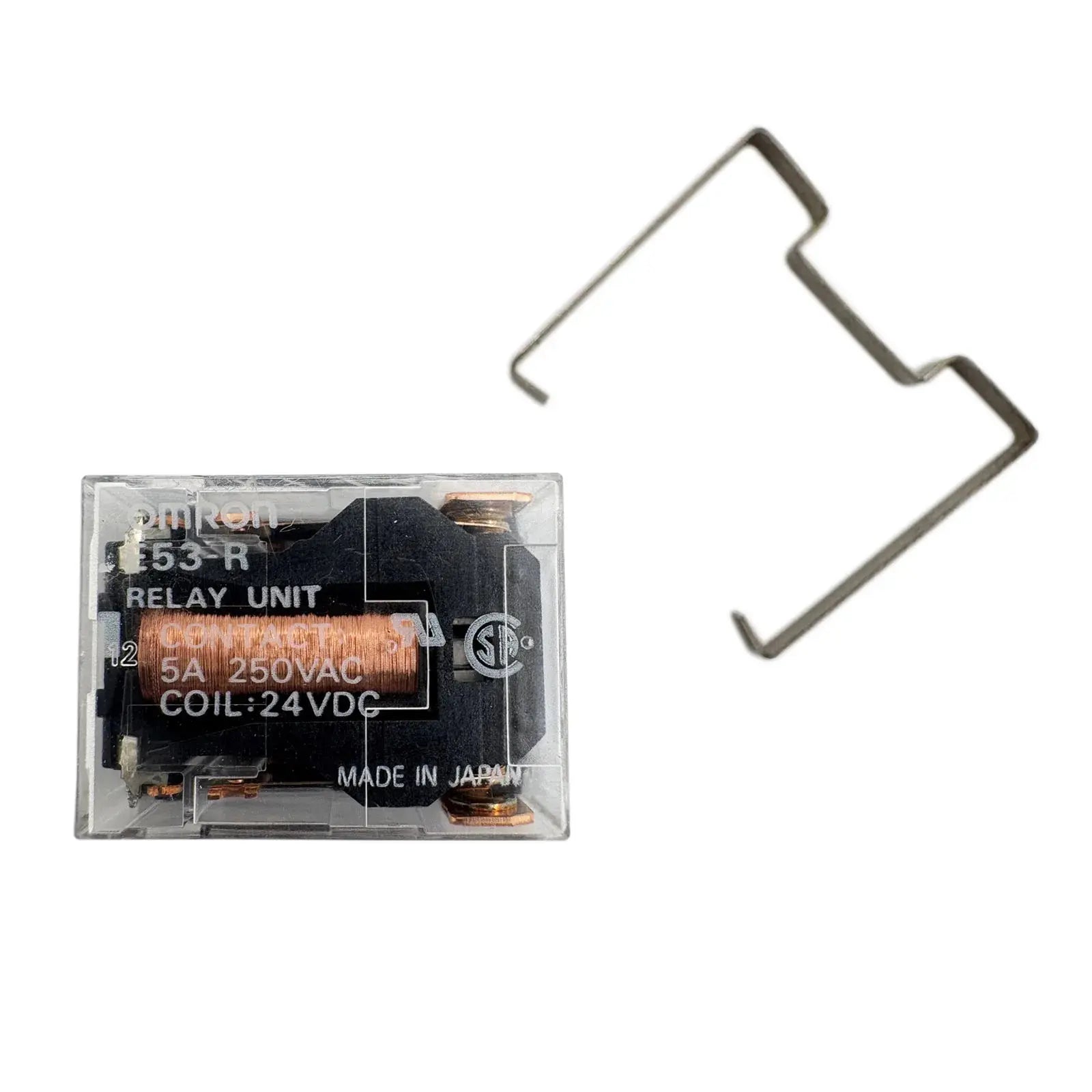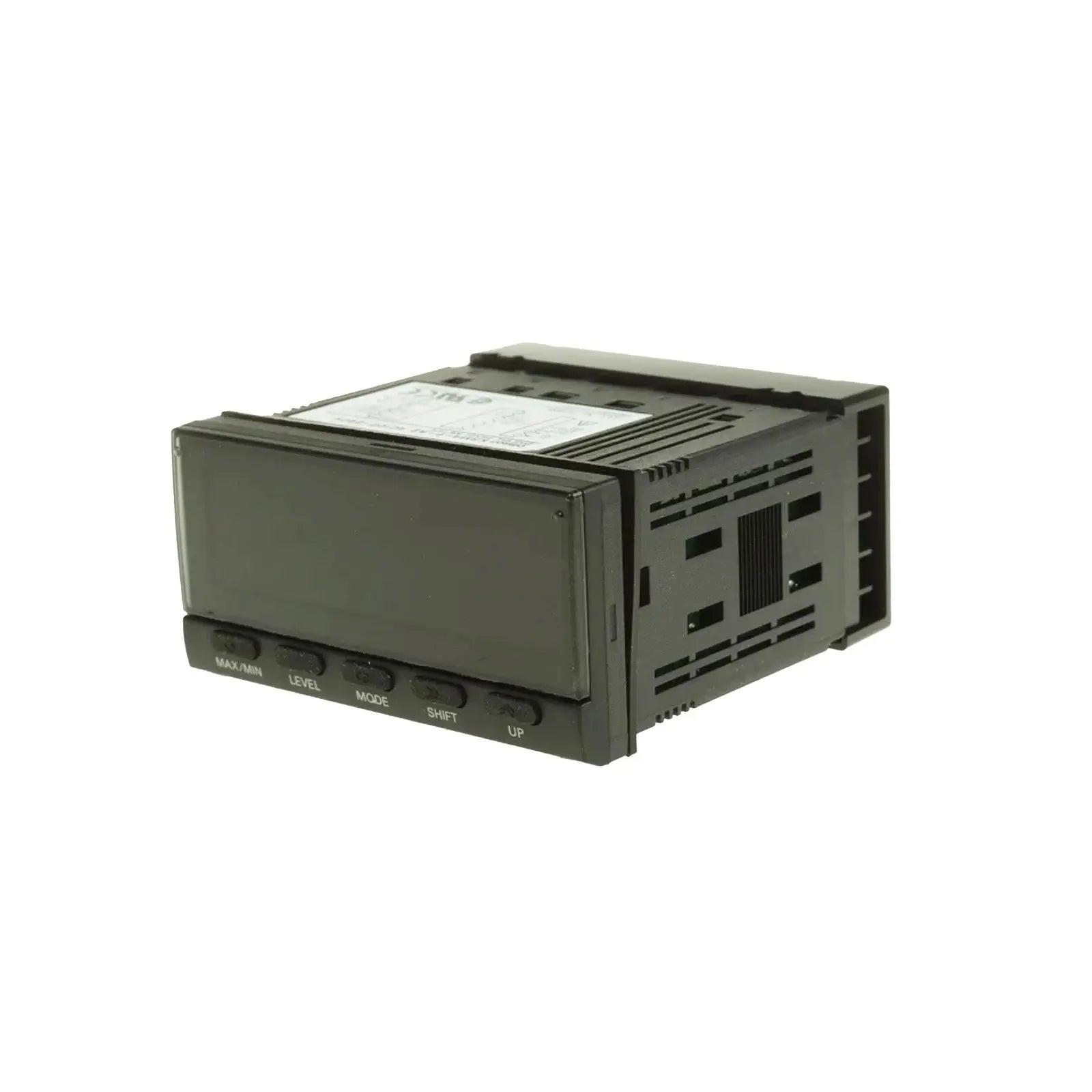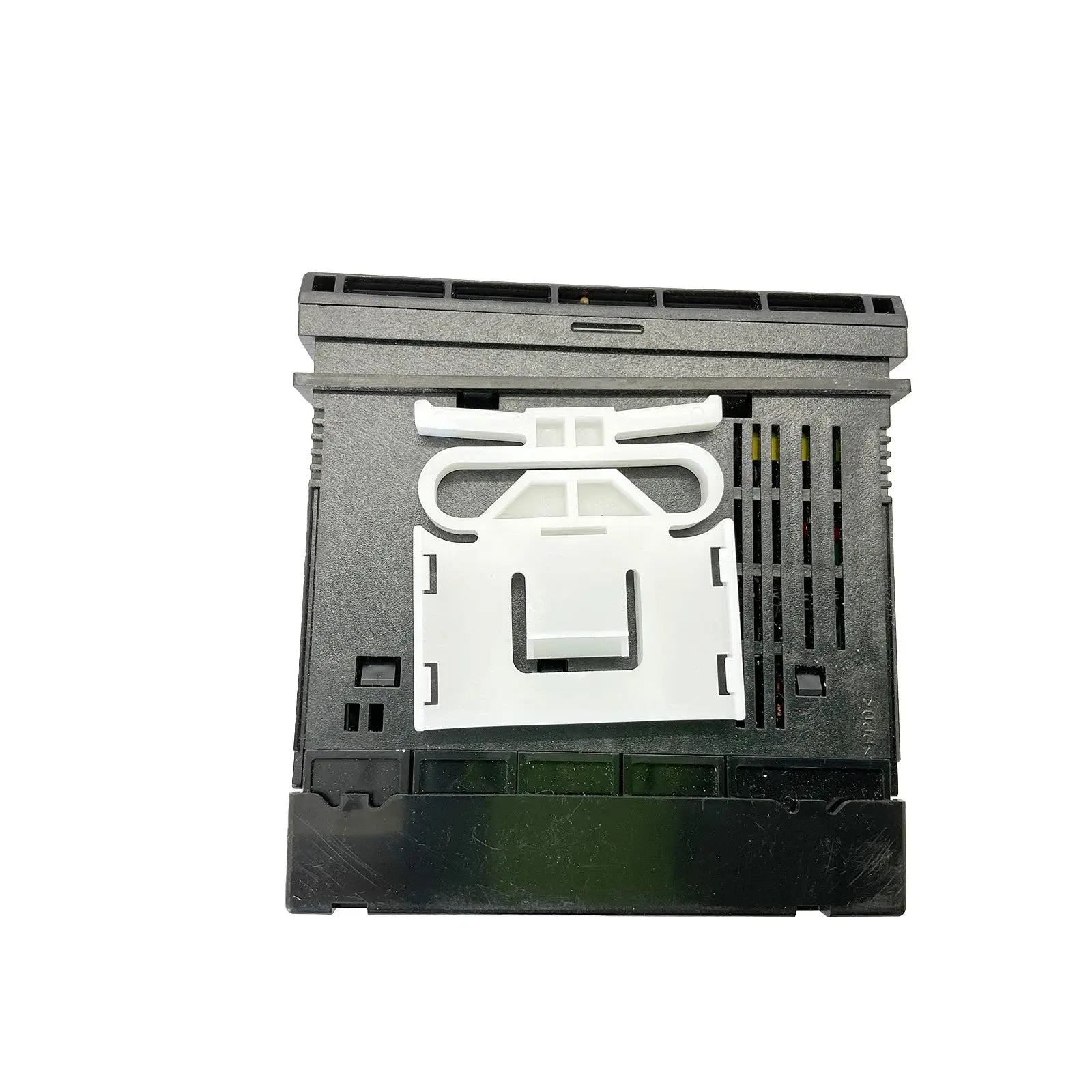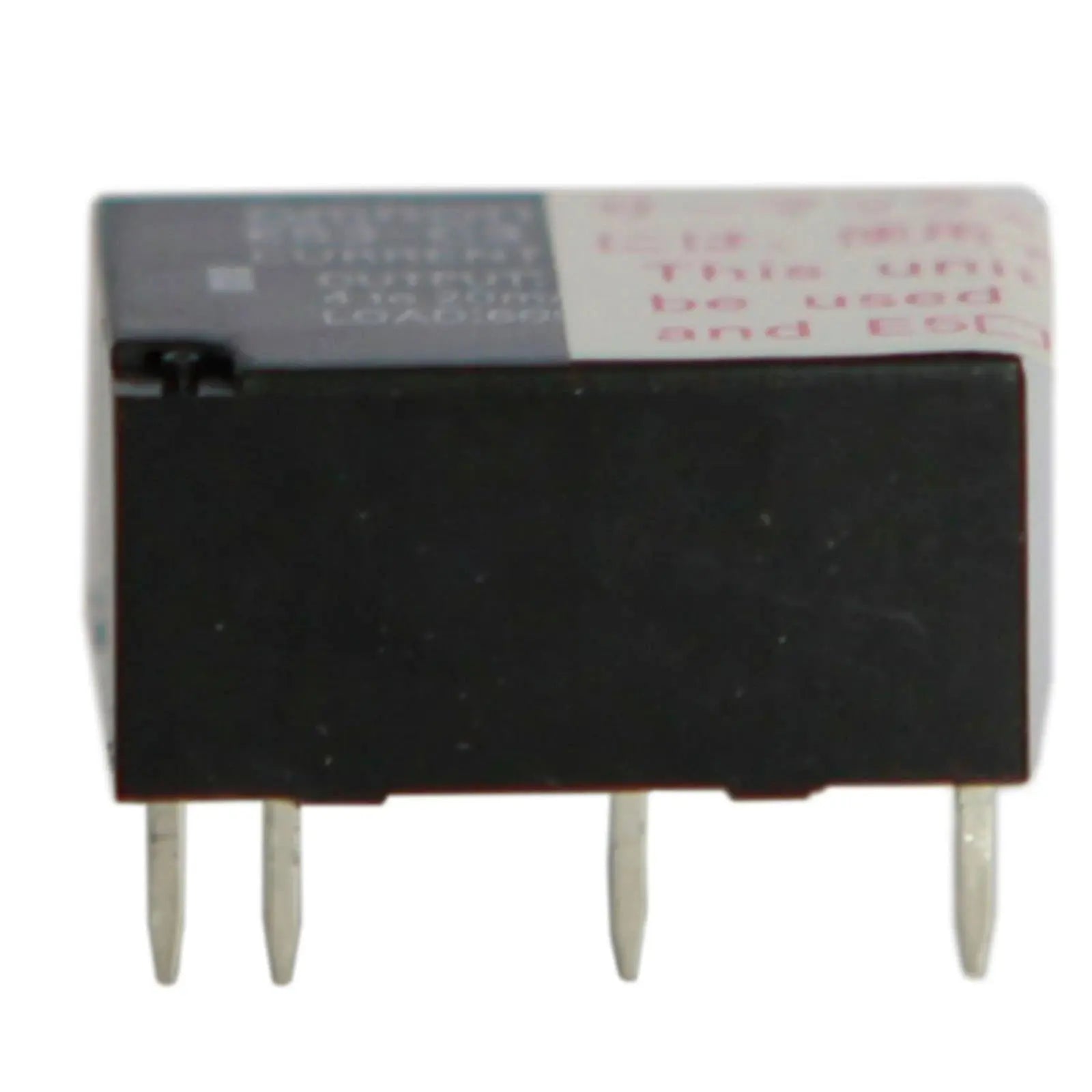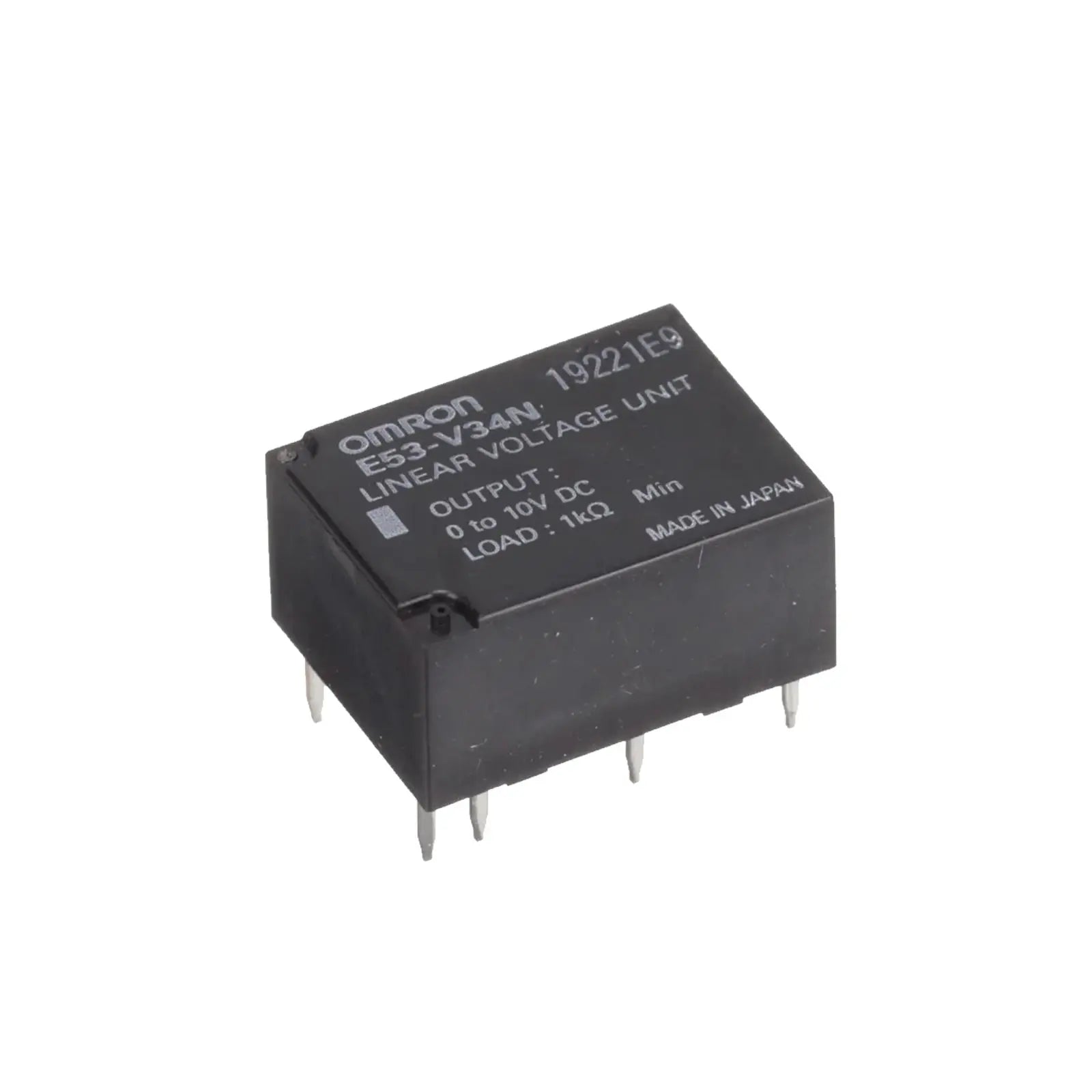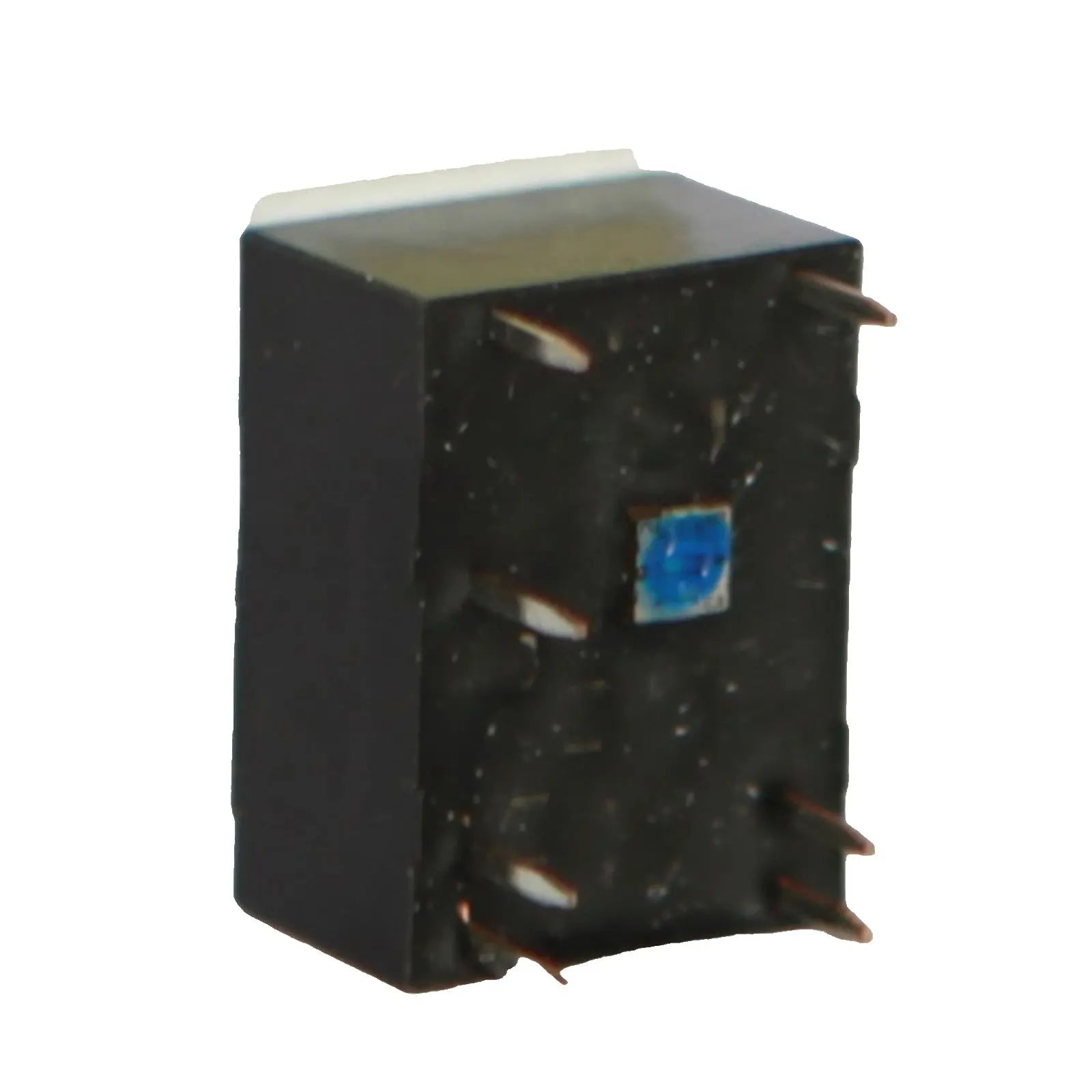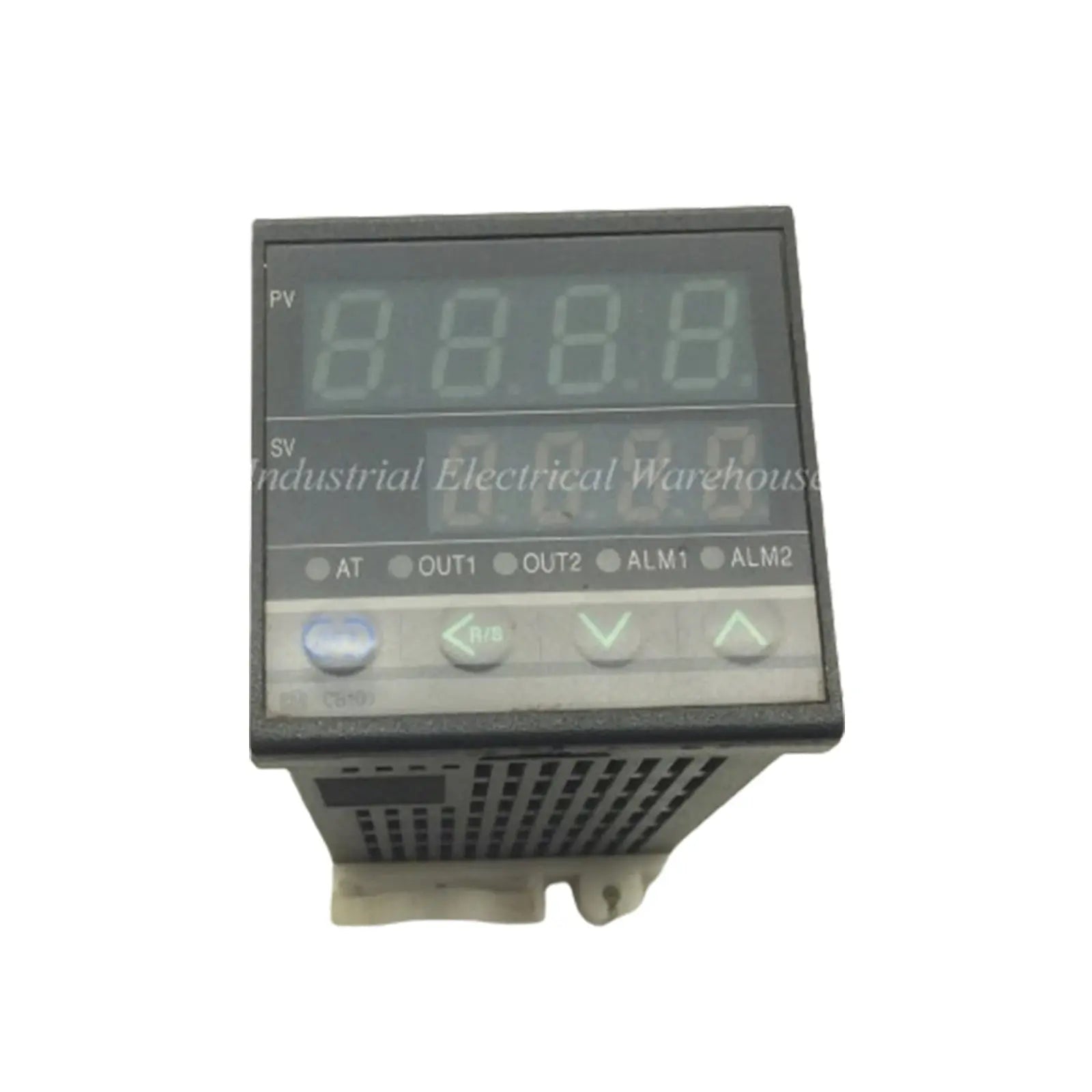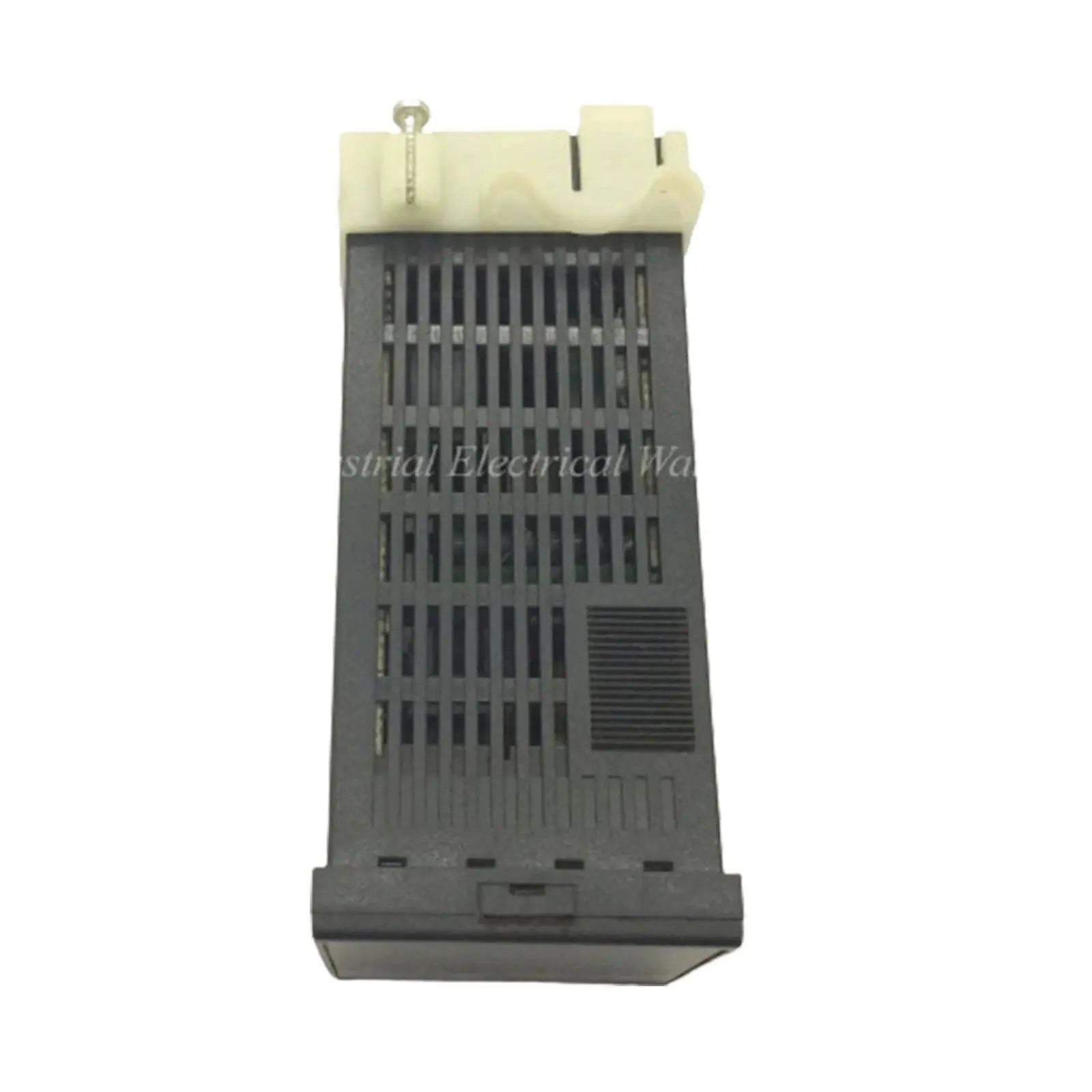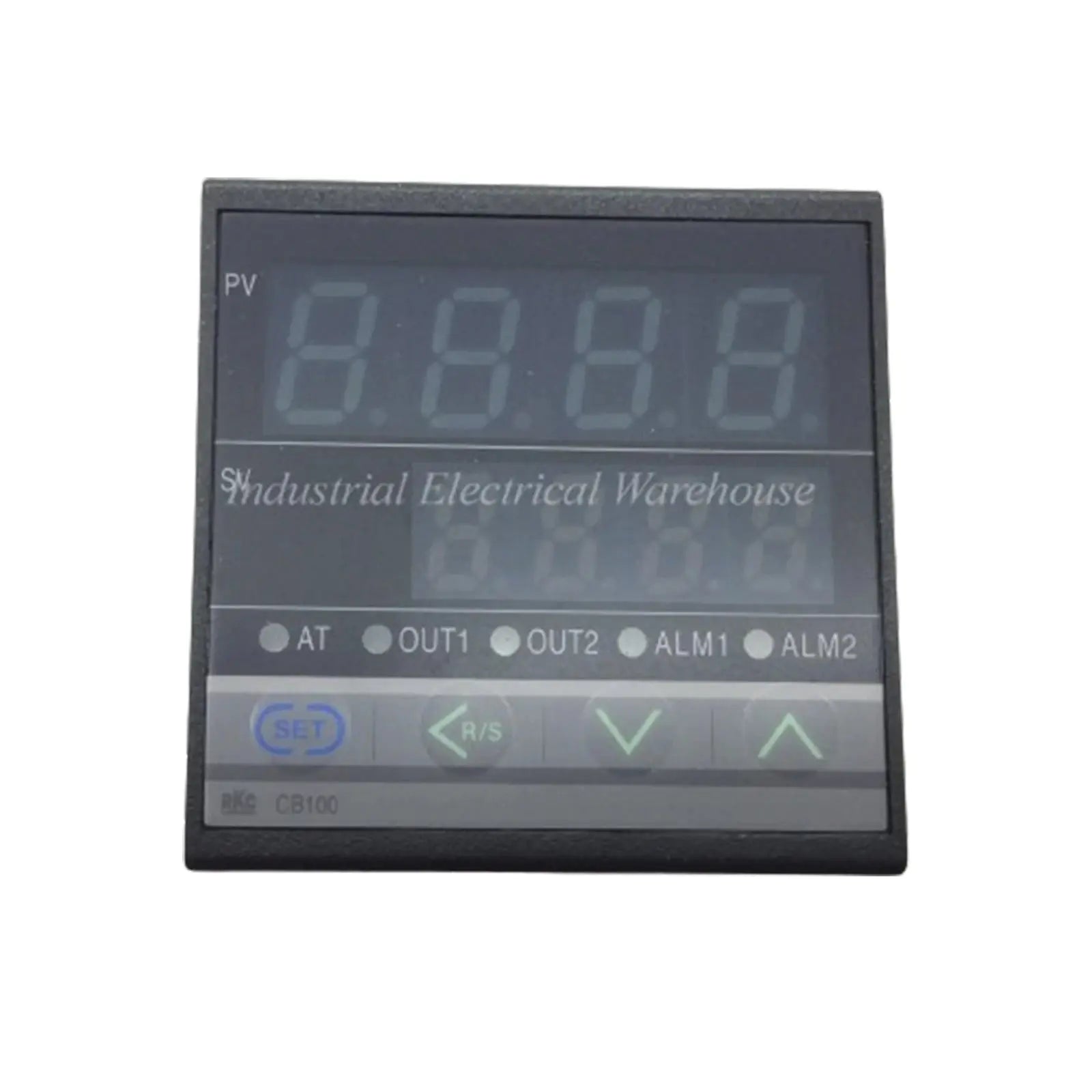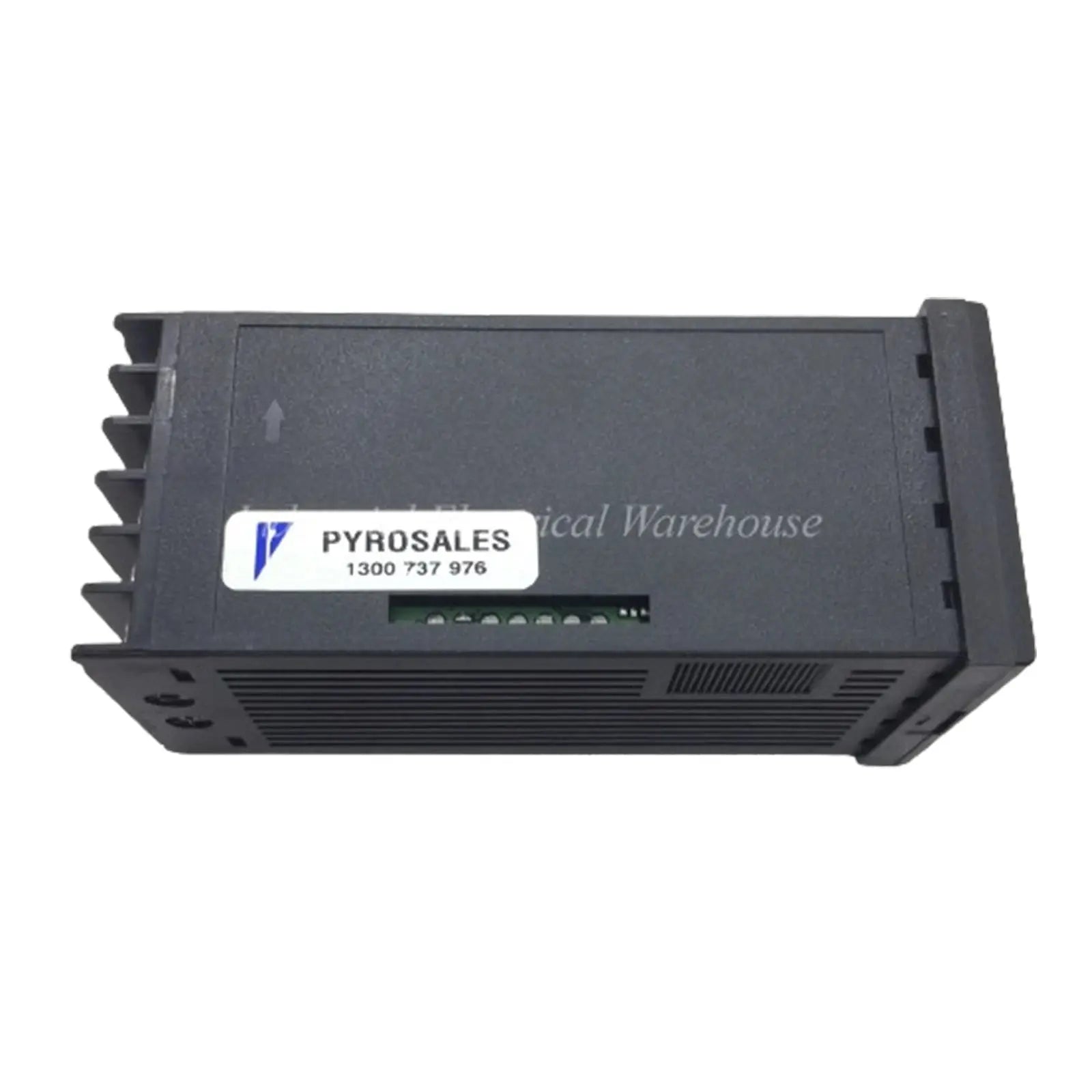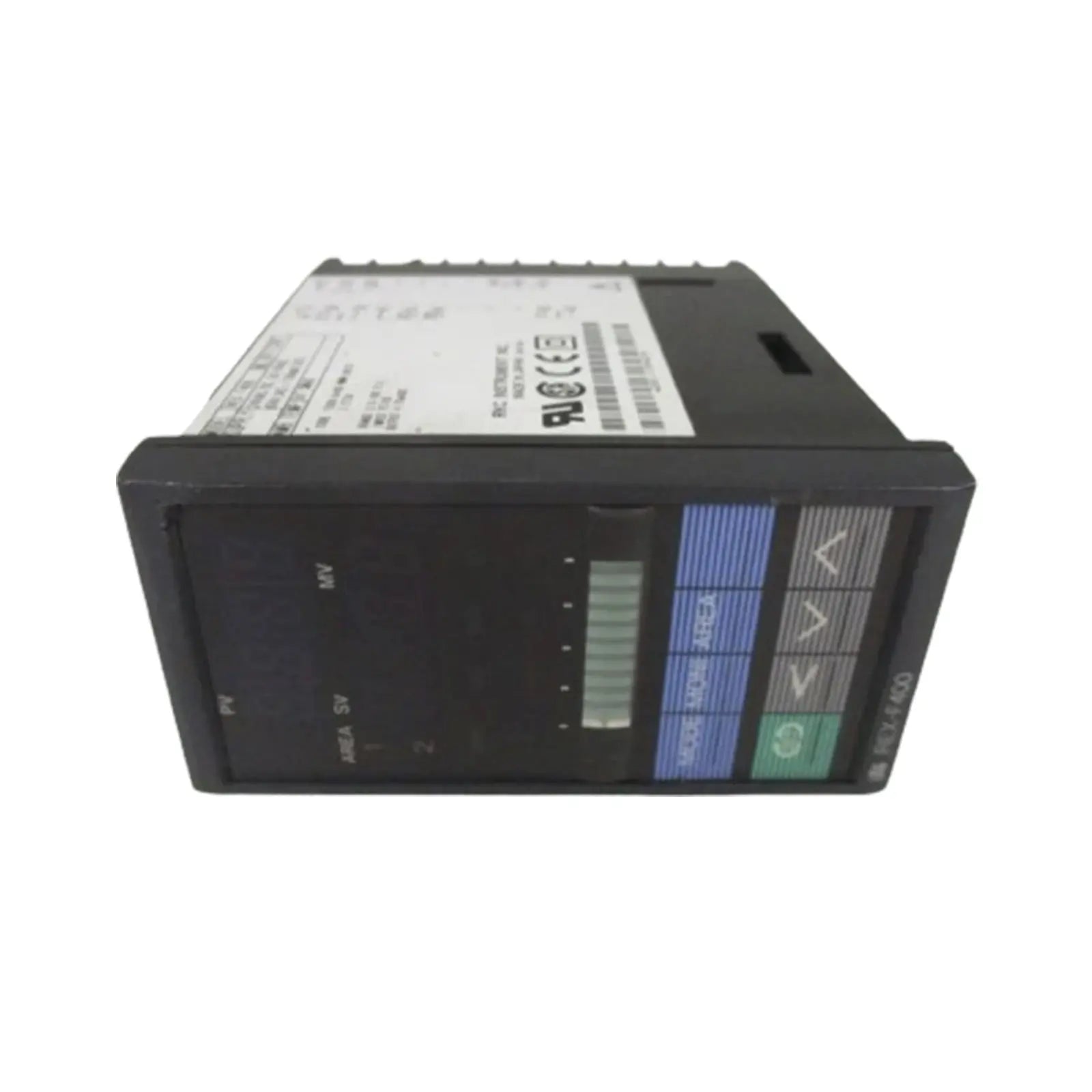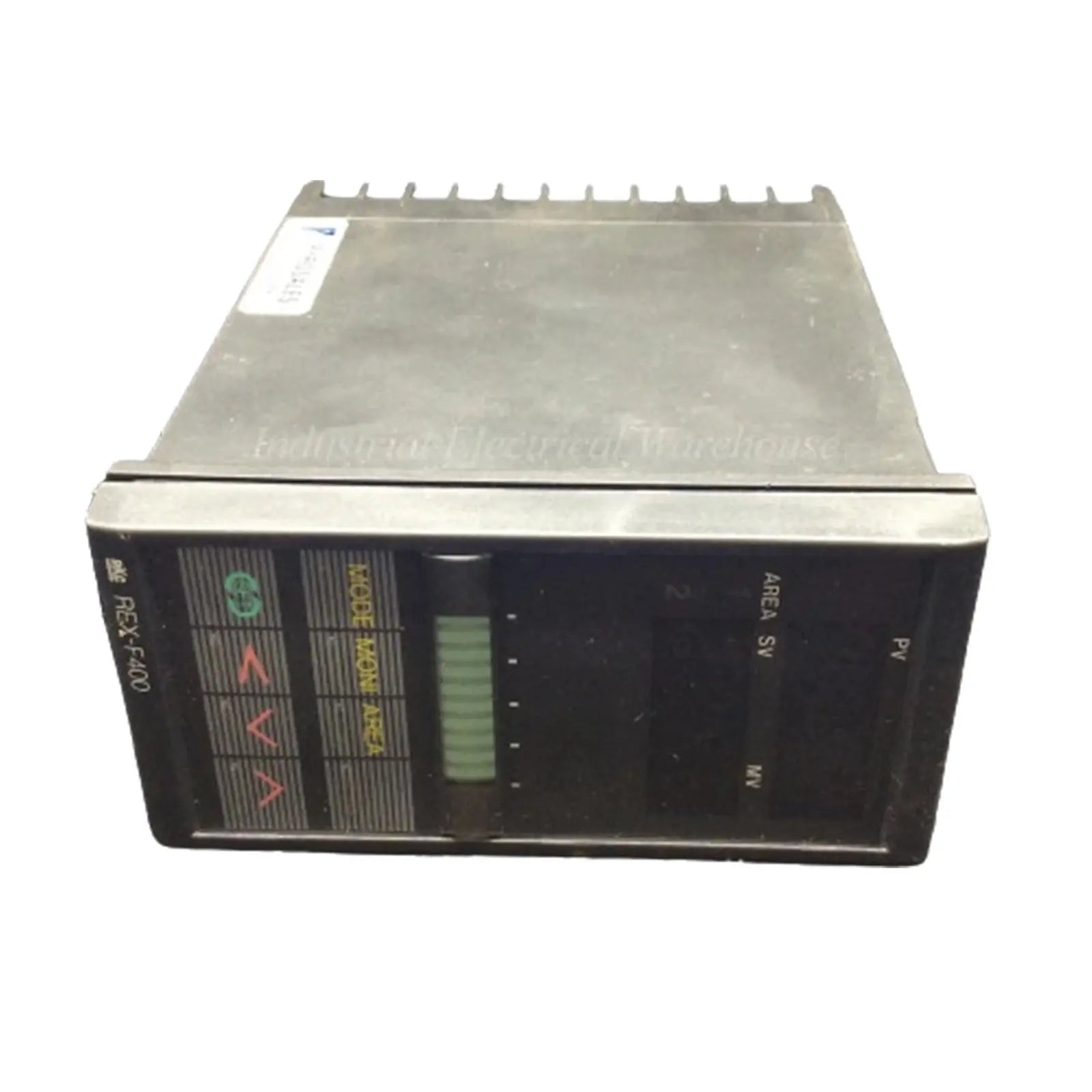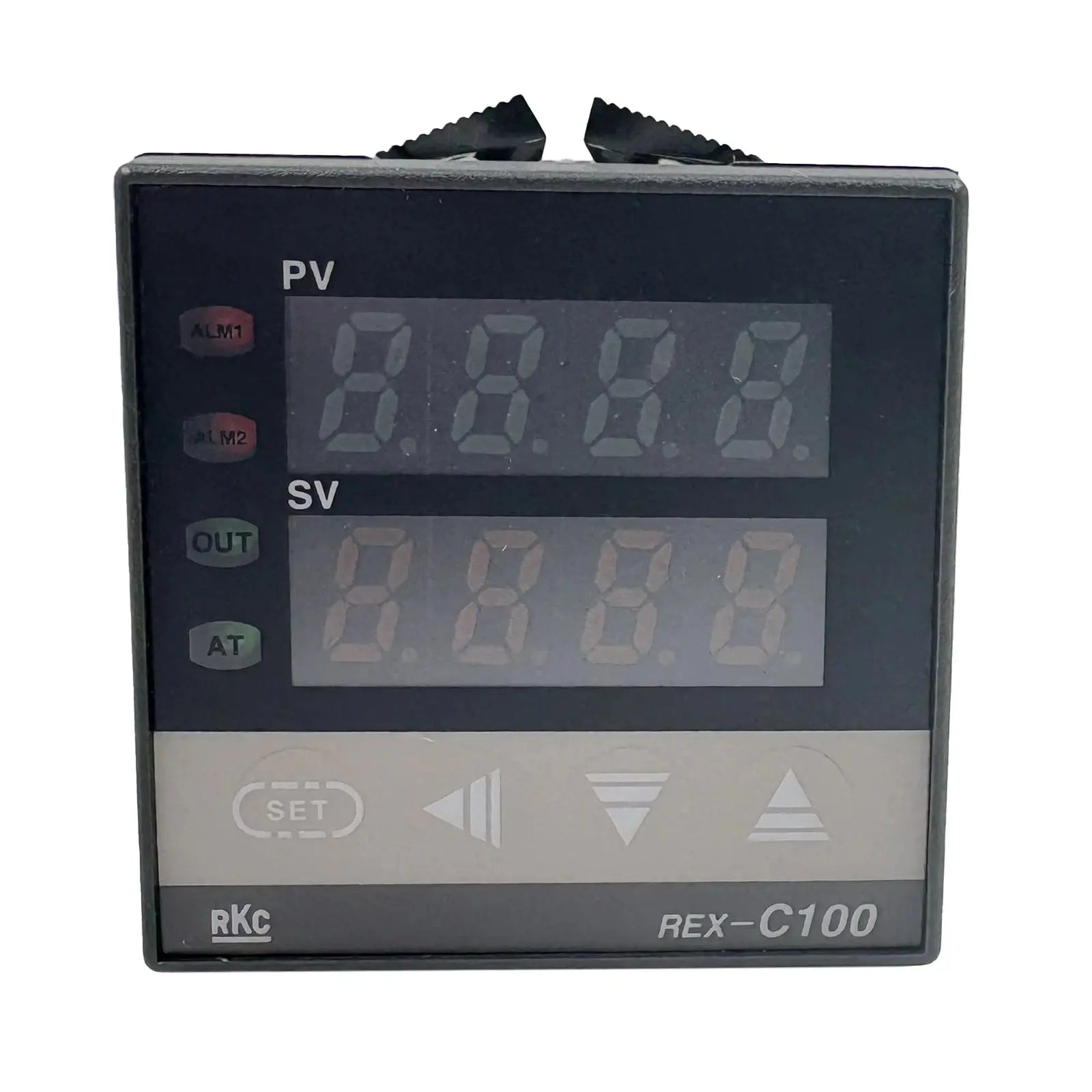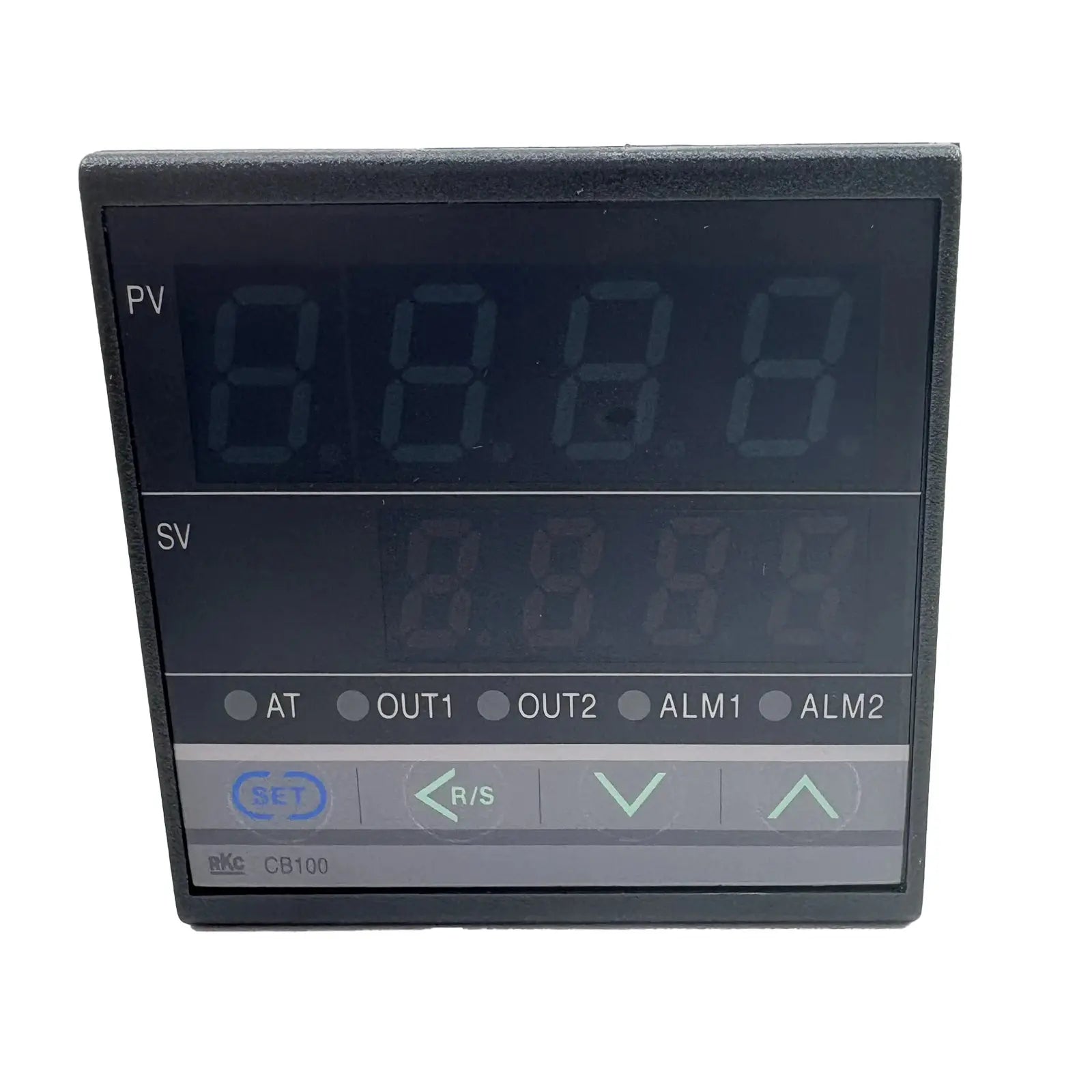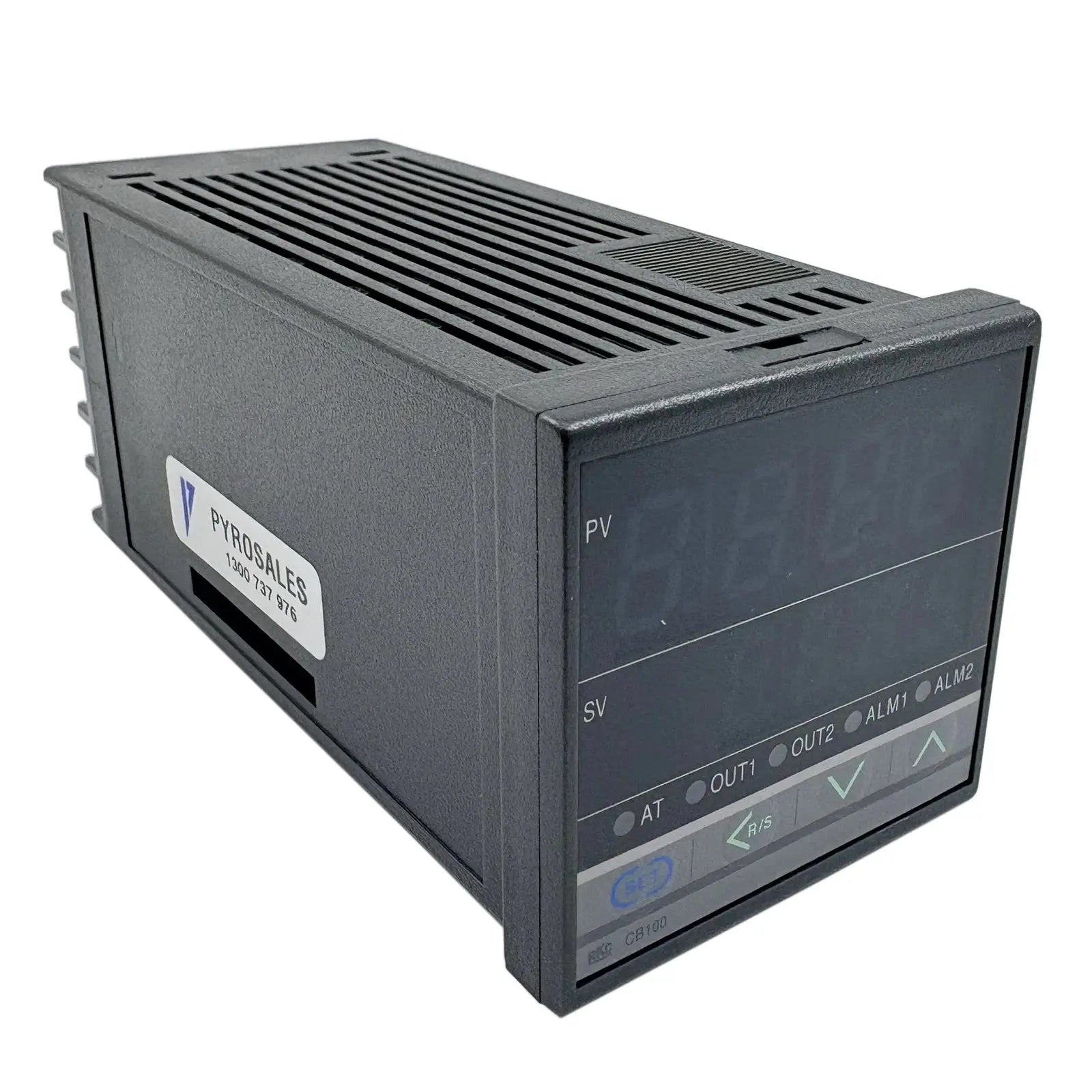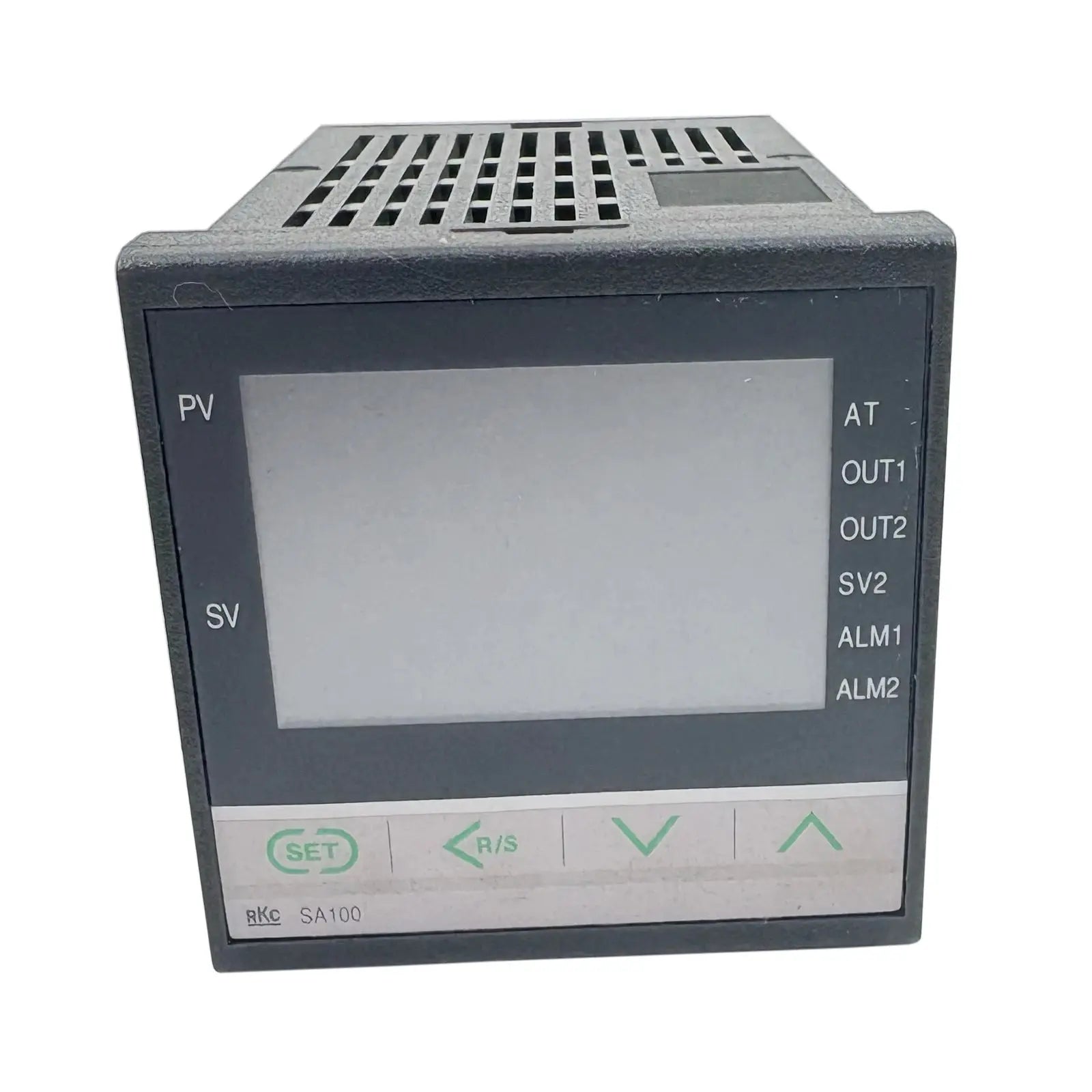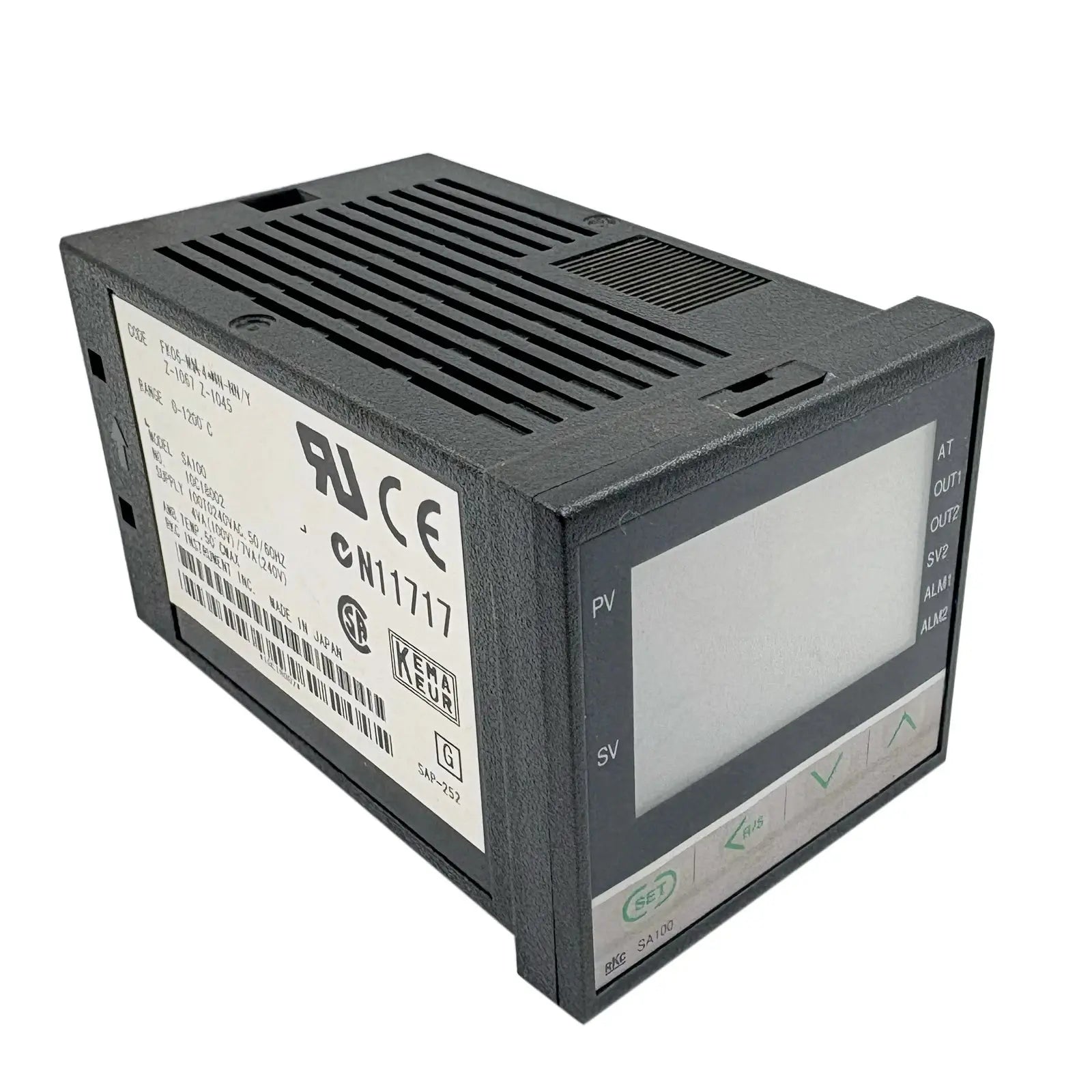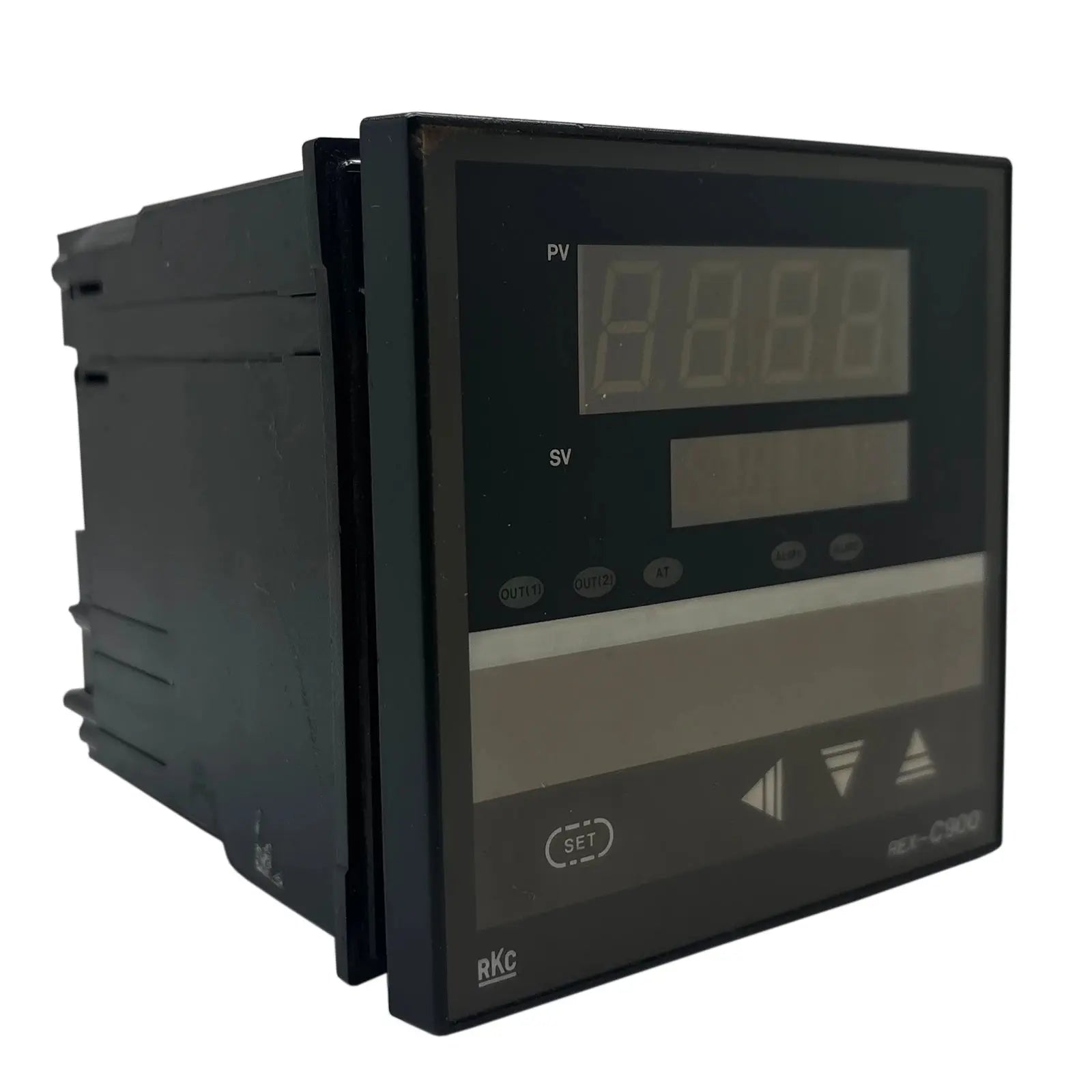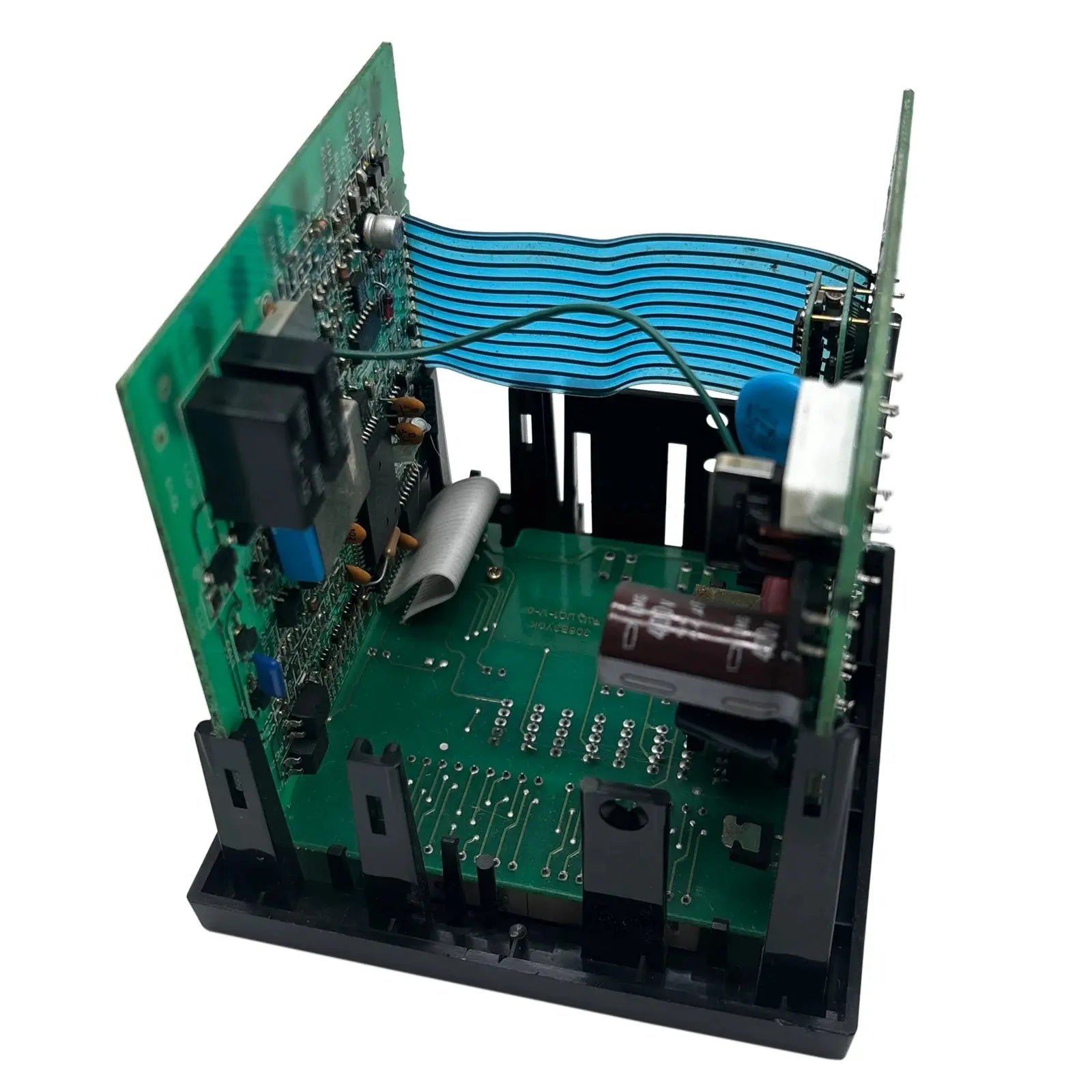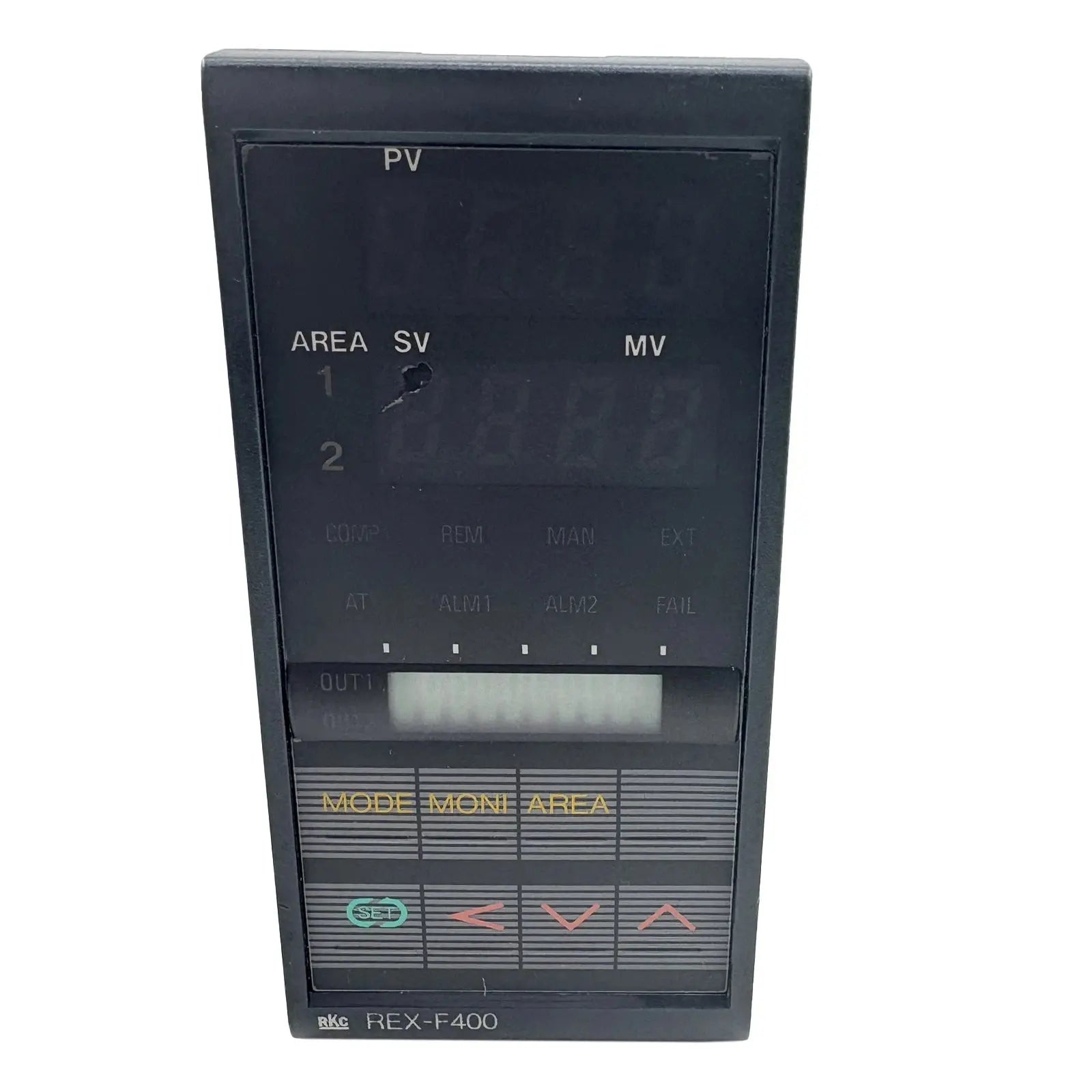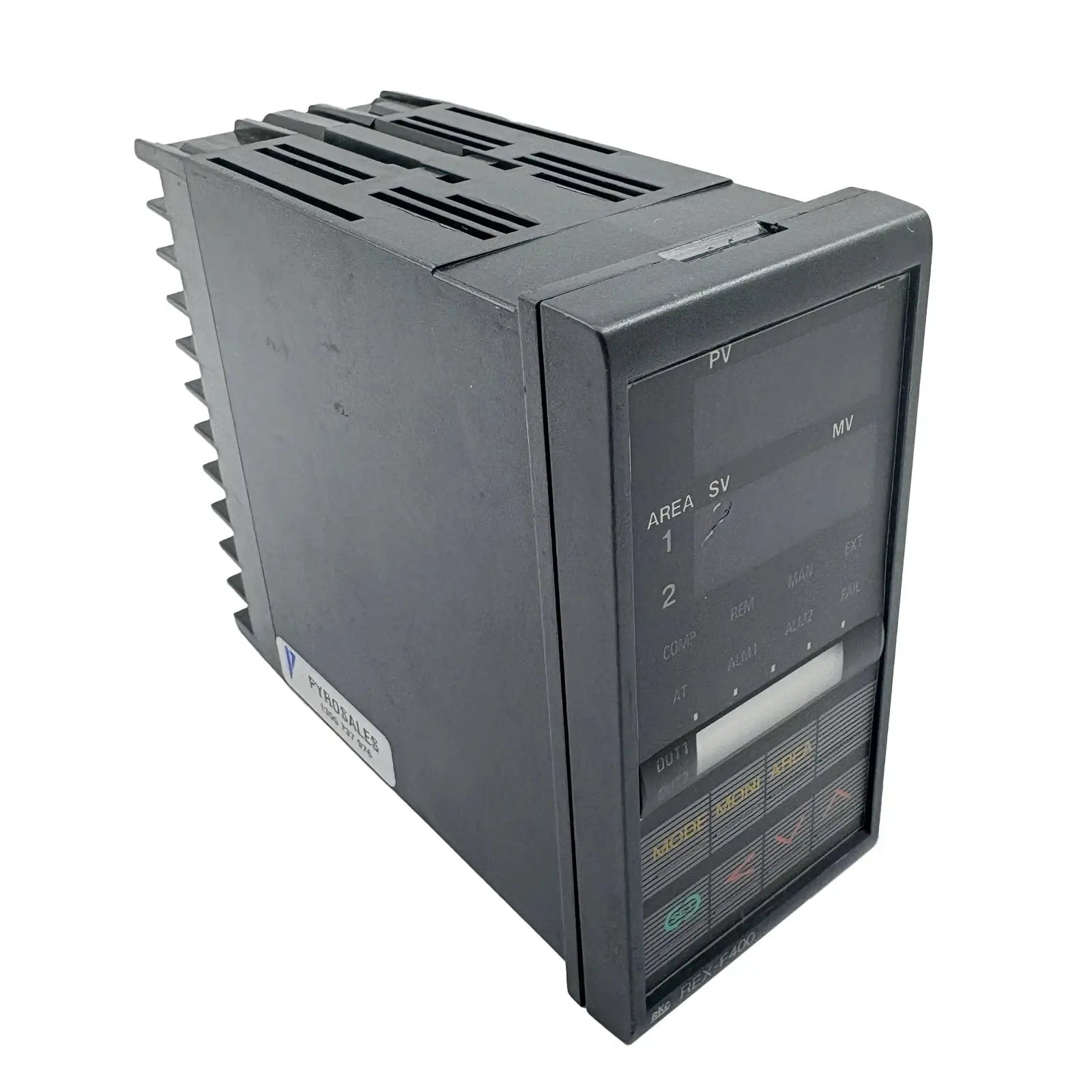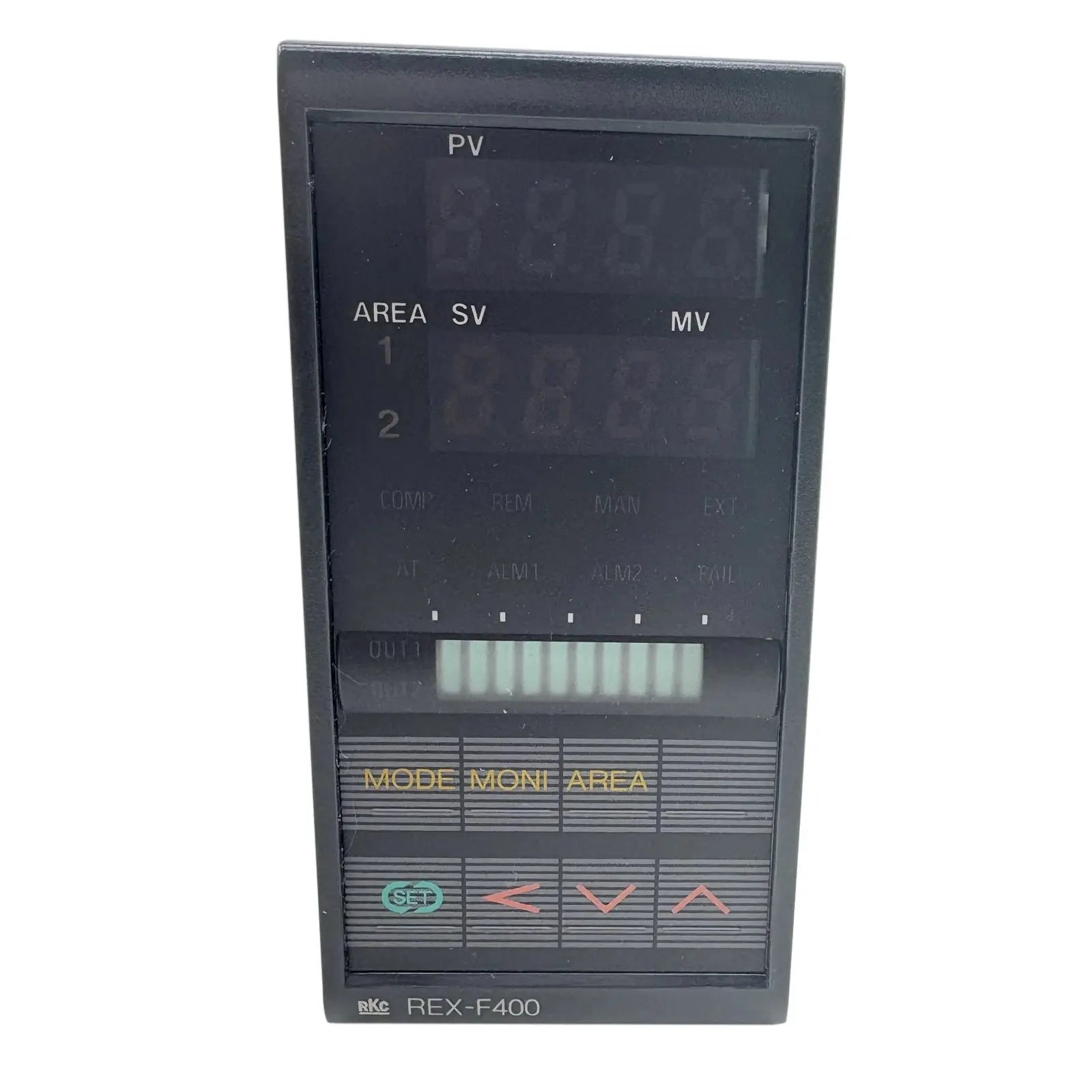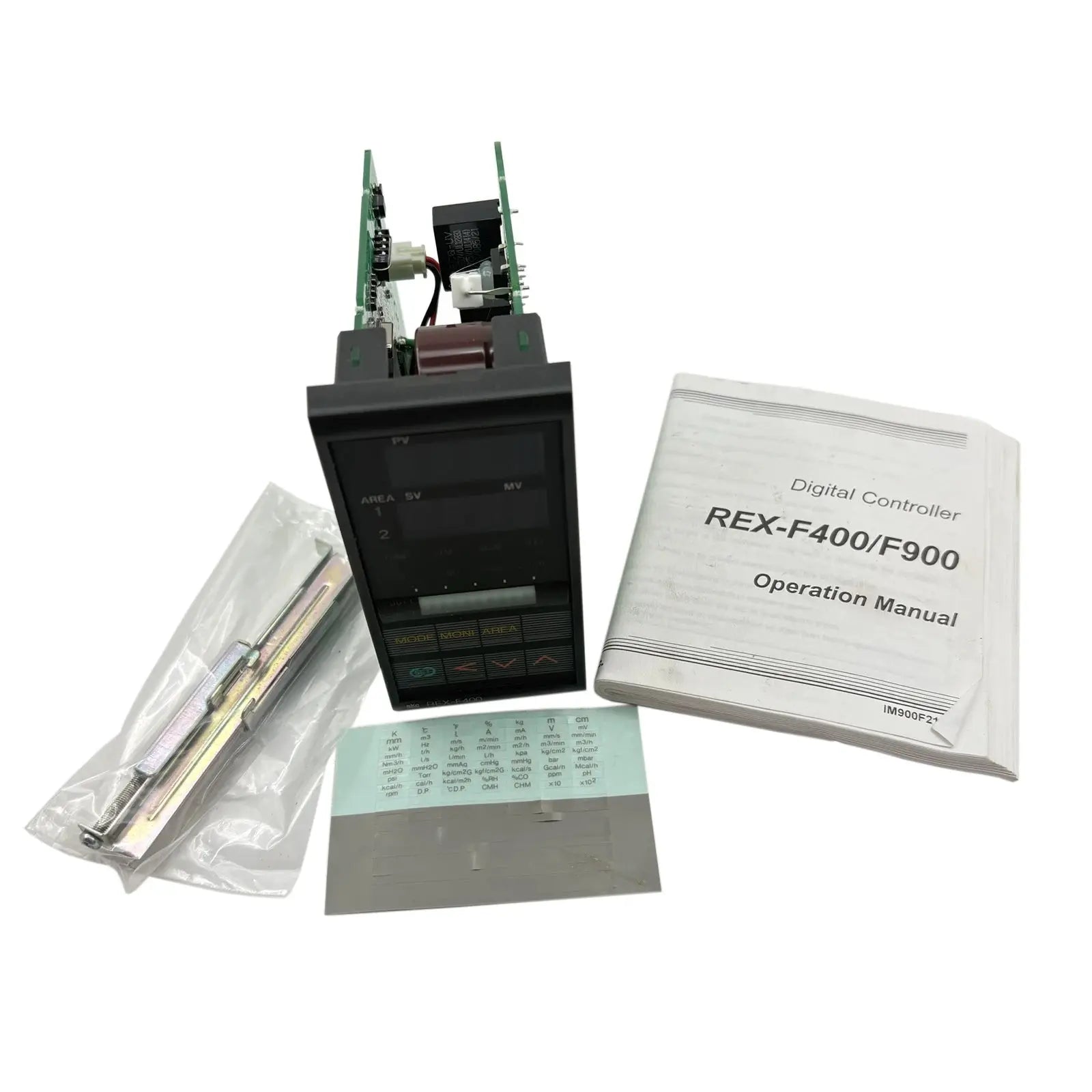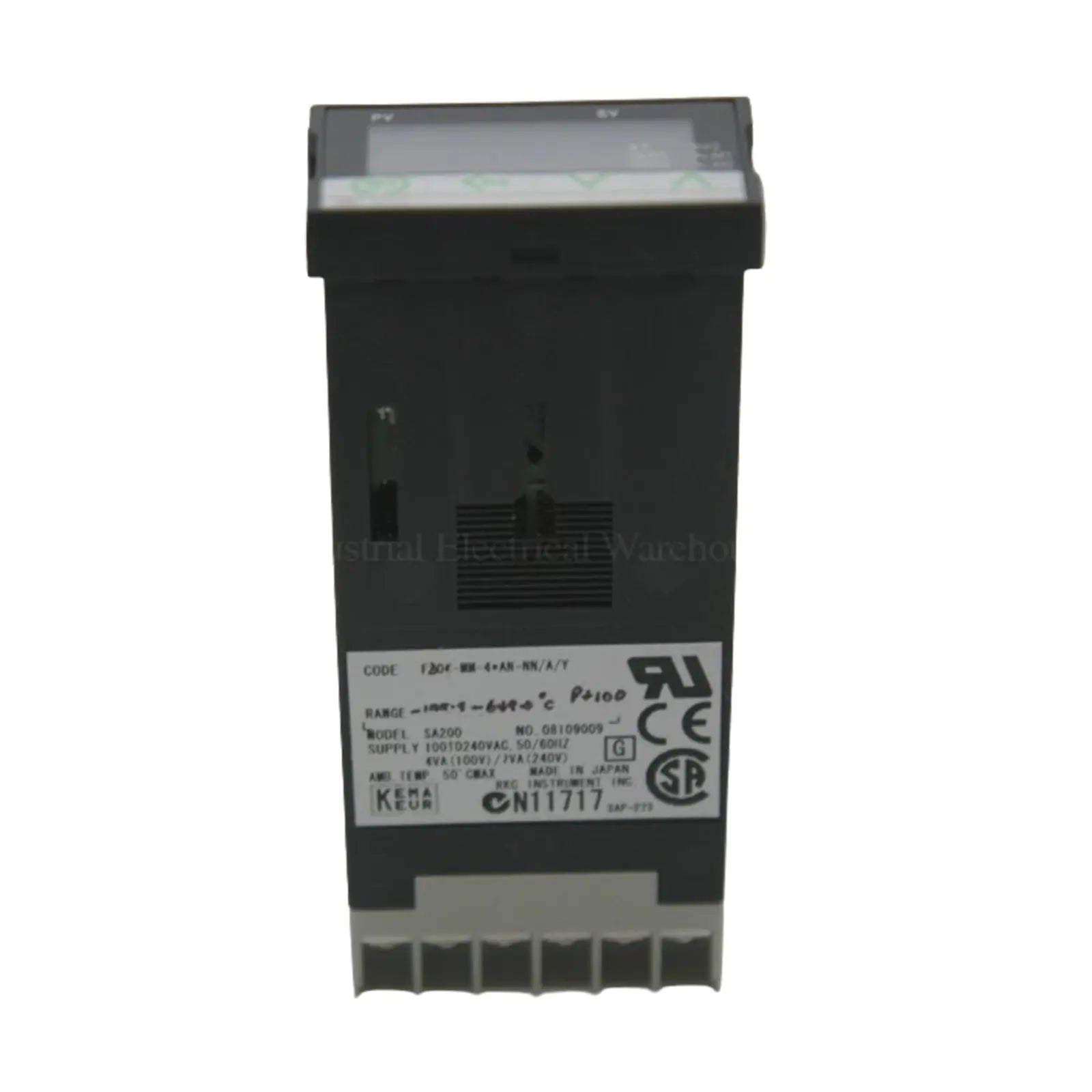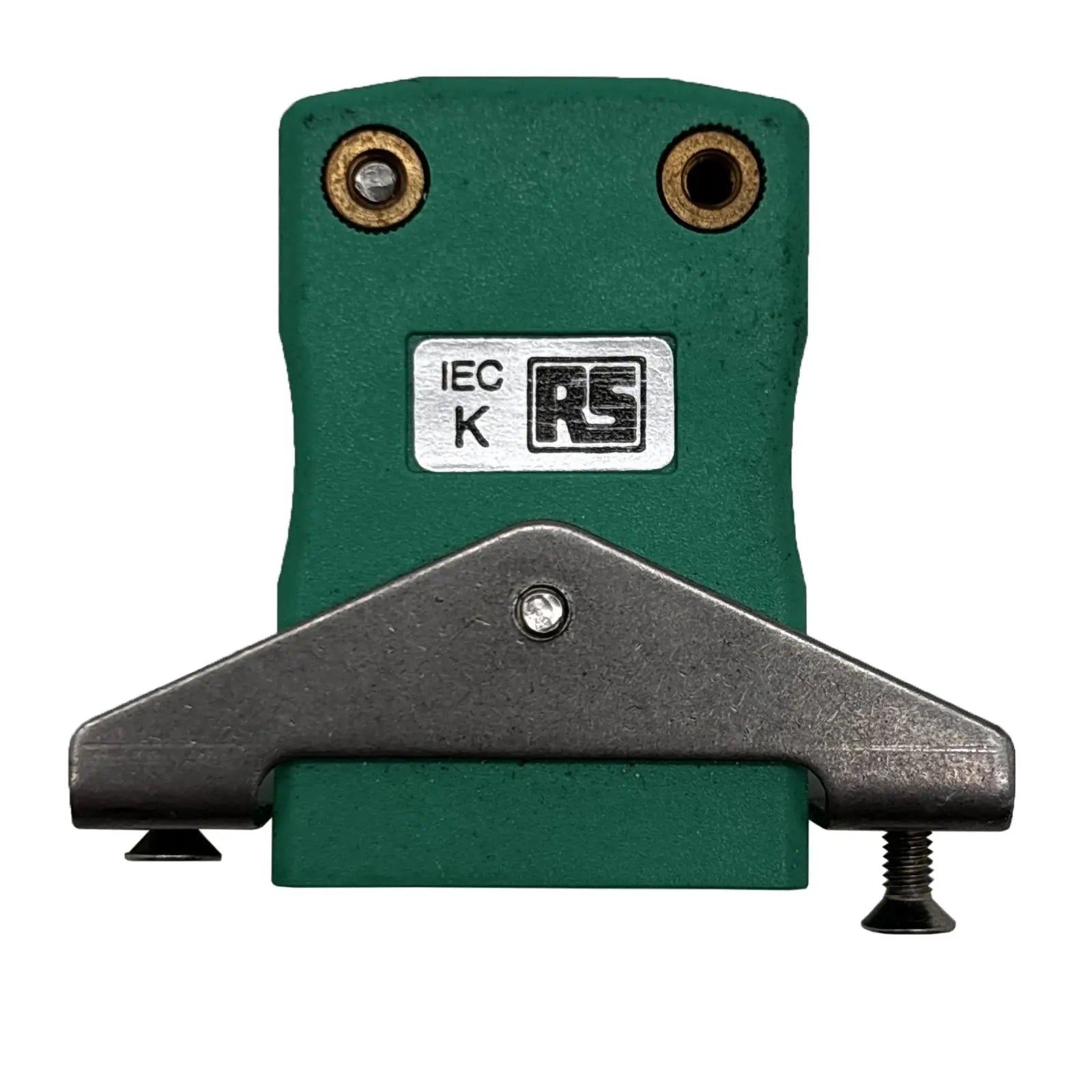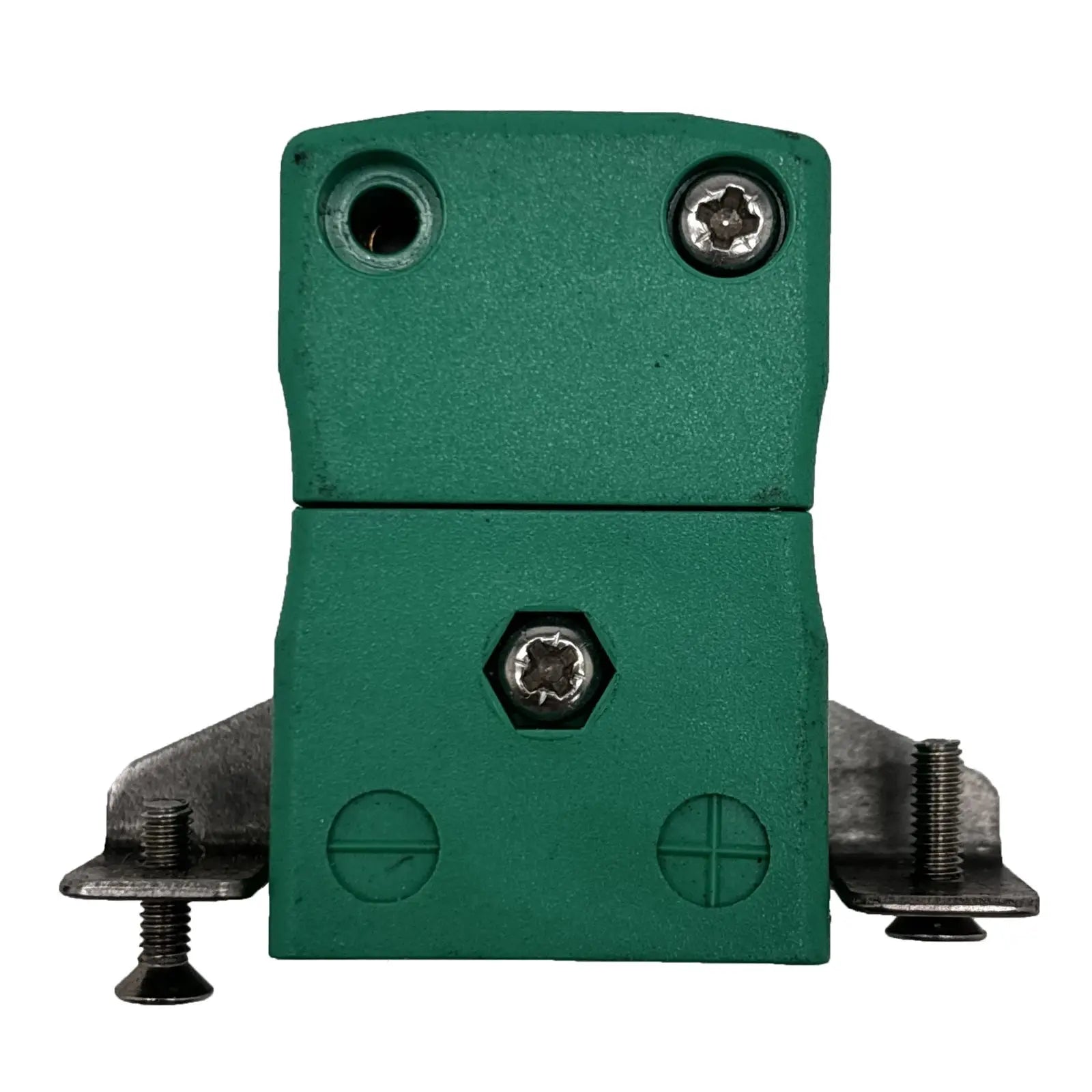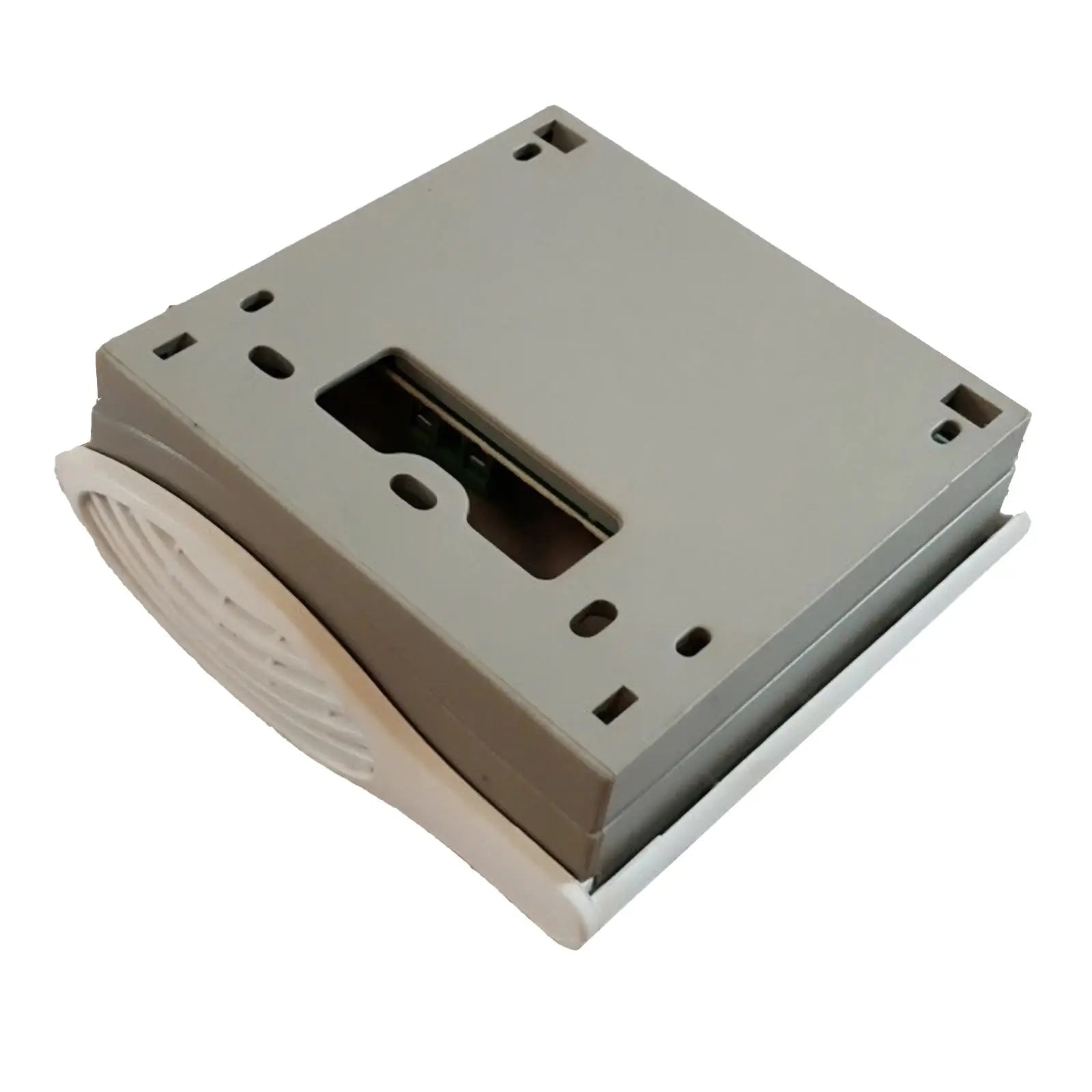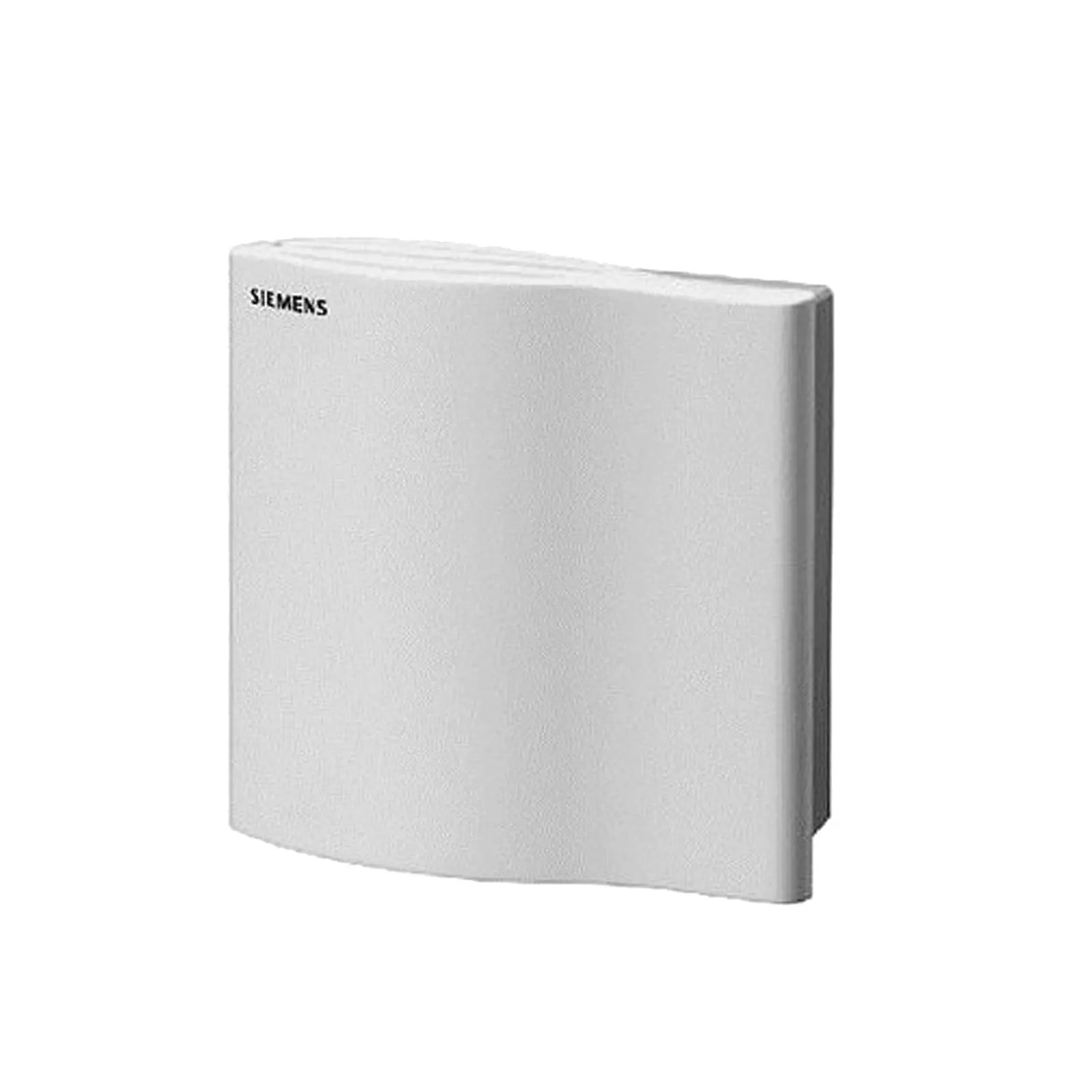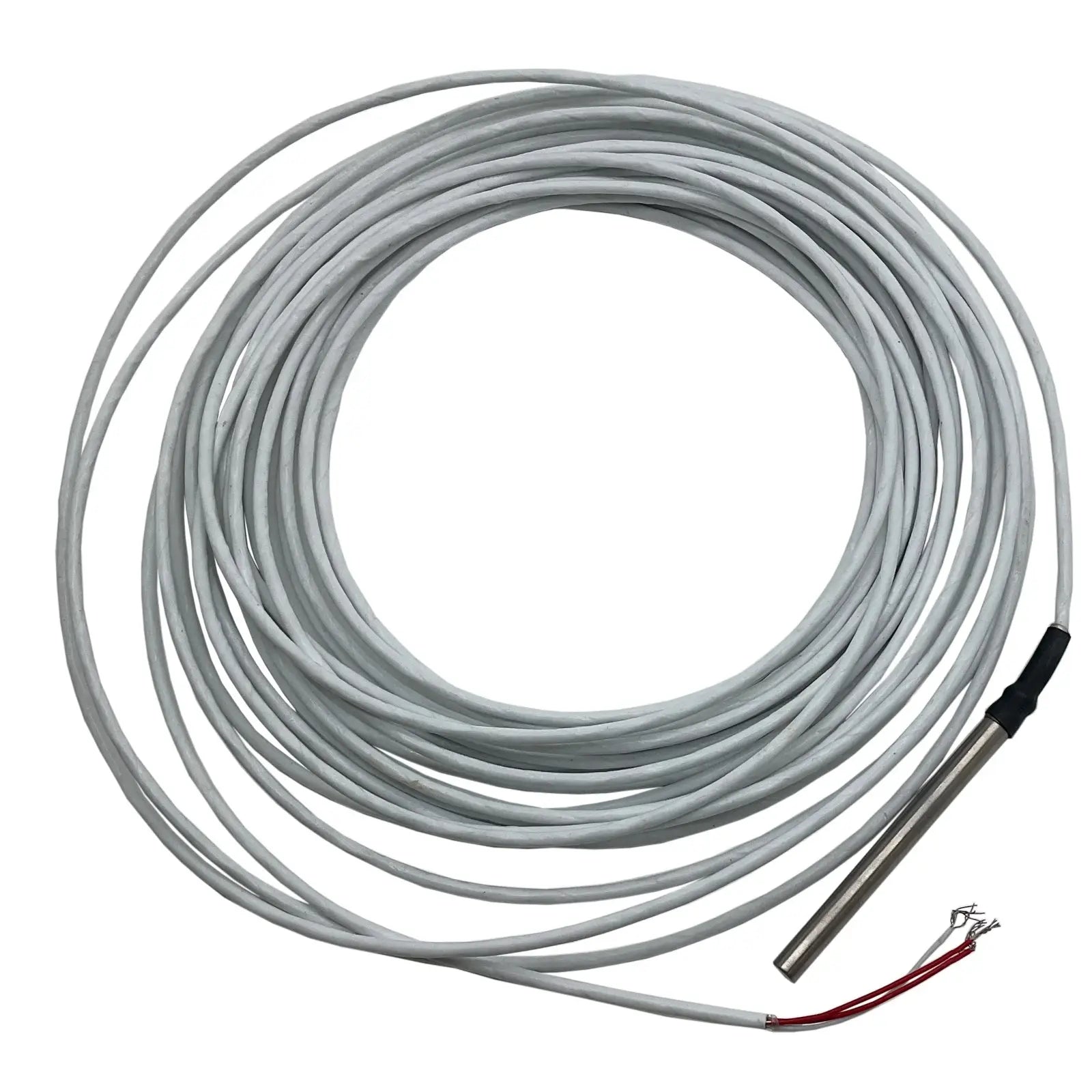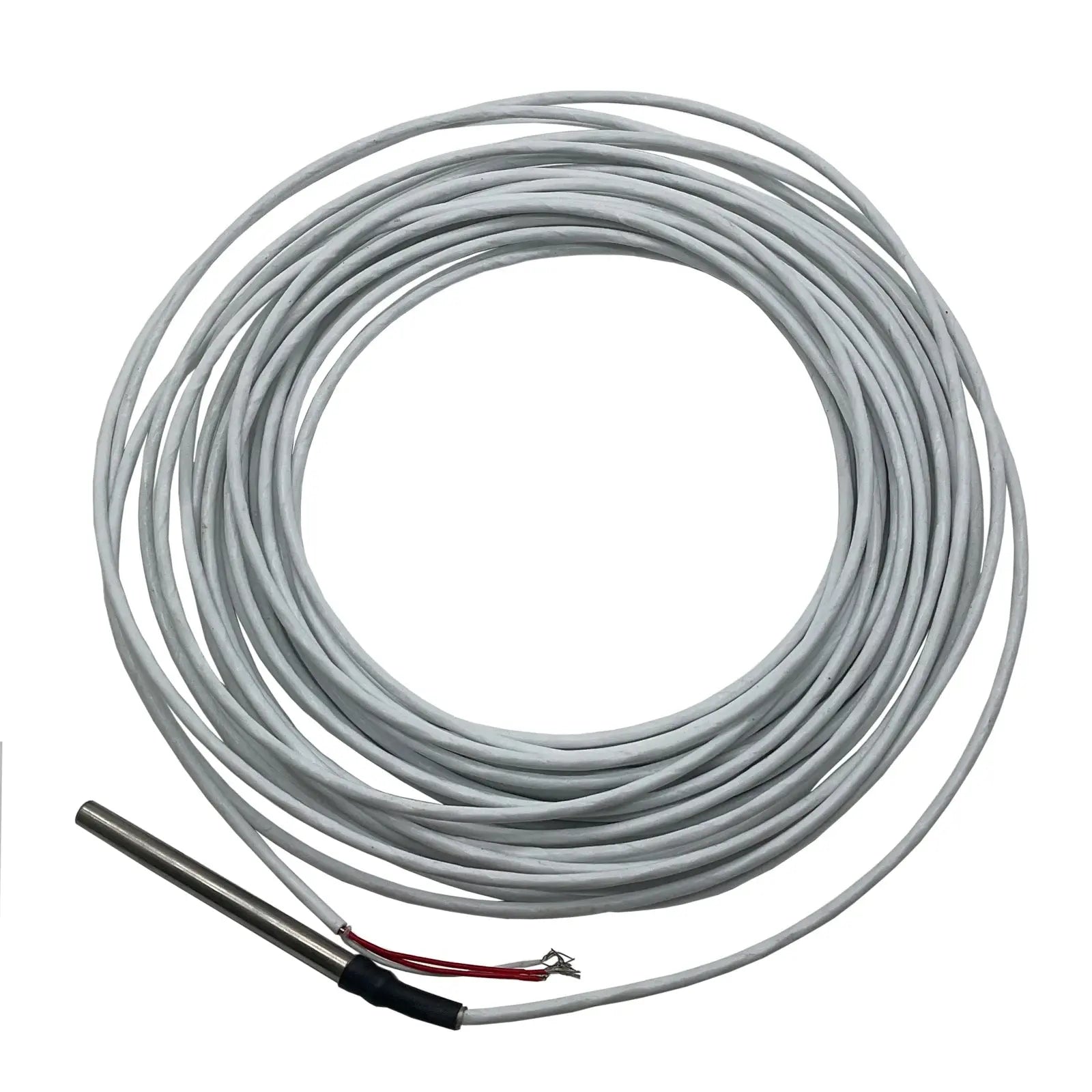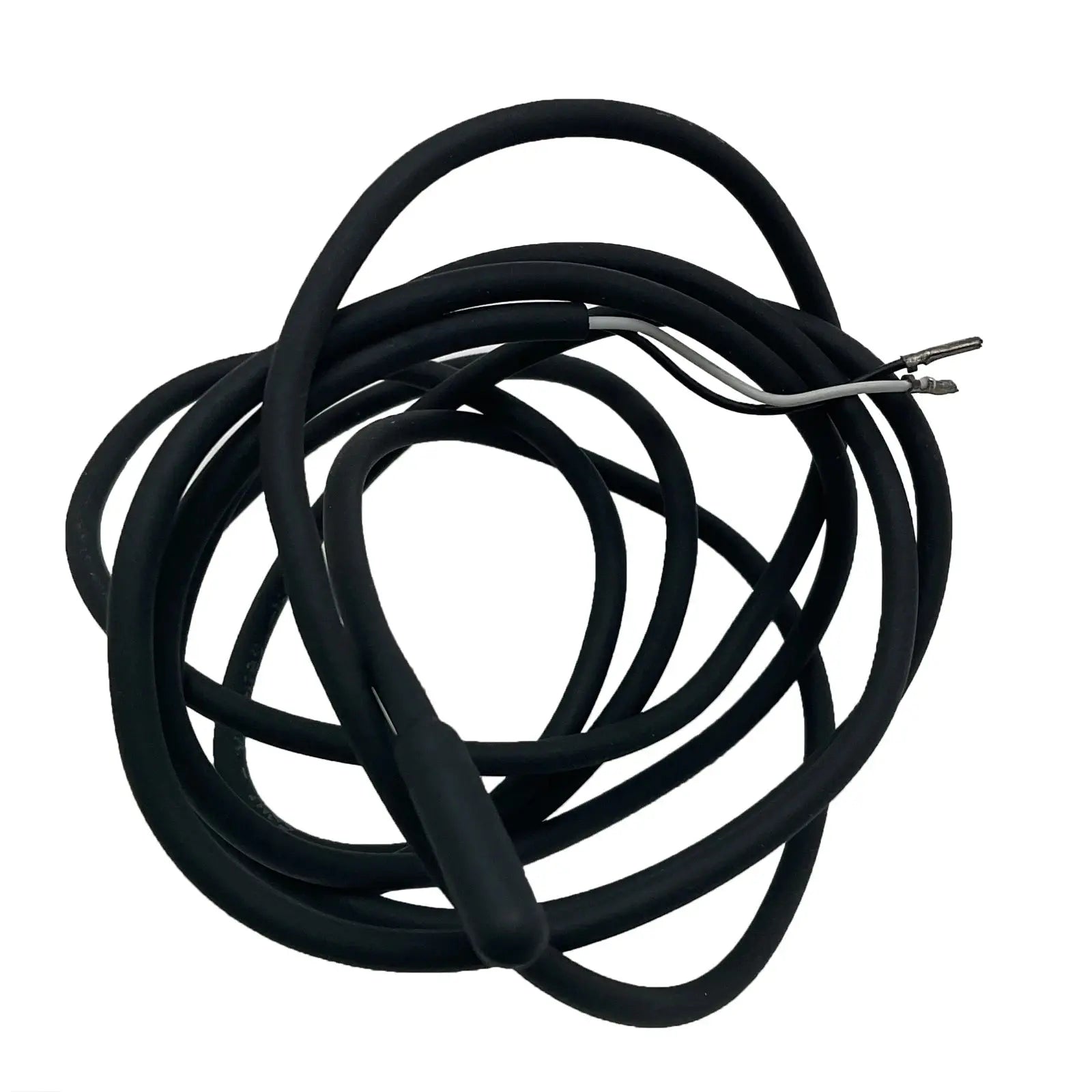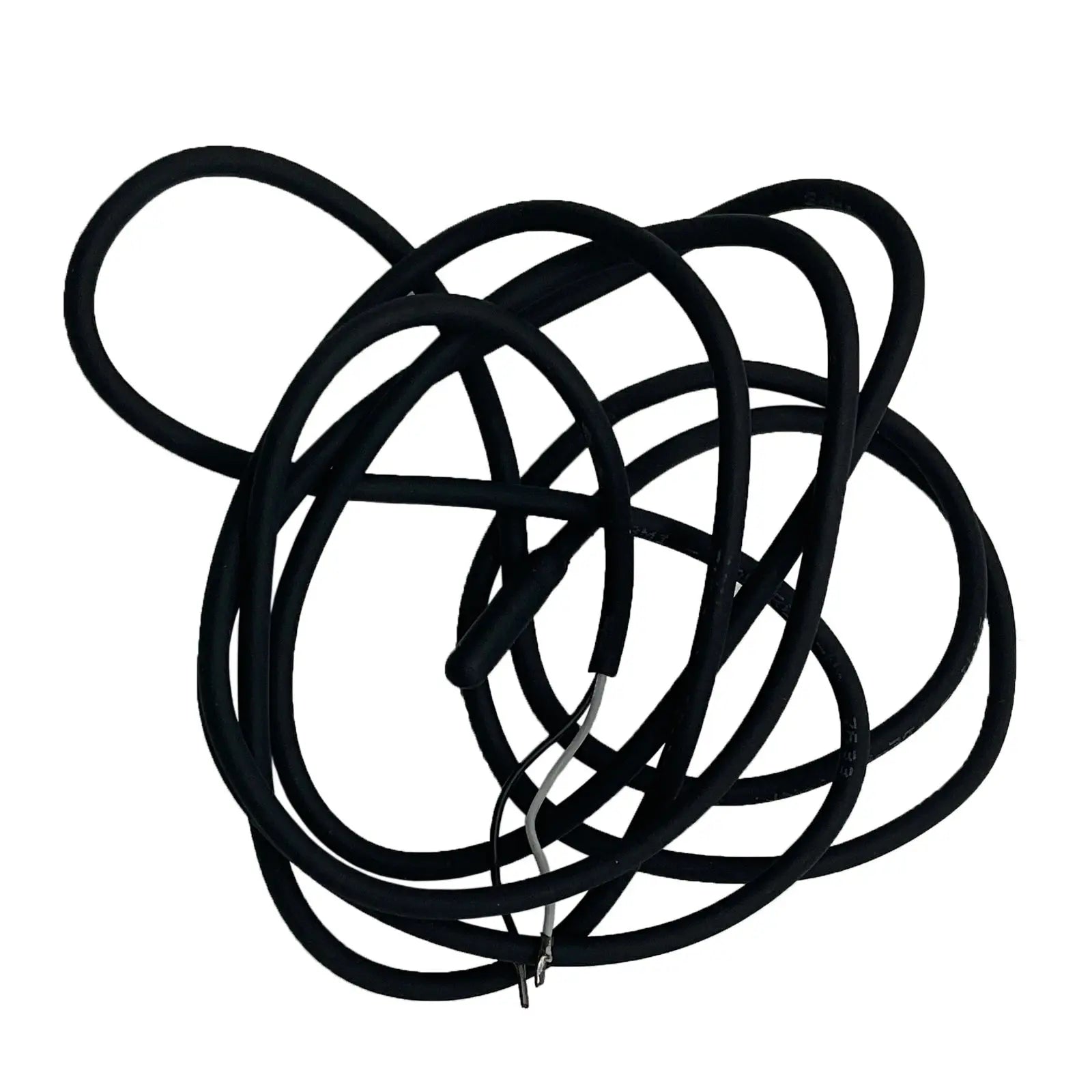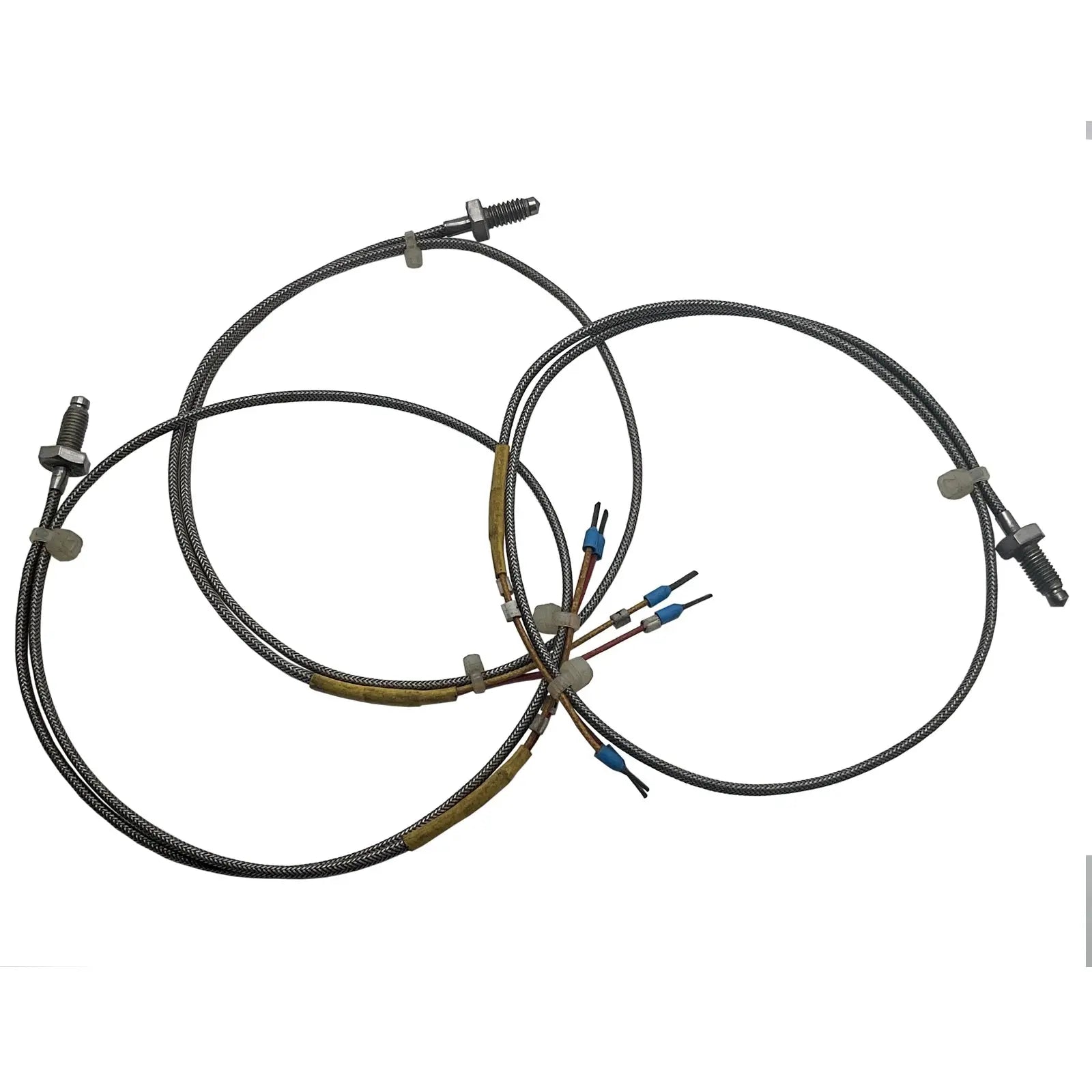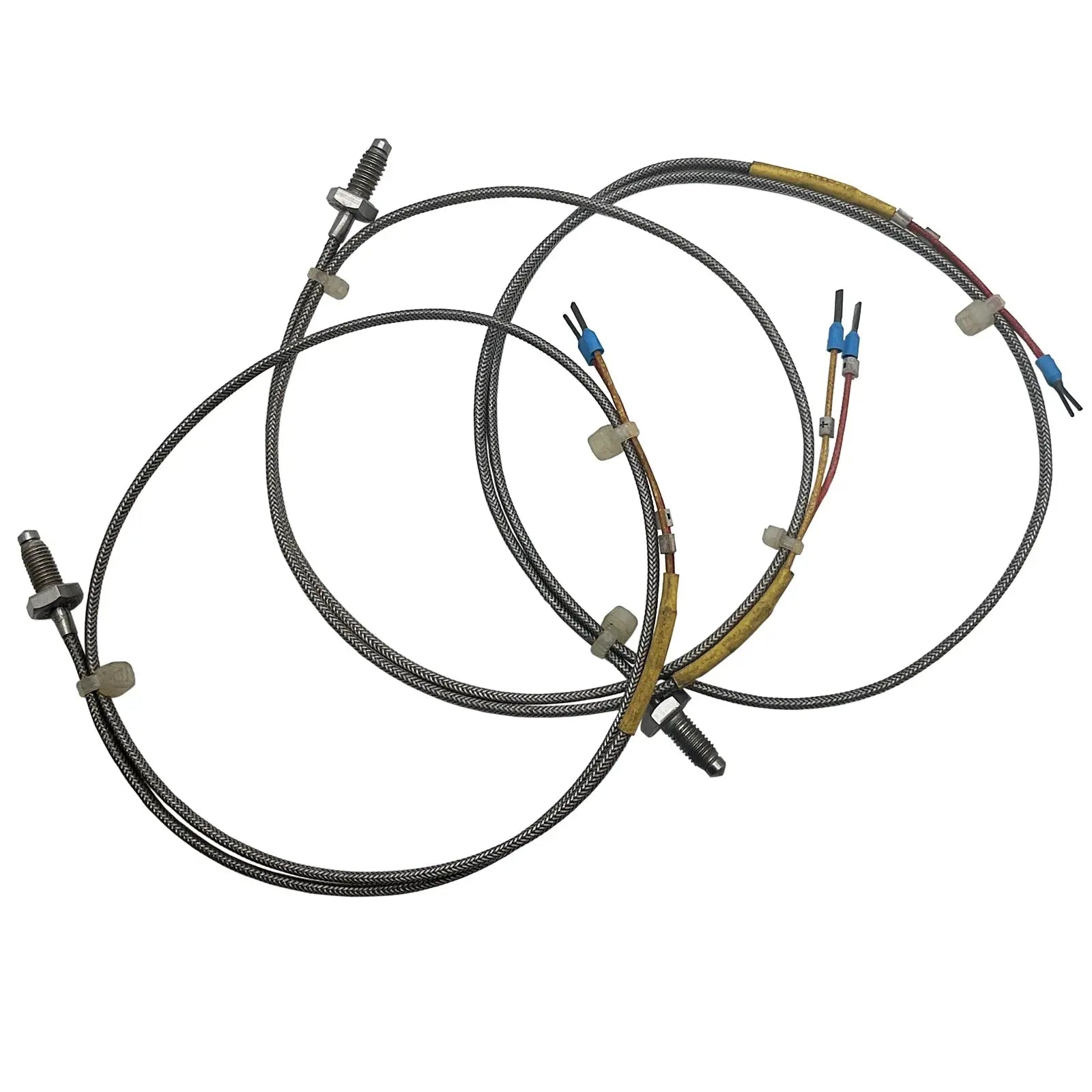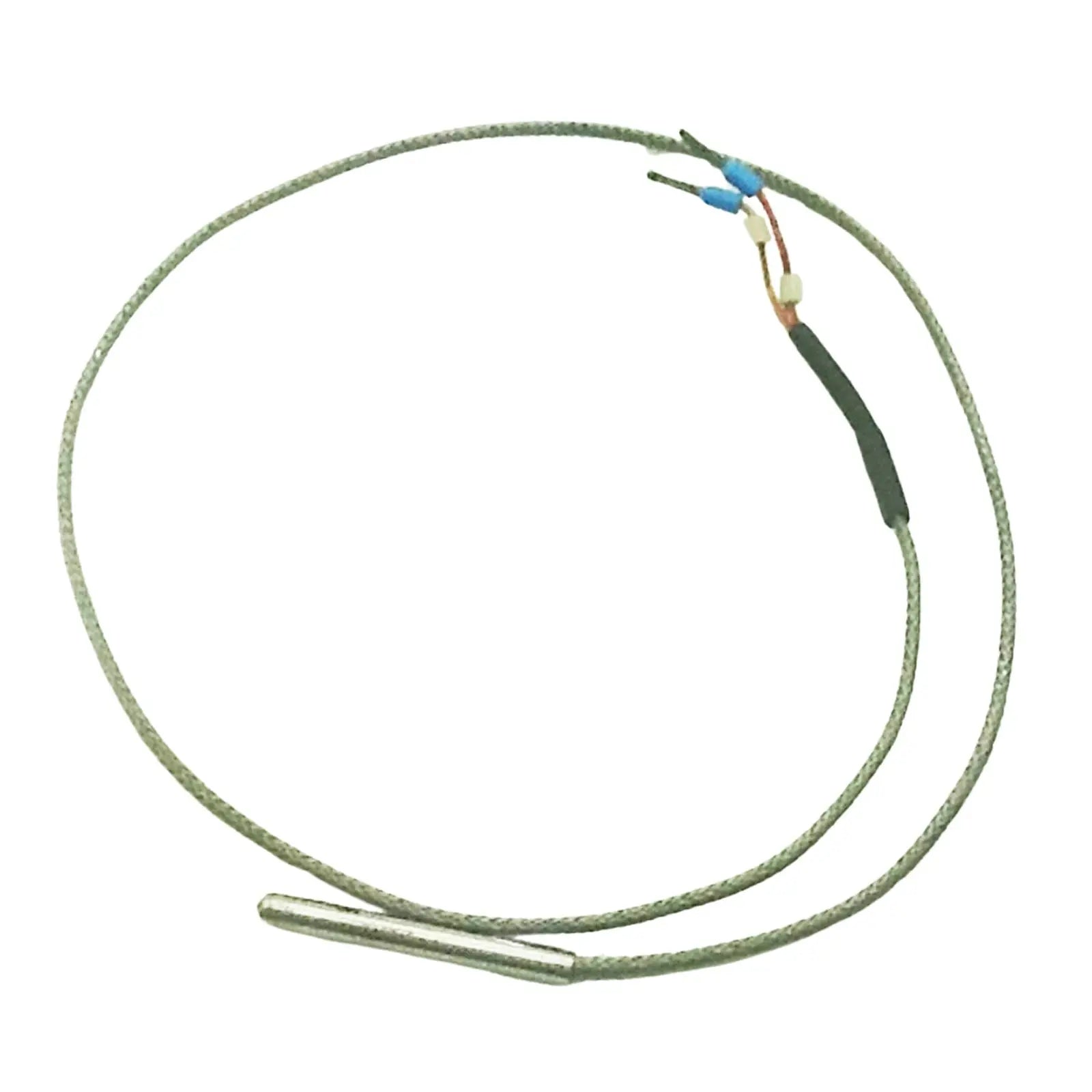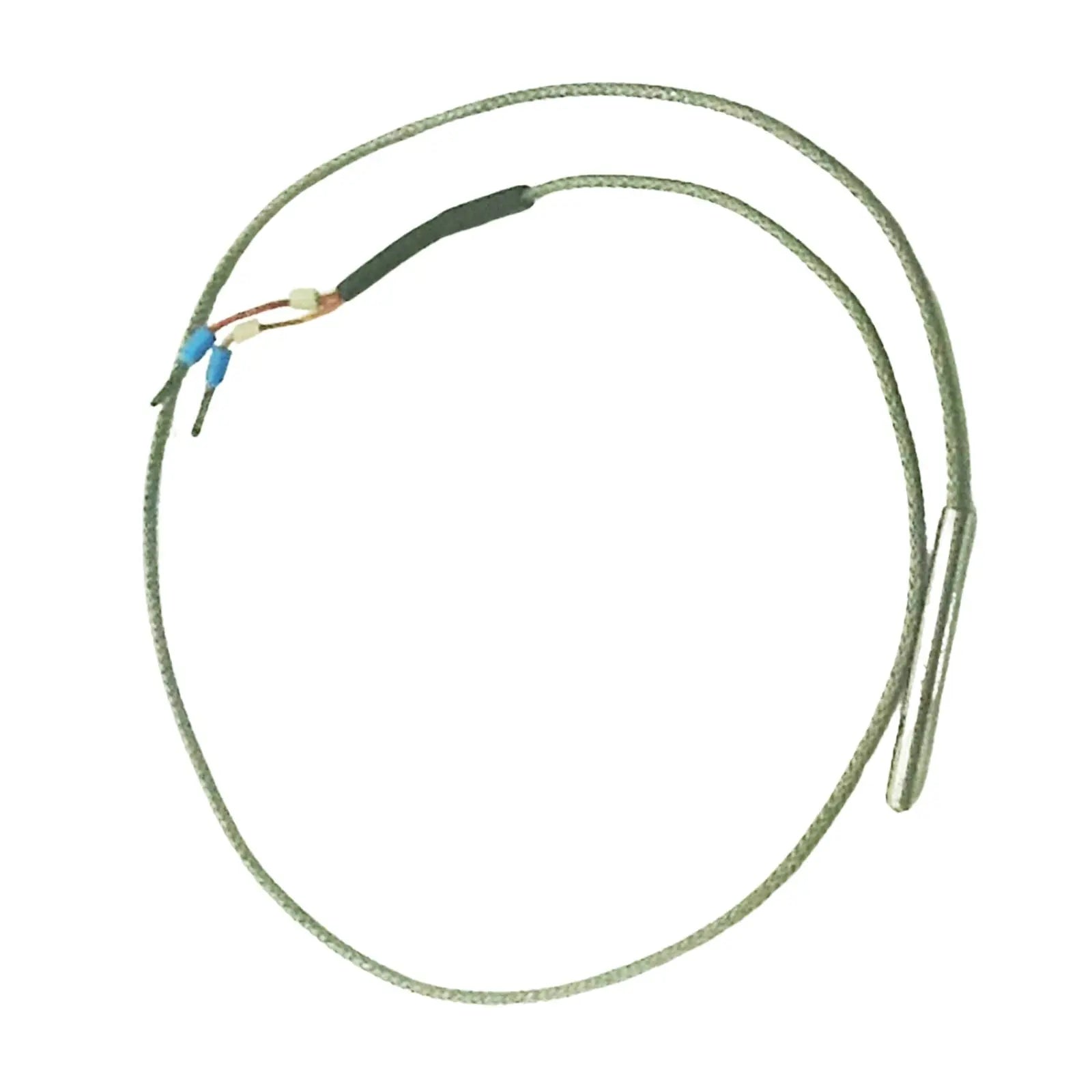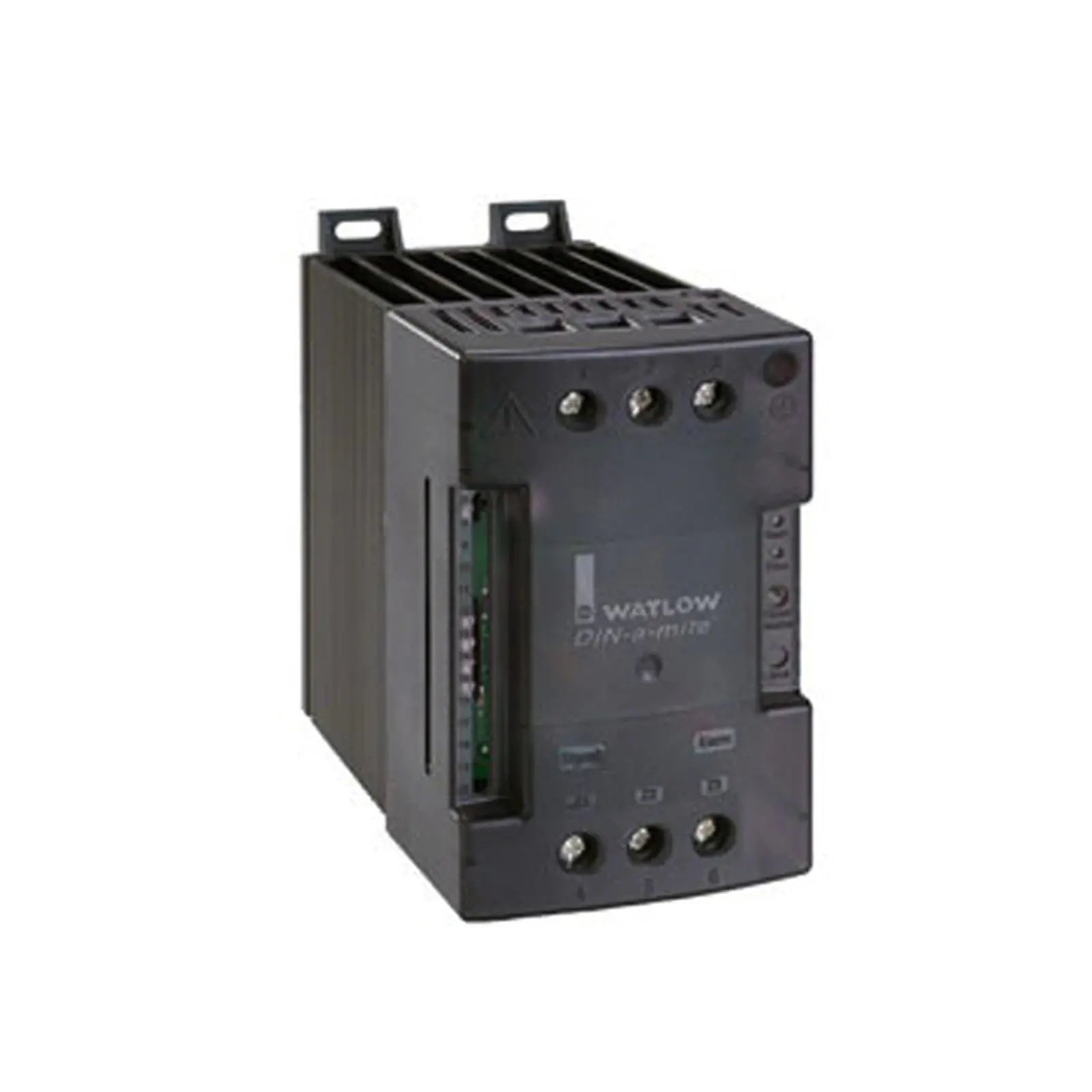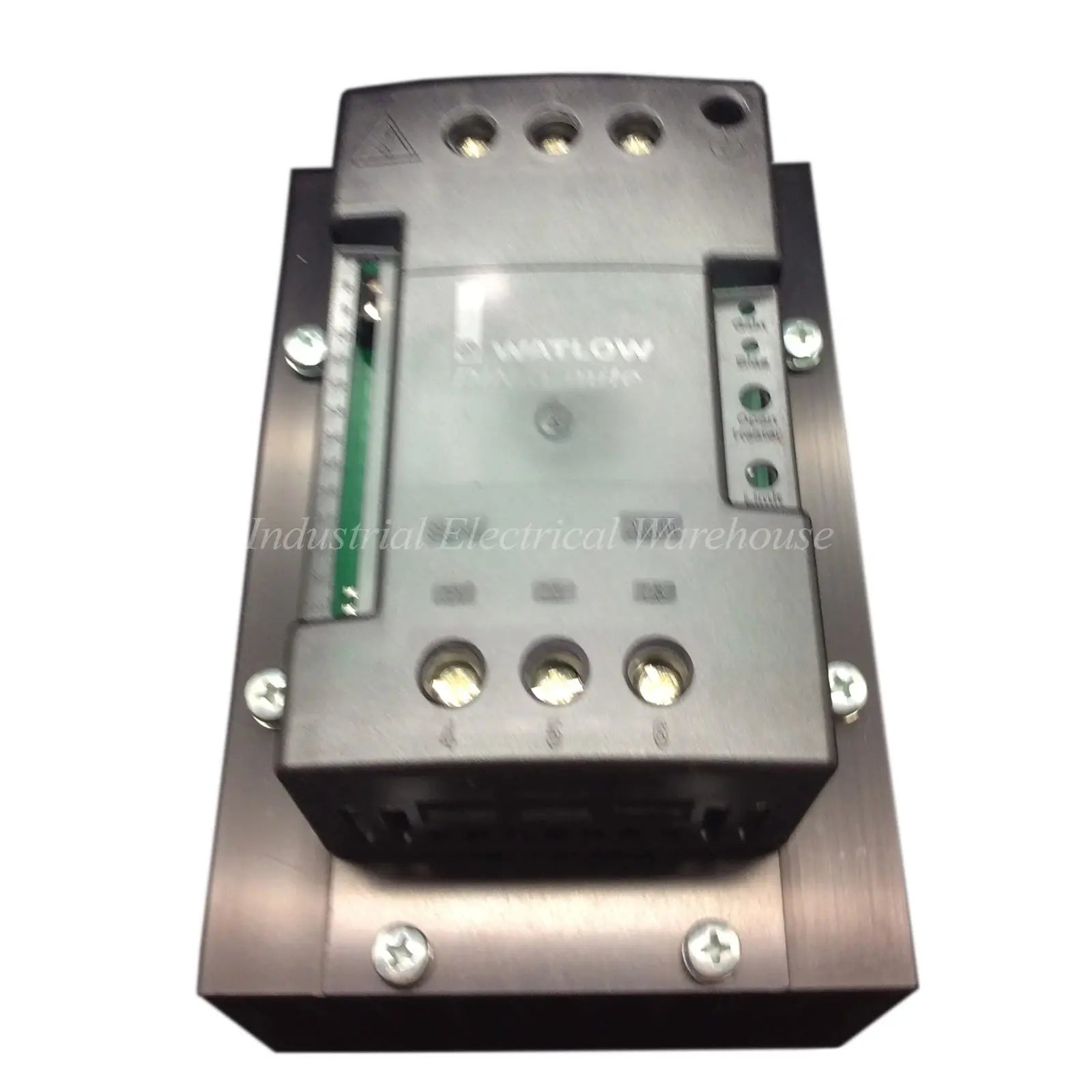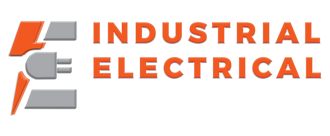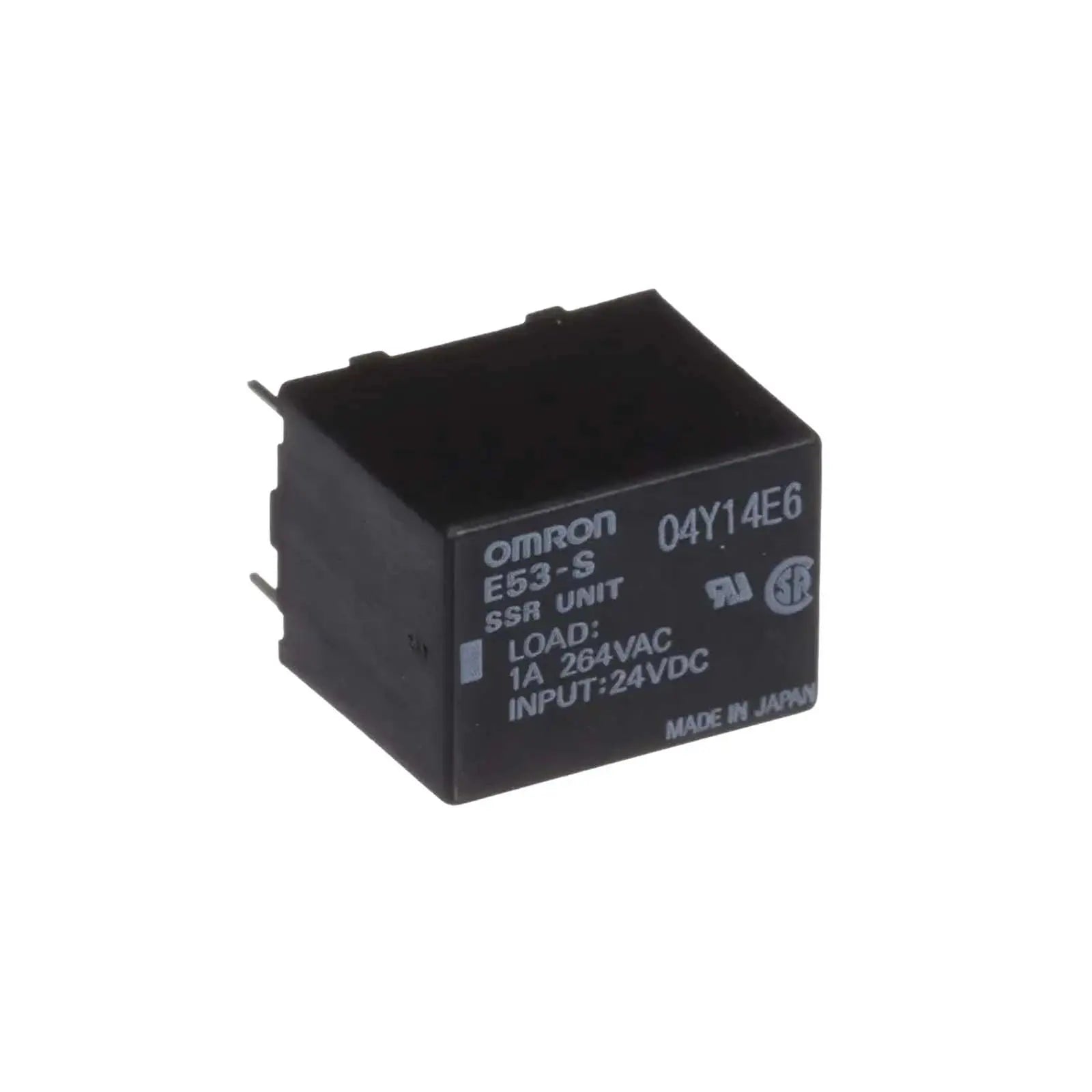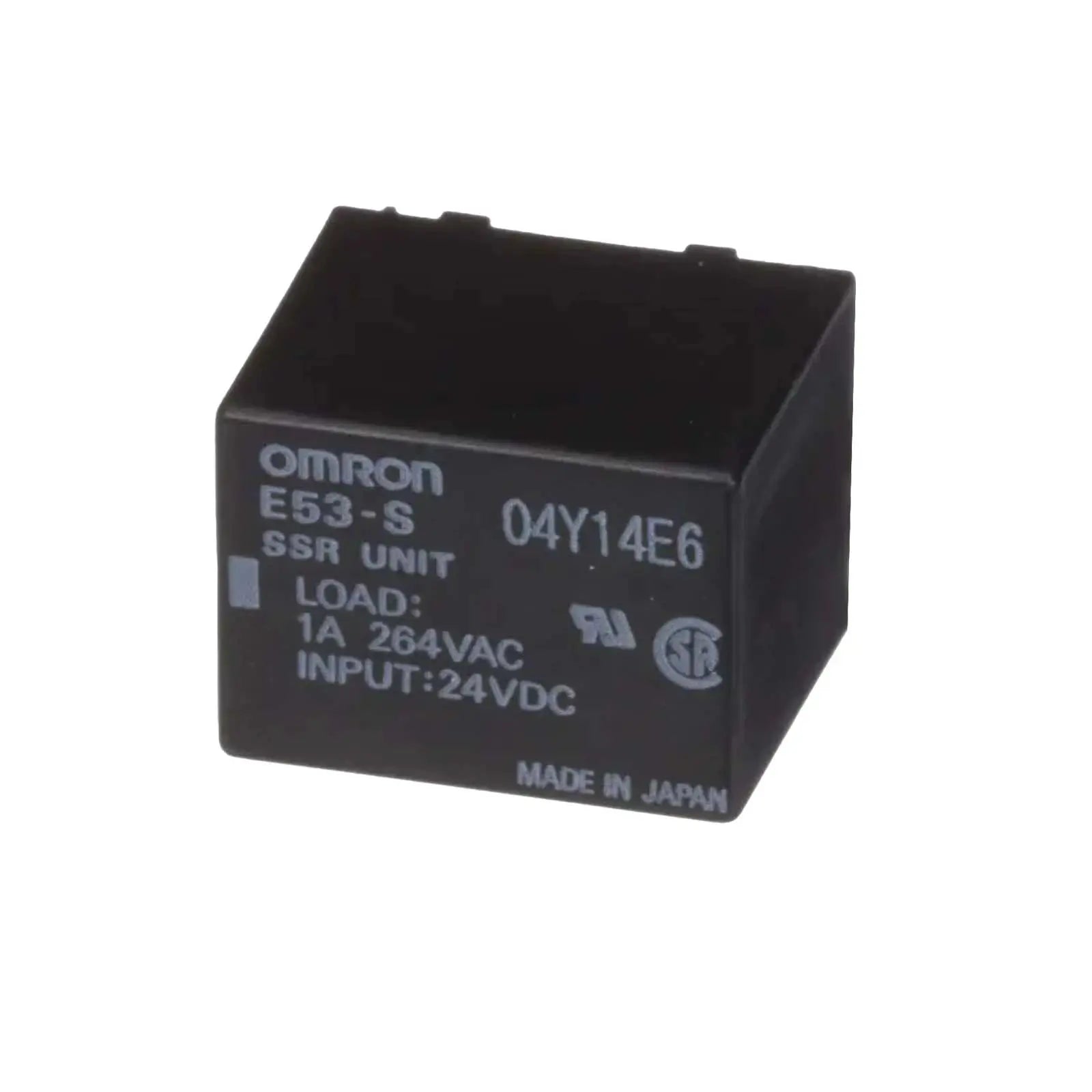Controladores de temperatura: mantenimiento de condiciones óptimas para los equipos
Los controladores de temperatura desempeñan un papel crucial en el mantenimiento de las condiciones óptimas de los equipos. Gracias a su capacidad para regular la temperatura, estos controladores garantizan que la maquinaria y los sistemas funcionen dentro de los rangos especificados. Esto ayuda a prevenir el sobrecalentamiento, la congelación o cualquier otro problema relacionado con la temperatura que pueda provocar un mal funcionamiento o falla del equipo.
Comprender el papel de los controladores de temperatura
Los controladores de temperatura son dispositivos que monitorean y ajustan la temperatura según parámetros predefinidos. Se utilizan comúnmente en diversas industrias, como la manufactura, la climatización (HVAC) y la investigación científica. Al mantener niveles de temperatura precisos, estos controladores mejoran la eficiencia, la precisión y la fiabilidad de los equipos.
La importancia de la regulación de la temperatura
La regulación de la temperatura es fundamental en muchos procesos. Por ejemplo, en la fabricación, ciertos materiales pueden necesitar calentarse o enfriarse a temperaturas específicas para lograr los resultados deseados. Sin un control adecuado de la temperatura, las variaciones de temperatura pueden provocar defectos, mala calidad del producto o incluso riesgos de seguridad.
Funciones clave de los controladores de temperatura
Los controladores de temperatura realizan varias funciones clave para garantizar una regulación precisa de la temperatura. Monitorean constantemente los niveles de temperatura mediante sensores y los comparan con los valores de consigna deseados. Si la temperatura se desvía del valor de consigna, el controlador activa los mecanismos adecuados para ajustarla al rango deseado. Estos mecanismos pueden incluir el ajuste de los elementos de calefacción o refrigeración, la activación de ventiladores o bombas, o incluso la regulación del suministro de energía.
Un aspecto importante de los controladores de temperatura es su capacidad para proporcionar un control de temperatura preciso y estable. Esto se logra mediante el uso de algoritmos avanzados y sistemas de retroalimentación que analizan y ajustan continuamente la temperatura basándose en datos en tiempo real. Al ajustar la temperatura constantemente, estos controladores garantizan que el punto de ajuste deseado se mantenga con mínimas fluctuaciones.
Además de su función en la regulación de la temperatura, los controladores de temperatura también desempeñan un papel crucial en la eficiencia energética. Al controlar la temperatura con precisión, estos dispositivos ayudan a optimizar el consumo energético, garantizando que solo se aplique la cantidad necesaria de calefacción o refrigeración. Esto no solo reduce el desperdicio de energía, sino que también contribuye al ahorro de costes para las empresas.
Además, los controladores de temperatura suelen incluir diversas funciones de seguridad para proteger tanto el equipo como el entorno circundante. Por ejemplo, pueden incorporar límites de temperatura y alarmas para evitar el sobrecalentamiento o la congelación, que pueden provocar daños en el equipo o incluso incendios. Además, algunos controladores incorporan mecanismos de seguridad que apagan automáticamente el sistema en caso de desviaciones críticas de temperatura, lo que previene posibles accidentes o peligros.
Tipos de controladores de temperatura
En lo que respecta al control de temperatura, contar con el controlador adecuado puede marcar la diferencia. Afortunadamente, existen varios tipos de controladores de temperatura, cada uno con sus propias ventajas y aplicaciones. Comprender estos tipos puede ayudar a seleccionar el controlador más adecuado para sus necesidades específicas.
Profundicemos en el mundo de los controladores de temperatura y exploremos los diferentes tipos:
Controladores de encendido y apagado
Los controladores de encendido y apagado son el tipo más simple de controlador de temperatura. Funcionan encendiendo o apagando los elementos de calefacción o refrigeración cuando la temperatura alcanza un umbral específico. Esta funcionalidad básica los hace adecuados para aplicaciones donde la precisión de la temperatura no es crucial. Sin embargo, es importante tener en cuenta que estos controladores pueden causar fluctuaciones de temperatura debido al cambio brusco entre los estados de encendido y apagado.
Imagine un escenario en el que necesita mantener una temperatura constante en un invernadero pequeño. Un controlador de encendido y apagado puede ser una solución rentable, ya que garantiza que la temperatura se mantenga dentro de un rango aceptable. Sin embargo, si trabaja con procesos sensibles que requieren un control preciso de la temperatura, quizá le convenga explorar otras opciones.
Controladores proporcionales
Los controladores proporcionales son más avanzados que los controladores de encendido y apagado. Modulan la salida proporcionalmente a la diferencia entre la temperatura deseada y la real. Esto permite una regulación más precisa de la temperatura y reduce las fluctuaciones de temperatura.
Supongamos que opera una incubadora de laboratorio donde mantener una temperatura estable es crucial para el éxito de sus experimentos. Un controlador proporcional puede ajustar continuamente la potencia de calentamiento o enfriamiento según la desviación de la temperatura deseada, garantizando un entorno más preciso y estable para sus muestras.
Controladores PID
Los controladores PID (Proporcional-Integral-Derivativo) son el tipo más sofisticado de controladores de temperatura. Utilizan una combinación de algoritmos de control proporcional, integral y derivativo para ajustar continuamente la salida y minimizar las desviaciones de temperatura.
Imagine un proceso industrial a gran escala que requiere un control preciso de la temperatura para garantizar la calidad y consistencia del producto. Un controlador PID puede gestionar las complejidades de estas aplicaciones, adaptándose dinámicamente a los cambios del sistema y proporcionando una regulación precisa de la temperatura. Gracias a su capacidad para considerar las tendencias de temperatura pasadas, presentes y futuras, un controlador PID ofrece un control y una estabilidad inigualables.
Ya sea que se trate de una tarea sencilla de calefacción o refrigeración o de un proceso industrial complejo, comprender los diferentes tipos de controladores de temperatura puede ayudarle a tomar una decisión informada. Al seleccionar el controlador adecuado para sus necesidades específicas, puede garantizar un control óptimo de la temperatura y mejorar la eficiencia y la fiabilidad de sus operaciones.
Cómo seleccionar el controlador de temperatura adecuado
Elegir el controlador de temperatura adecuado para una aplicación específica es crucial para garantizar un rendimiento y una fiabilidad óptimos. Se deben considerar varios factores:
Factores a considerar
El rango de temperatura requerido para el proceso
La precisión y exactitud necesarias
El tiempo de respuesta necesario para los cambios de temperatura.
Compatibilidad con el equipo y el sistema
Restricciones presupuestarias
Al seleccionar un controlador de temperatura, es importante evaluar cuidadosamente el rango de temperatura requerido para su aplicación específica. Elegir un controlador con un rango de temperatura insuficiente puede generar lecturas inexactas y comprometer el rendimiento. Ya sea que necesite mantener temperaturas bajo cero o trabajar con calor extremo, es esencial asegurarse de que el controlador de temperatura pueda manejar el rango deseado.
La exactitud y la precisión también son factores críticos a considerar. Dependiendo de la naturaleza de su aplicación, podría requerir un control preciso de la temperatura para mantener la integridad de su proceso. Ignorar los requisitos de precisión puede resultar en variaciones que afecten la calidad de su resultado. Es crucial seleccionar un controlador de temperatura que proporcione el nivel de precisión necesario para su aplicación específica.
El tiempo de respuesta necesario para los cambios de temperatura es otro factor importante. Algunos procesos requieren ajustes rápidos de temperatura, mientras que otros toleran cambios más lentos. Es fundamental seleccionar un controlador de temperatura que cumpla con los requisitos de tiempo de respuesta de su aplicación. De lo contrario, podrían producirse retrasos en alcanzar la temperatura deseada, lo que puede afectar la eficiencia general del proceso.
La compatibilidad con el equipo y el sistema existentes es un factor importante. Es fundamental elegir un controlador de temperatura que se integre a la perfección con su configuración actual. Considere los protocolos de comunicación y las interfaces necesarias para garantizar un funcionamiento fluido y evitar problemas de compatibilidad.
Por último, las limitaciones presupuestarias influyen significativamente en la toma de decisiones. Es importante encontrar un controlador de temperatura que satisfaga sus necesidades y se ajuste a su presupuesto. Sin embargo, es crucial encontrar un equilibrio entre precio y calidad. Optar por un controlador económico que comprometa el rendimiento y la fiabilidad puede resultar más costoso a largo plazo debido al mantenimiento y a posibles fallos del sistema.
Errores comunes que se deben evitar
Elegir un controlador con un rango de temperatura insuficiente
Pasando por alto los requisitos de precisión
Ignorando el tiempo de respuesta necesario para los cambios de temperatura
No considerar la compatibilidad con el equipo existente
No tener en cuenta los costos de mantenimiento a largo plazo
Al evitar estos errores comunes, podrá asegurarse de seleccionar el controlador de temperatura adecuado para su aplicación específica. Dedicar tiempo a evaluar los factores mencionados le ayudará a tomar una decisión informada y a lograr un rendimiento y una fiabilidad óptimos en su sistema de control de temperatura.
Instalación y mantenimiento de controladores de temperatura
Una instalación adecuada y un mantenimiento regular son esenciales para el correcto funcionamiento de los controladores de temperatura. Seguir los procedimientos y las directrices establecidos garantiza la durabilidad y precisión de estos dispositivos.
Procedimientos de instalación adecuados
Al instalar controladores de temperatura, es importante seguir las instrucciones del fabricante, los diagramas de cableado y las normas de seguridad. Una conexión a tierra y unas conexiones eléctricas adecuadas son fundamentales para evitar riesgos eléctricos. Además, garantizar una ventilación adecuada y colocar el sensor en la ubicación correcta son vitales para obtener lecturas de temperatura precisas.
Durante el proceso de instalación, es fundamental considerar los factores ambientales que pueden afectar el rendimiento de los controladores de temperatura. Por ejemplo, si el controlador se instala en un entorno industrial con altos niveles de polvo o humedad, podrían ser necesarias medidas de protección adicionales. Esto podría incluir el uso de una carcasa resistente a la intemperie o la aplicación de un revestimiento protector al controlador para evitar la corrosión.
Mantenimiento rutinario y resolución de problemas
El mantenimiento de los controladores de temperatura implica inspecciones, limpieza y calibración rutinarias. Revisar si hay conexiones sueltas, cableado dañado o componentes desgastados puede prevenir posibles problemas. La calibración regular garantiza la precisión de las lecturas y el control de la temperatura.
Al limpiar los controladores de temperatura, es importante utilizar los productos y métodos de limpieza adecuados recomendados por el fabricante. El uso de productos químicos agresivos o materiales abrasivos puede dañar el controlador y afectar su rendimiento. También es importante evitar la exposición del controlador al calor excesivo o a la luz solar directa, ya que esto puede provocar sobrecalentamiento y mal funcionamiento.
En caso de mal funcionamiento o errores, se deben seguir los procedimientos de solución de problemas especificados en el manual del usuario o buscar asistencia profesional. Los controladores de temperatura son dispositivos complejos, e intentar repararlos sin los conocimientos y la experiencia adecuados puede provocar daños adicionales. Siempre se recomienda consultar con un técnico cualificado o con el equipo de soporte técnico del fabricante para obtener ayuda.
El impacto de los controladores de temperatura en la eficiencia del equipo
Los controladores de temperatura influyen significativamente en la eficiencia y el rendimiento de los equipos. Al mantener condiciones óptimas de temperatura, contribuyen a:
Mejora del rendimiento del equipo
Una regulación adecuada de la temperatura garantiza un rendimiento constante y fiable de los equipos. Al evitar problemas relacionados con la temperatura, los controladores de temperatura minimizan el tiempo de inactividad y mejoran la productividad general. Esto es especialmente importante en industrias donde pequeñas variaciones de temperatura pueden tener efectos significativos, como la fabricación de productos farmacéuticos o el procesamiento de alimentos.
Prolongación de la vida útil del equipo
Las fluctuaciones de temperatura pueden sobrecargar los componentes del equipo, provocando un desgaste prematuro y una reducción de su vida útil. Mediante la monitorización y el control continuos de la temperatura, los controladores de temperatura protegen el equipo del calor, el frío o los ciclos térmicos excesivos, prolongando así su vida útil y minimizando los costes de reparación o sustitución.
Además, los controladores de temperatura ofrecen ventajas adicionales que van más allá de mejorar el rendimiento y prolongar la vida útil. Una de ellas es la eficiencia energética. Los controladores de temperatura pueden optimizar el consumo de energía ajustando los niveles de temperatura según las necesidades específicas. Esto no solo reduce el desperdicio de energía, sino que también reduce las facturas de servicios públicos, lo que los convierte en una solución rentable para las empresas.
Además, los controladores de temperatura están equipados con funciones avanzadas que garantizan un control preciso de la temperatura. Algunos controladores utilizan algoritmos PID (Proporcional-Integral-Derivativo), que analizan continuamente los datos de temperatura y realizan ajustes en tiempo real para mantener el punto de consigna deseado. Este nivel de precisión y capacidad de respuesta es crucial en industrias donde incluso pequeñas desviaciones de temperatura pueden provocar problemas de calidad o seguridad en el producto.
En conclusión, los controladores de temperatura desempeñan un papel crucial para mantener las condiciones óptimas de los equipos. Comprender sus funciones, tipos y la selección adecuada es esencial para una regulación eficiente de la temperatura. Mediante la instalación y el mantenimiento correctos de los controladores de temperatura, las empresas pueden garantizar un rendimiento fiable de los equipos, minimizar el tiempo de inactividad, prolongar su vida útil, optimizar el consumo de energía y lograr un control preciso de la temperatura. En definitiva, estos beneficios se traducen en ahorro de costes, mayor productividad y una ventaja competitiva en el mercado.
¿Necesita pedidos al por mayor o recomendaciones de expertos sobre IB-TC?
¿Busca pedidos de IB-TC al por mayor o necesita ayuda para elegir la solución industrial adecuada? Nuestro equipo está aquí para ayudarle con presupuestos personalizados, recomendaciones de productos y asesoramiento técnico. Ya sea electricista, contratista o empresario, ofrecemos soluciones a medida para satisfacer sus necesidades.
📩 ¡ Contáctanos o chatea con nosotros en vivo para obtener asistencia instantánea!
¡Explora nuestra colección de ofertas de locura mensual!
¡No te pierdas los grandes ahorros en nuestra tienda! Descubre las mejores ofertas en:
¡Explora estas categorías ahora y aprovecha las mejores ofertas antes de que se acaben!

